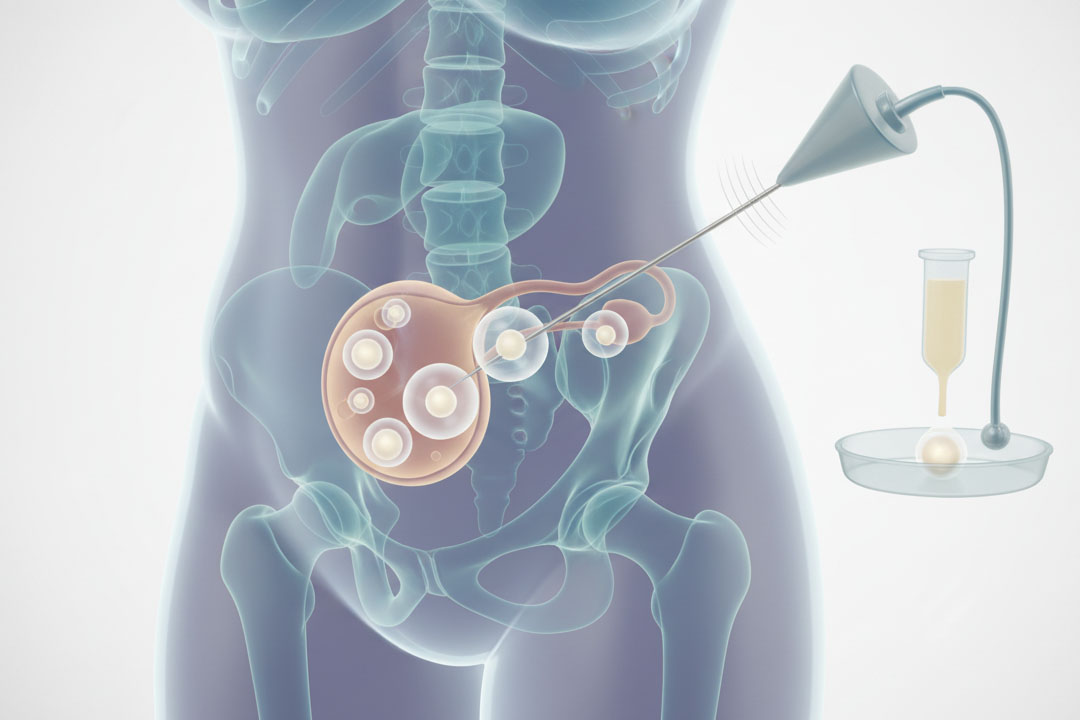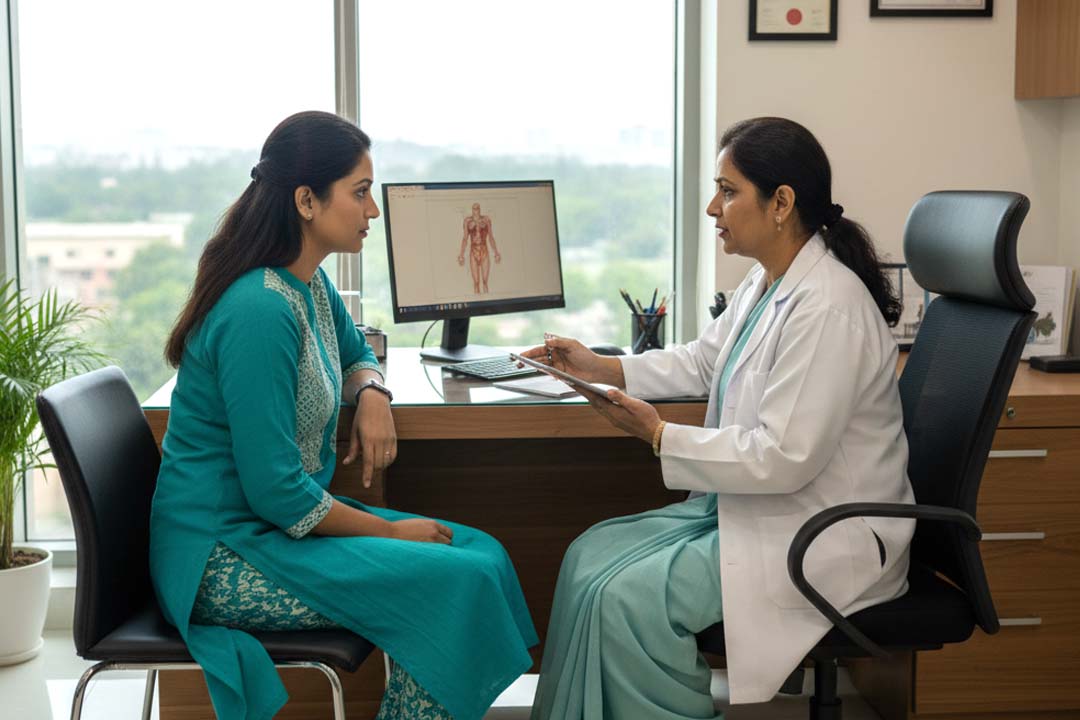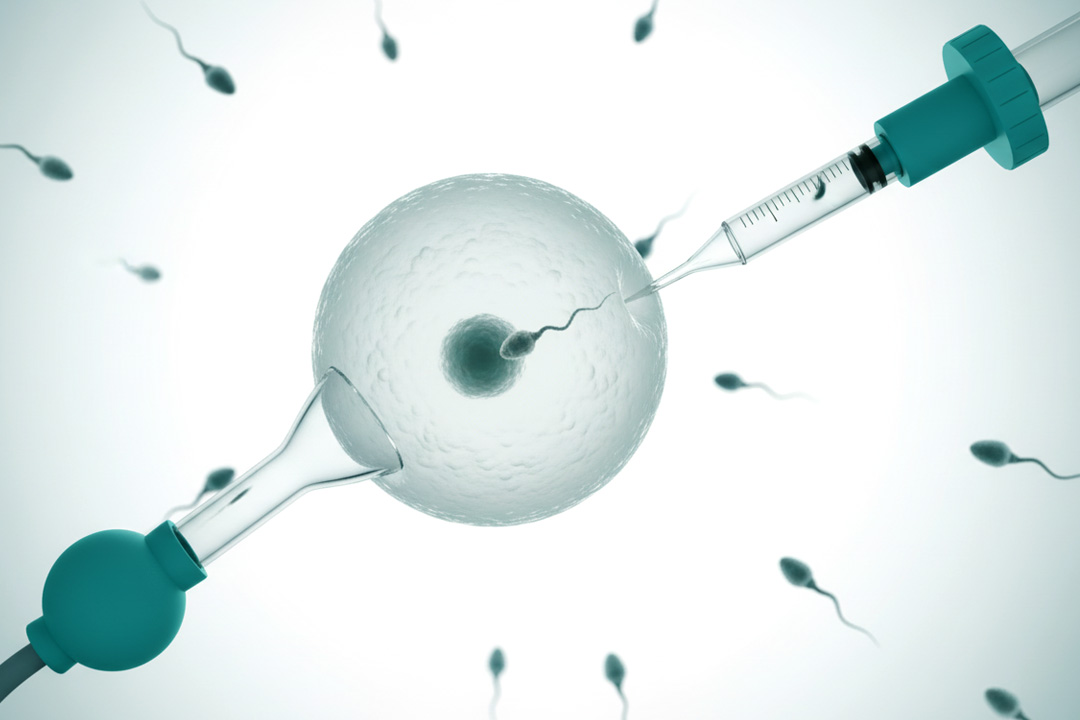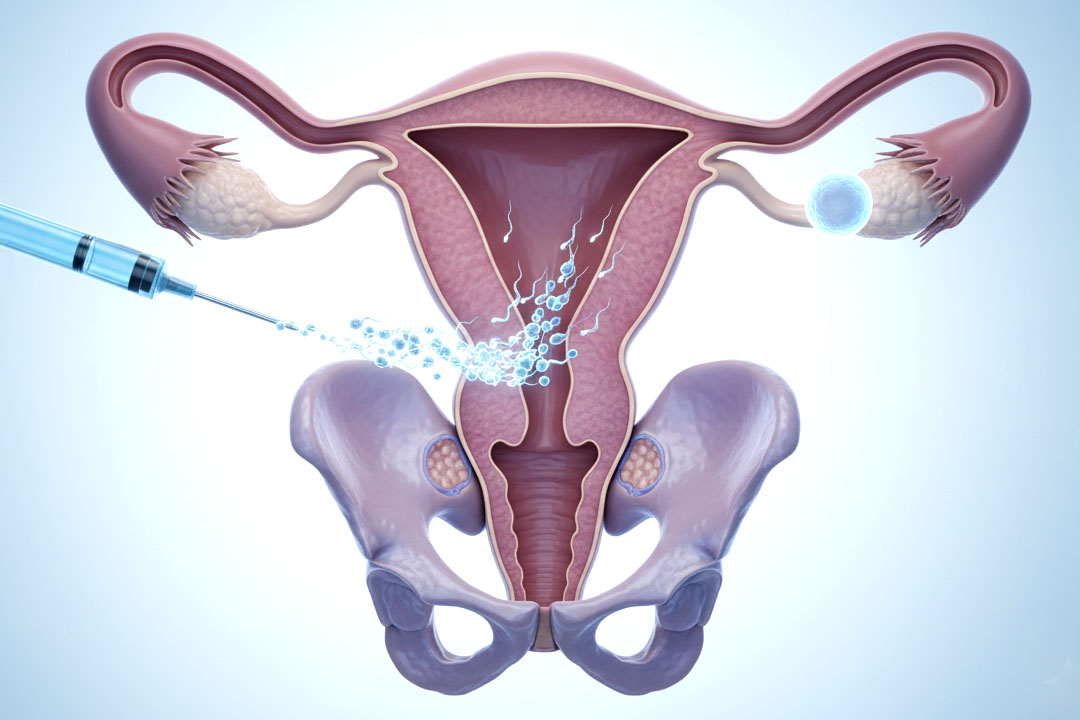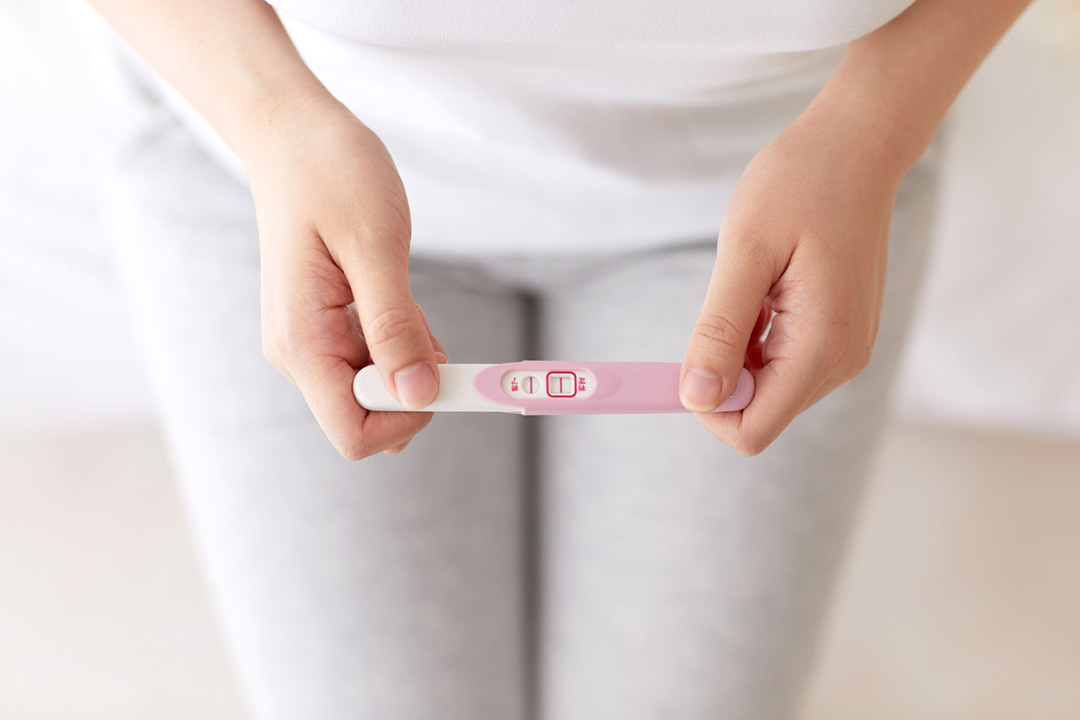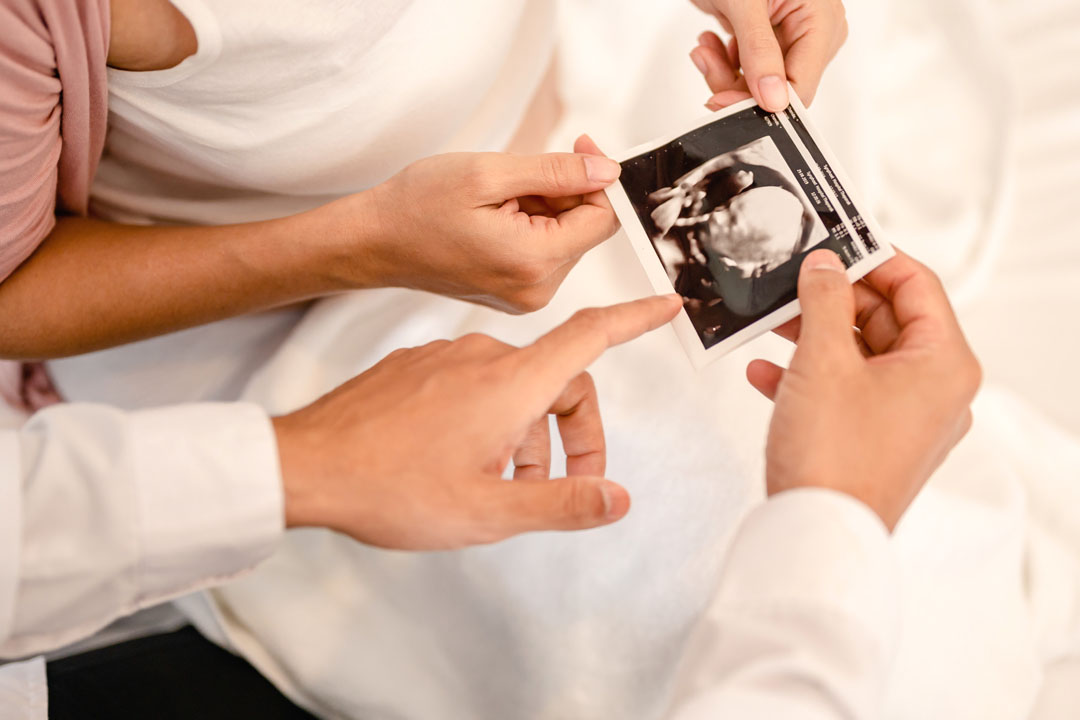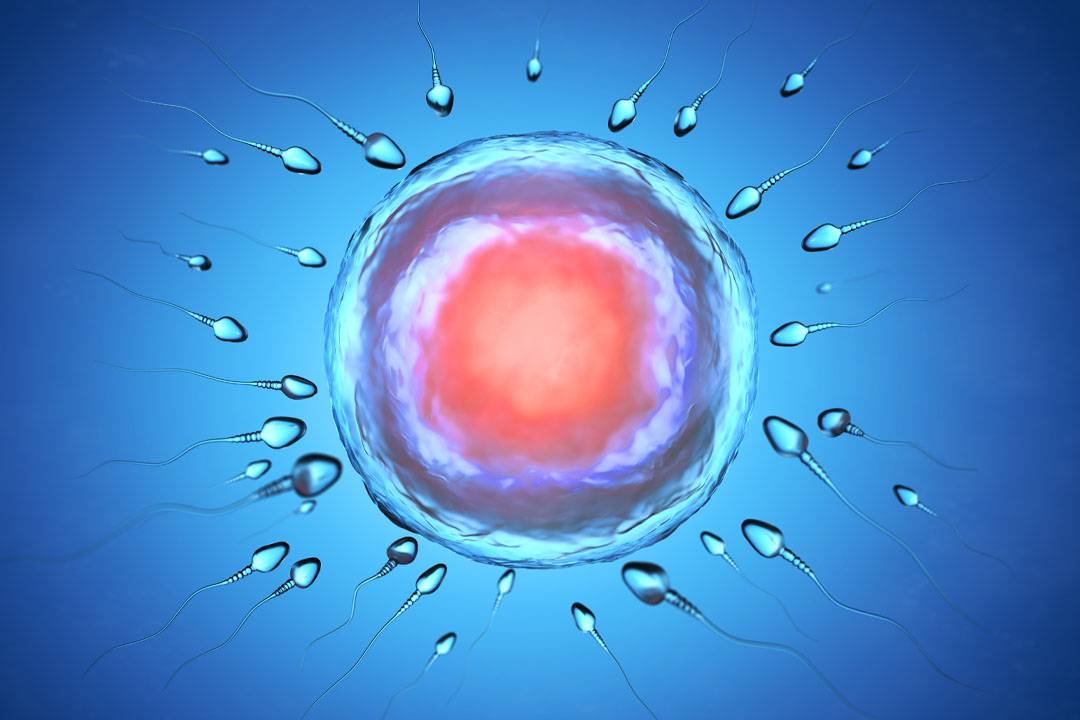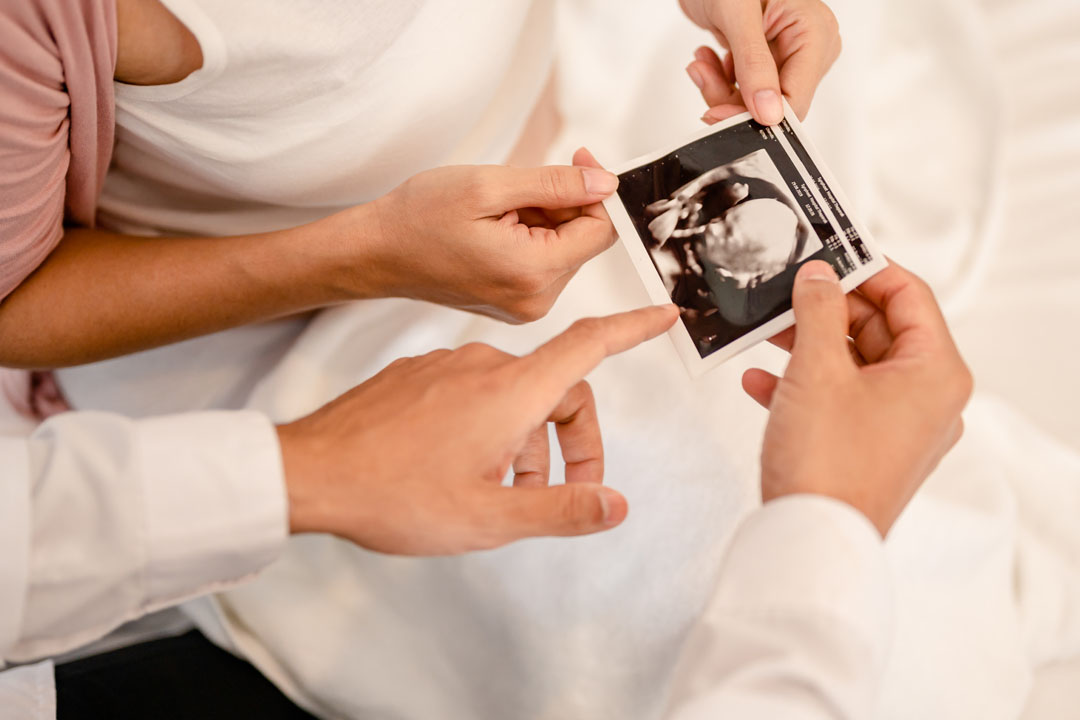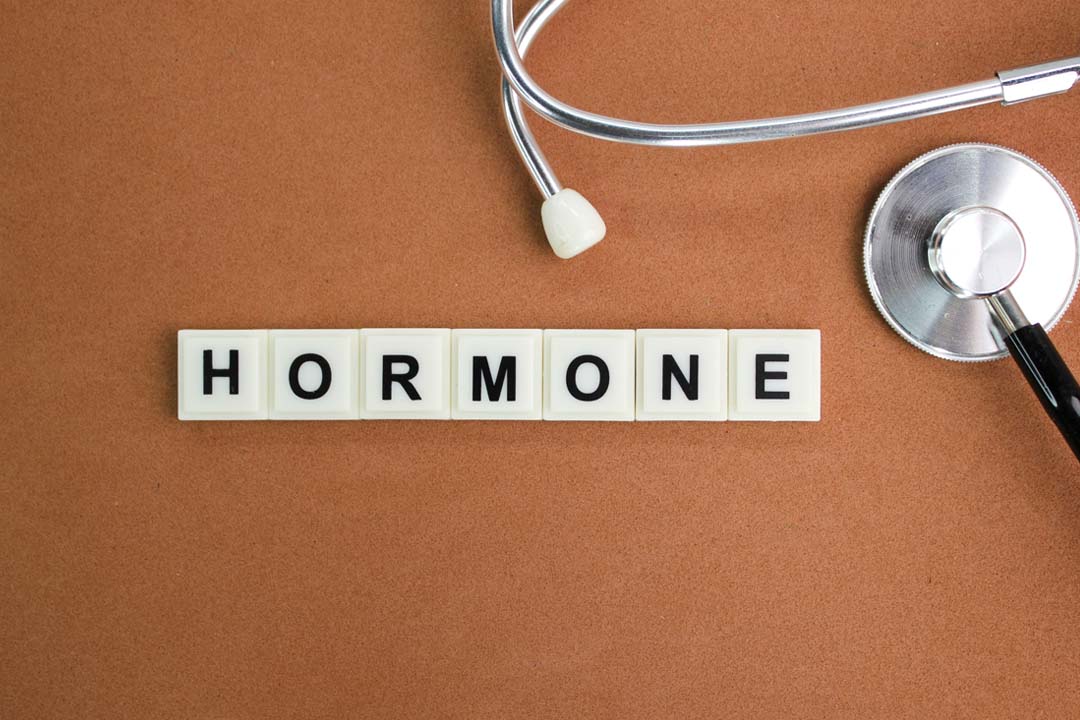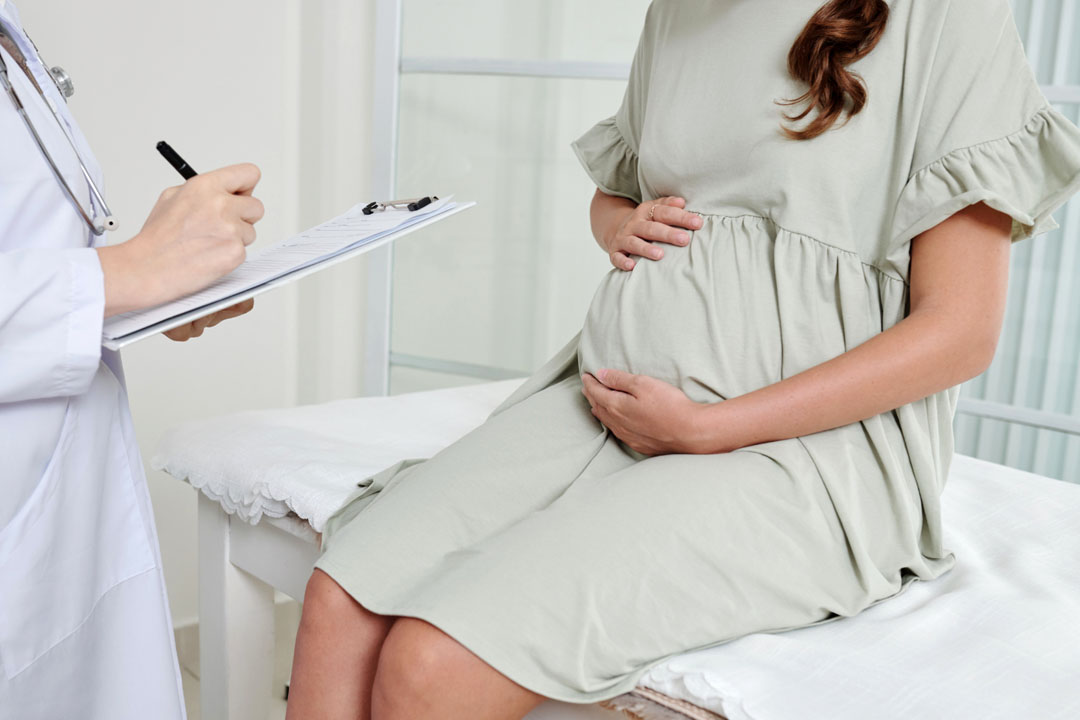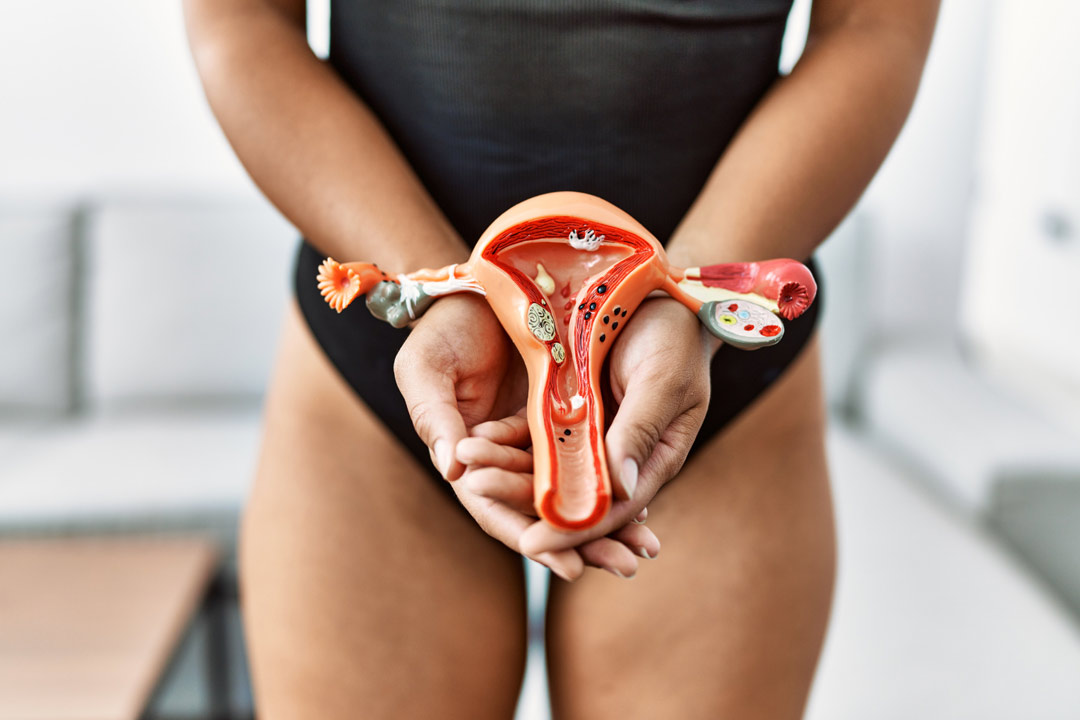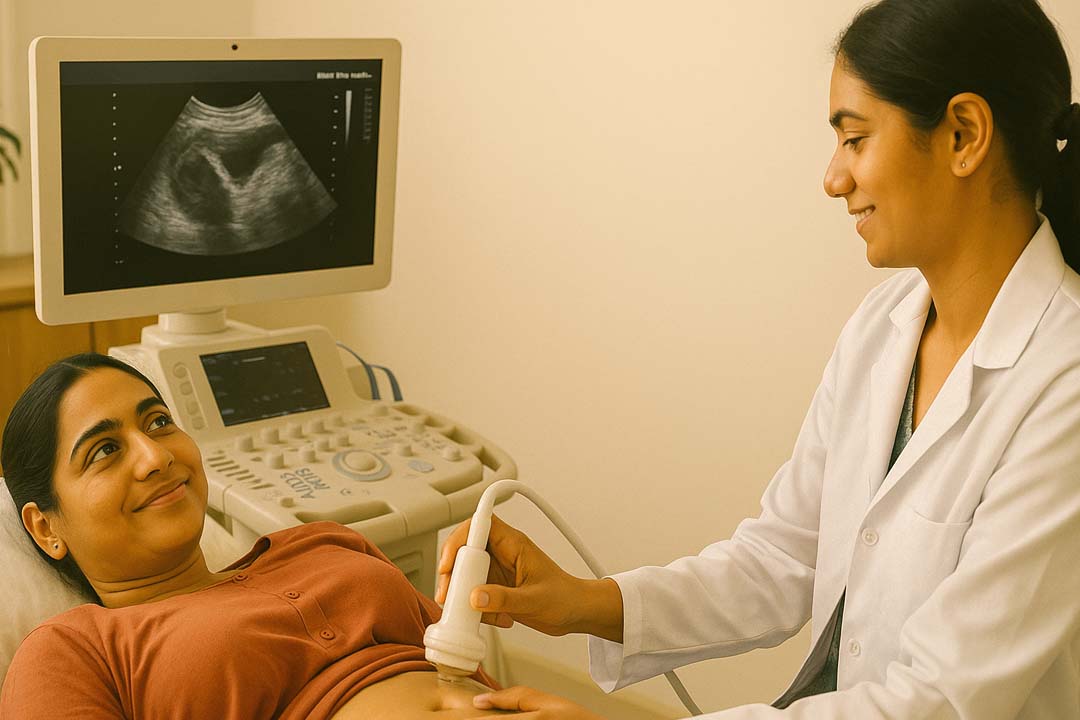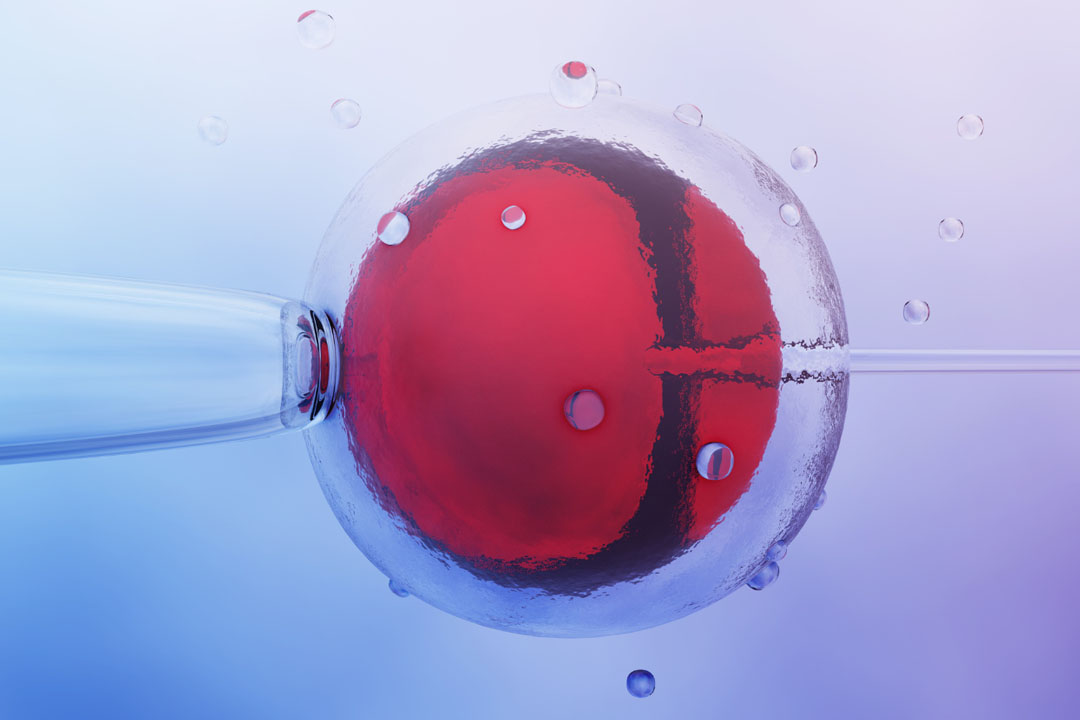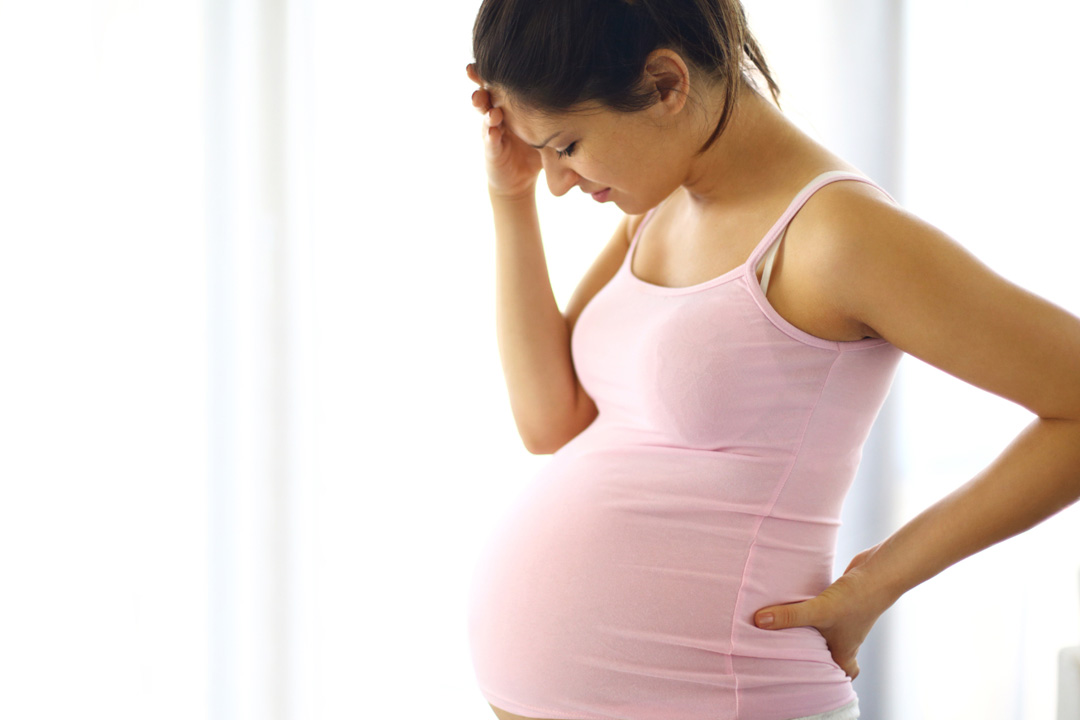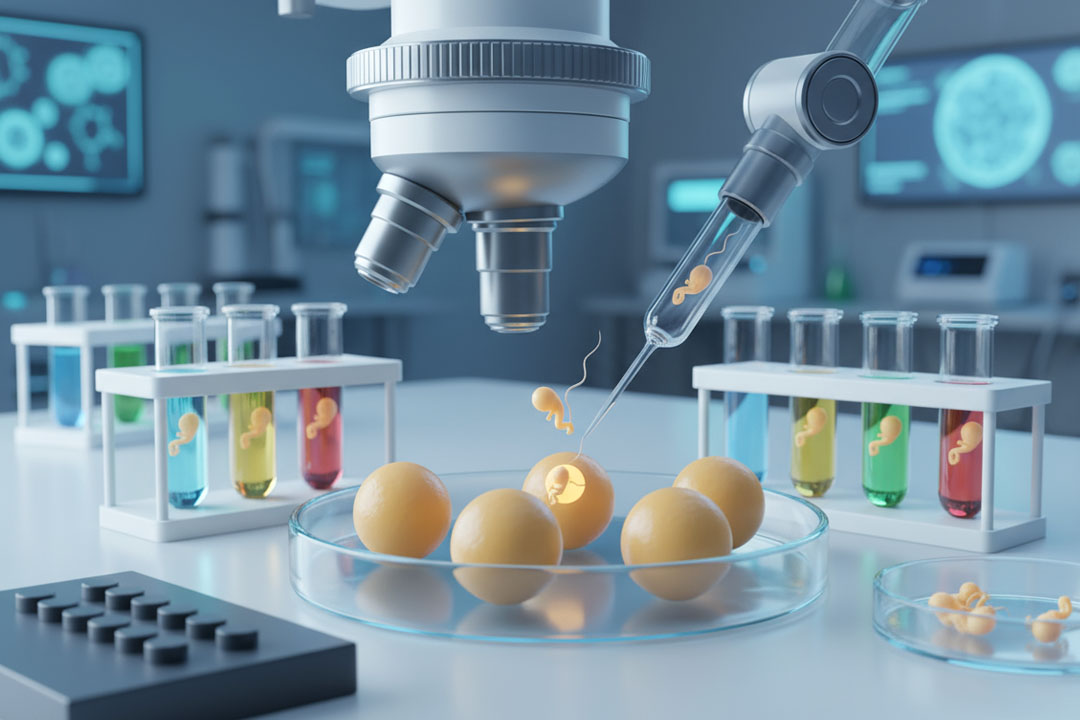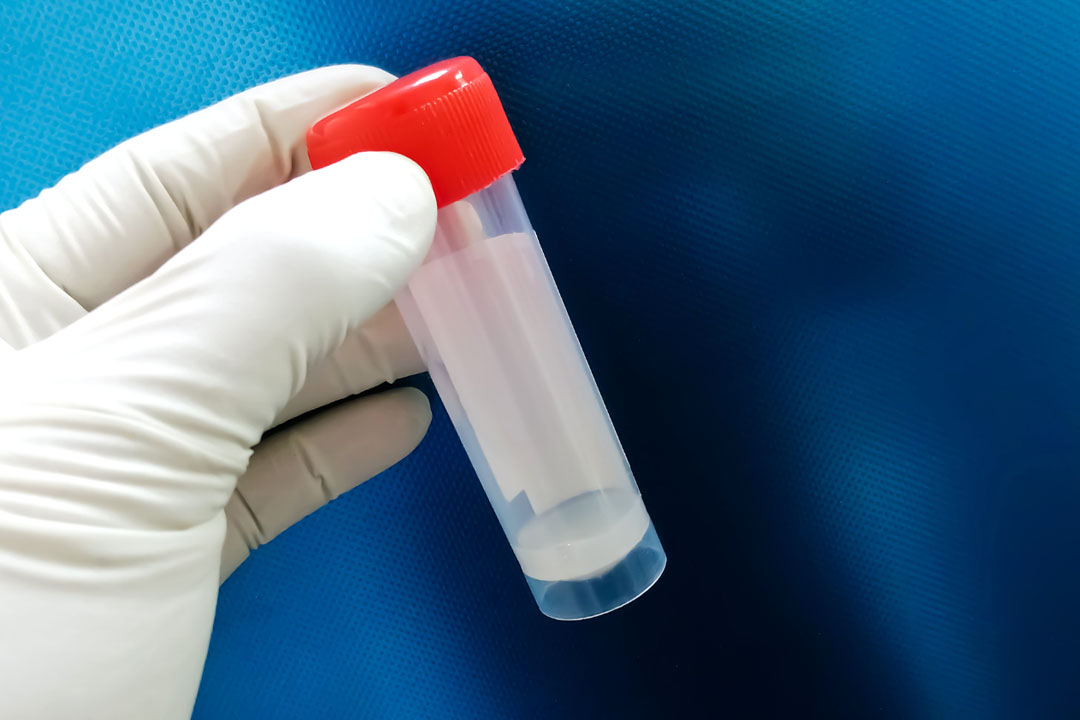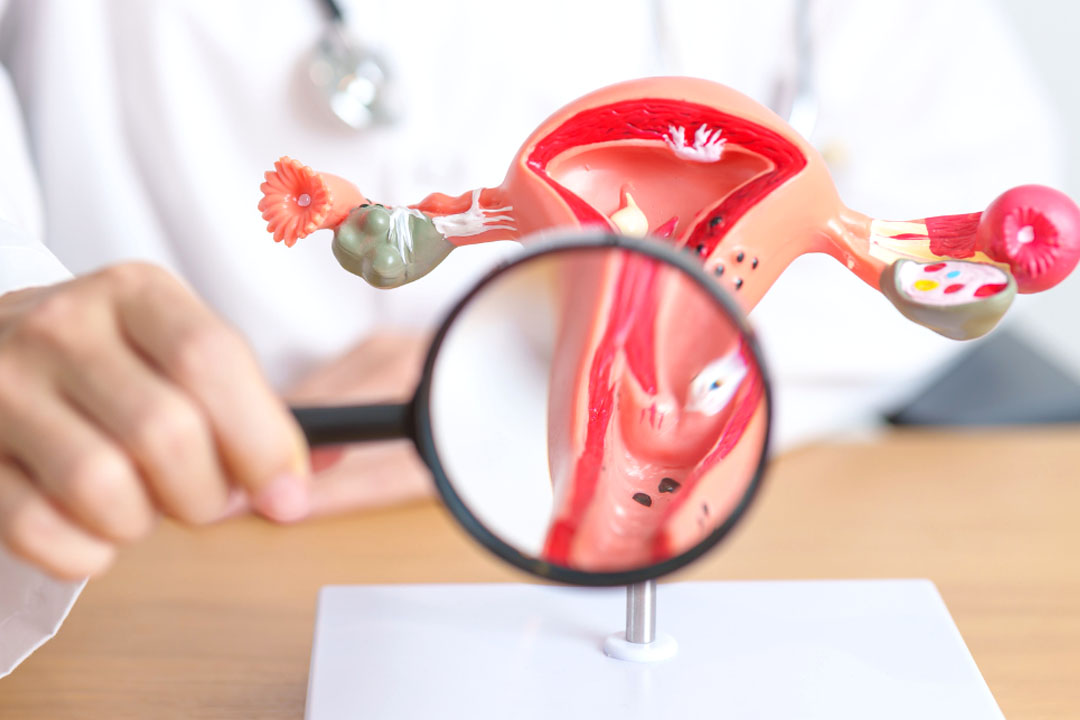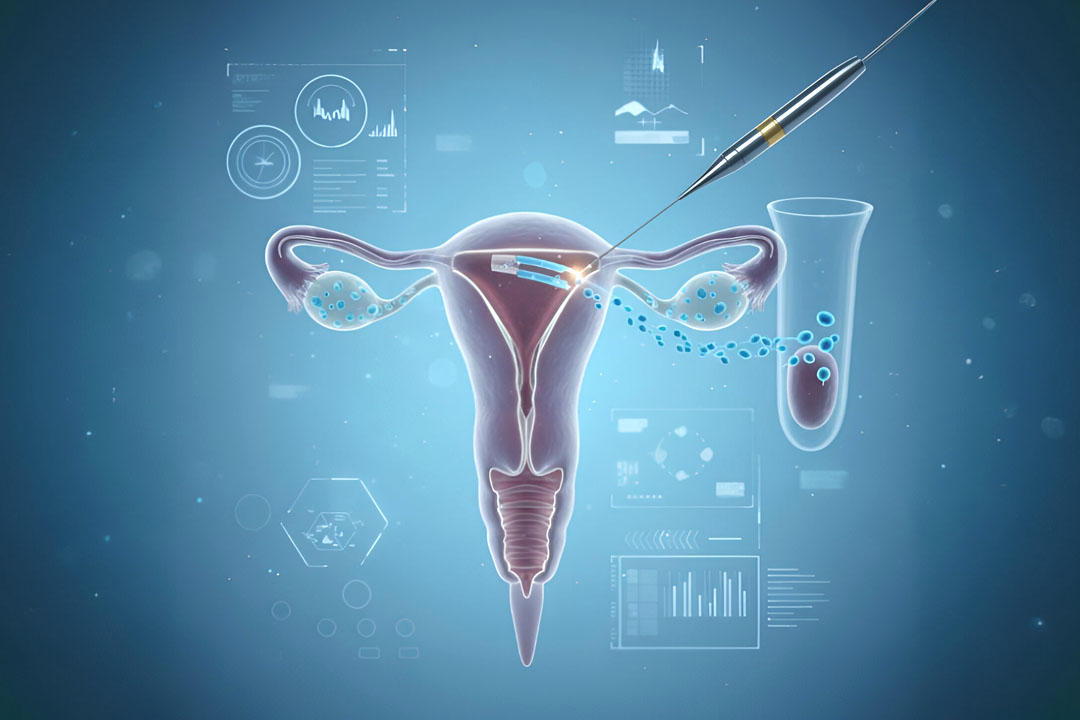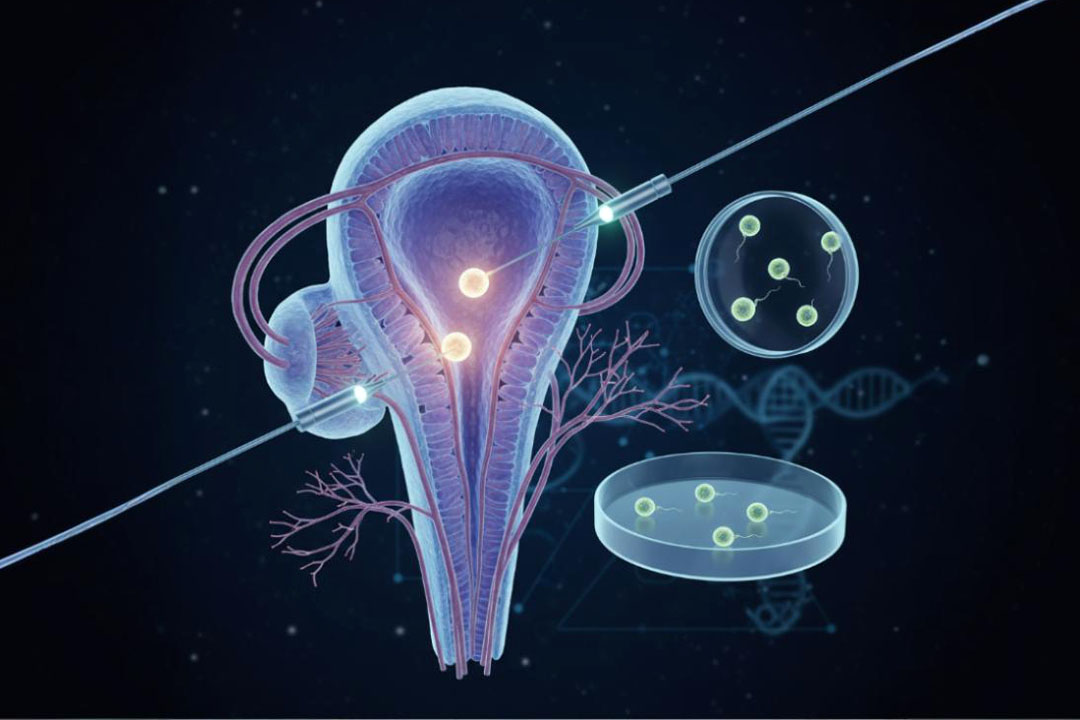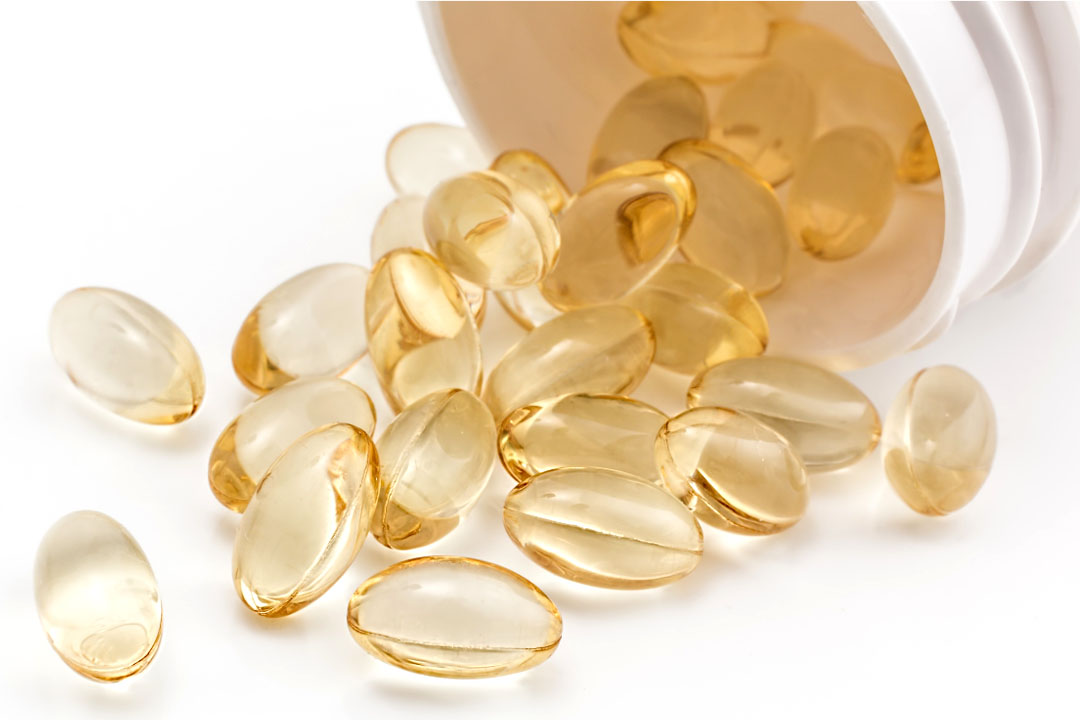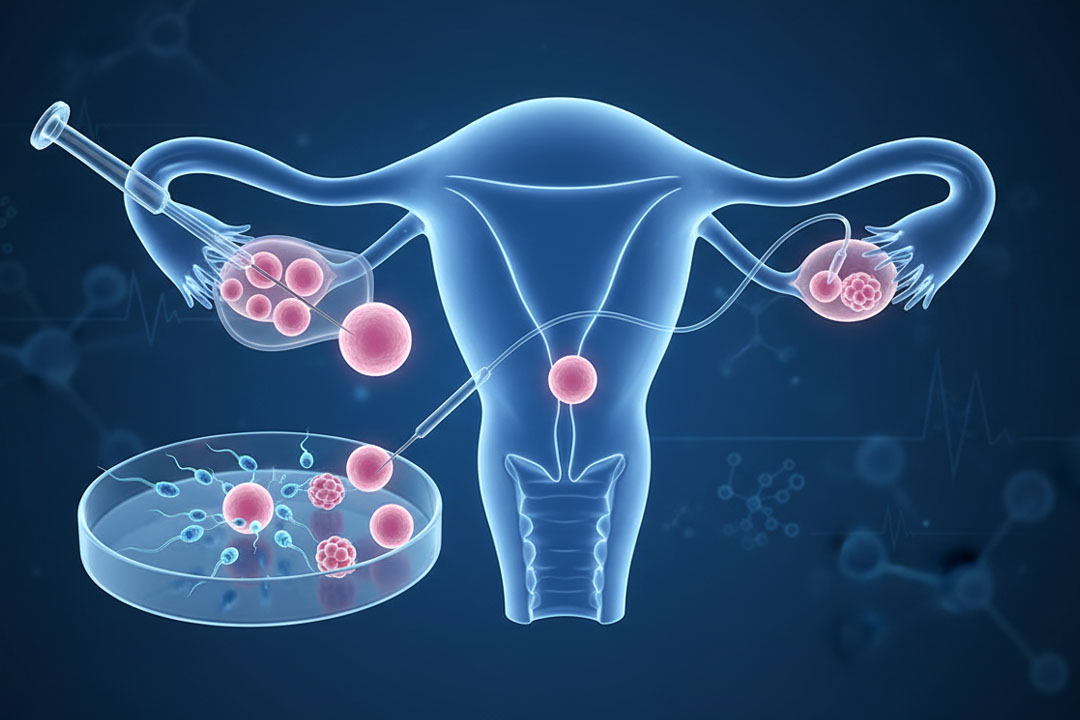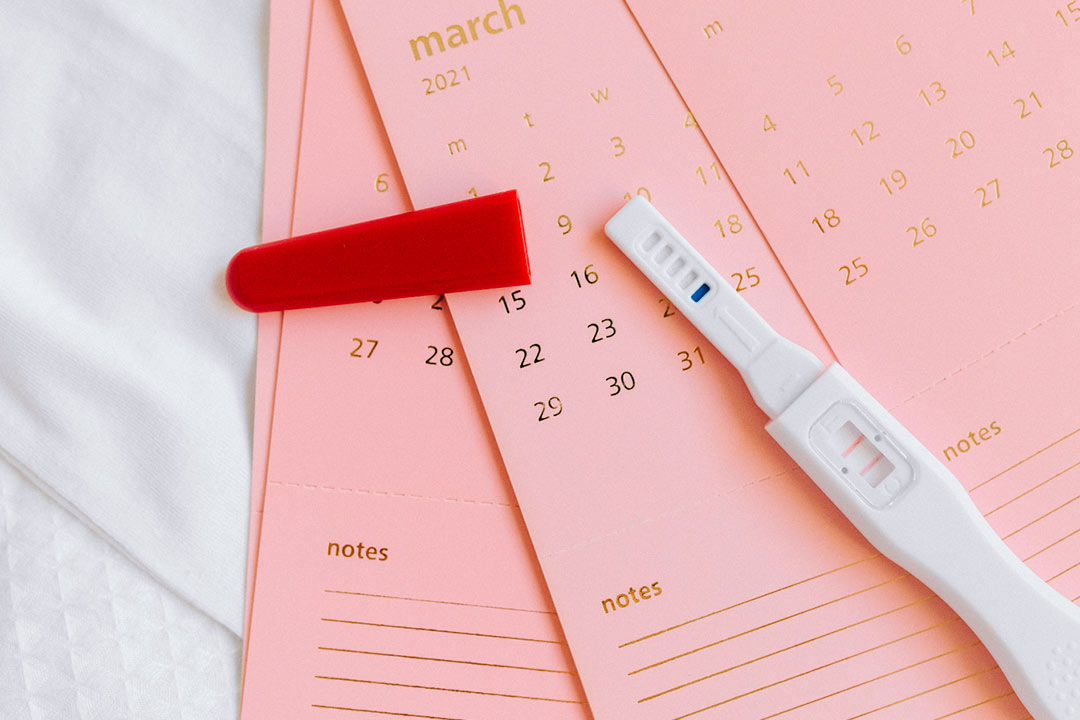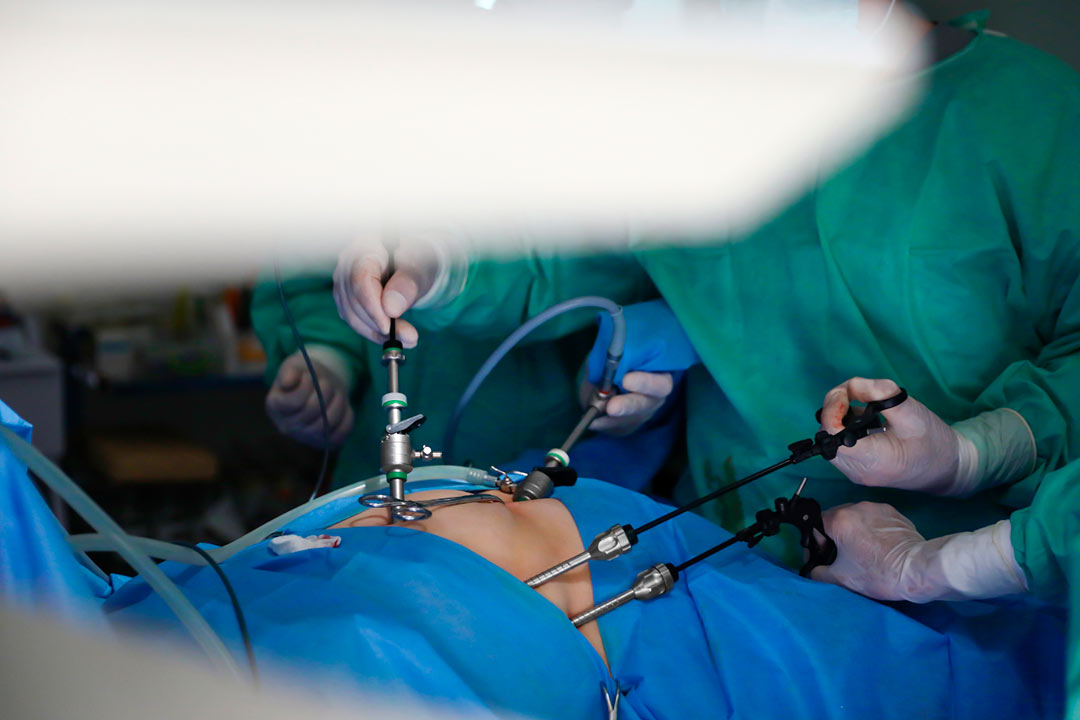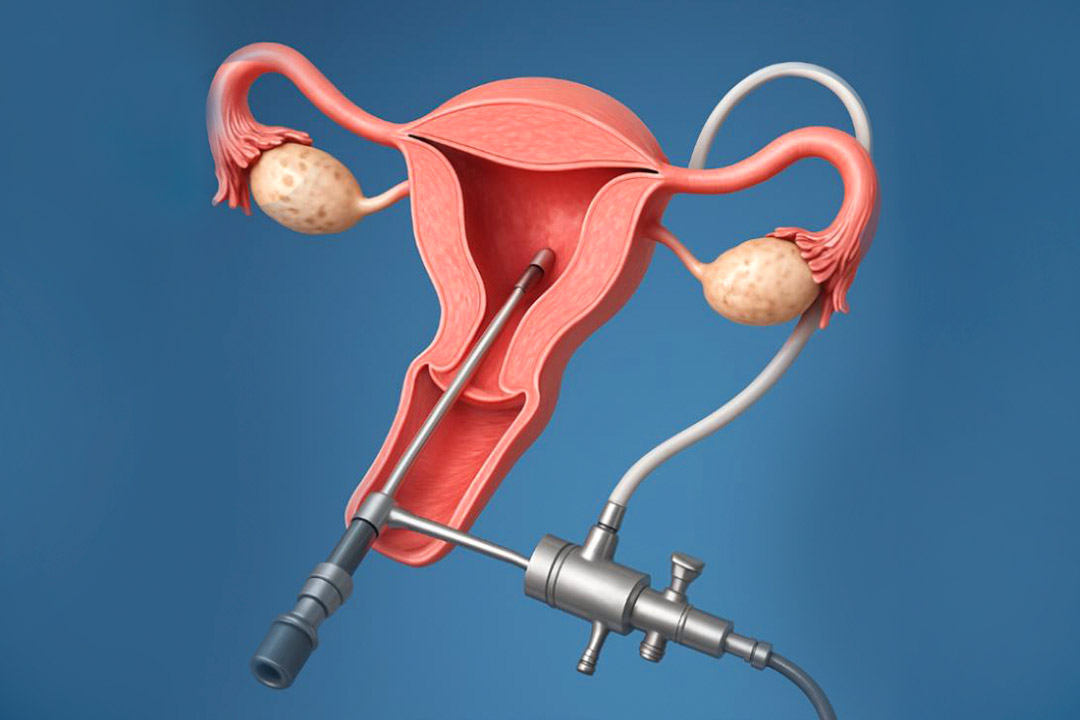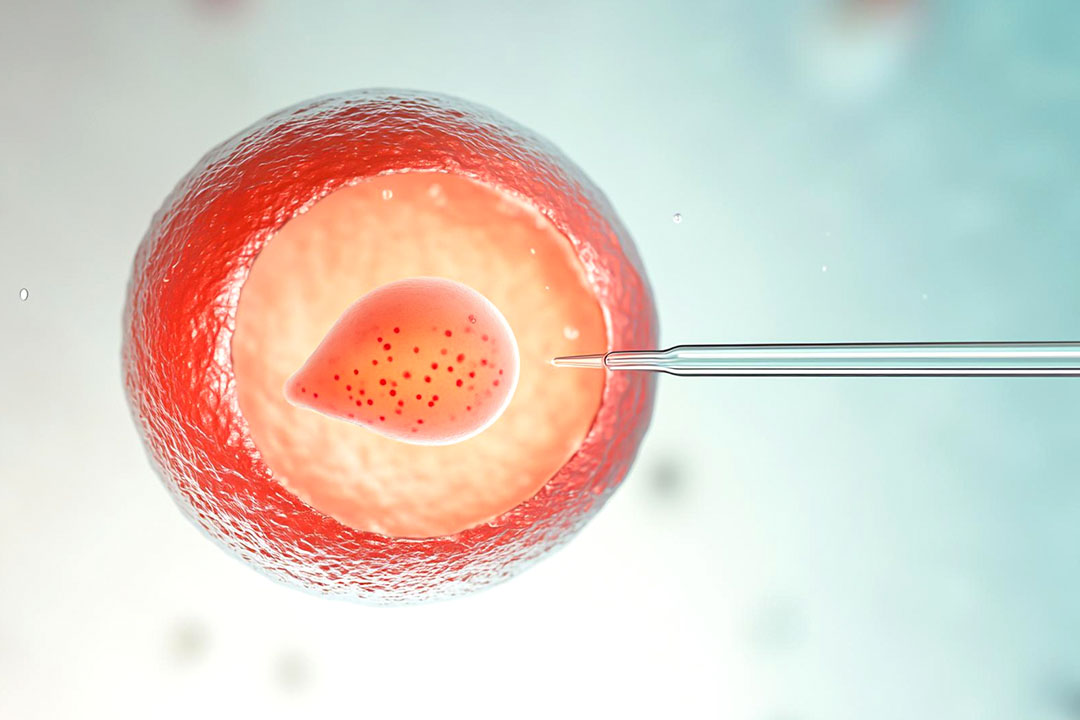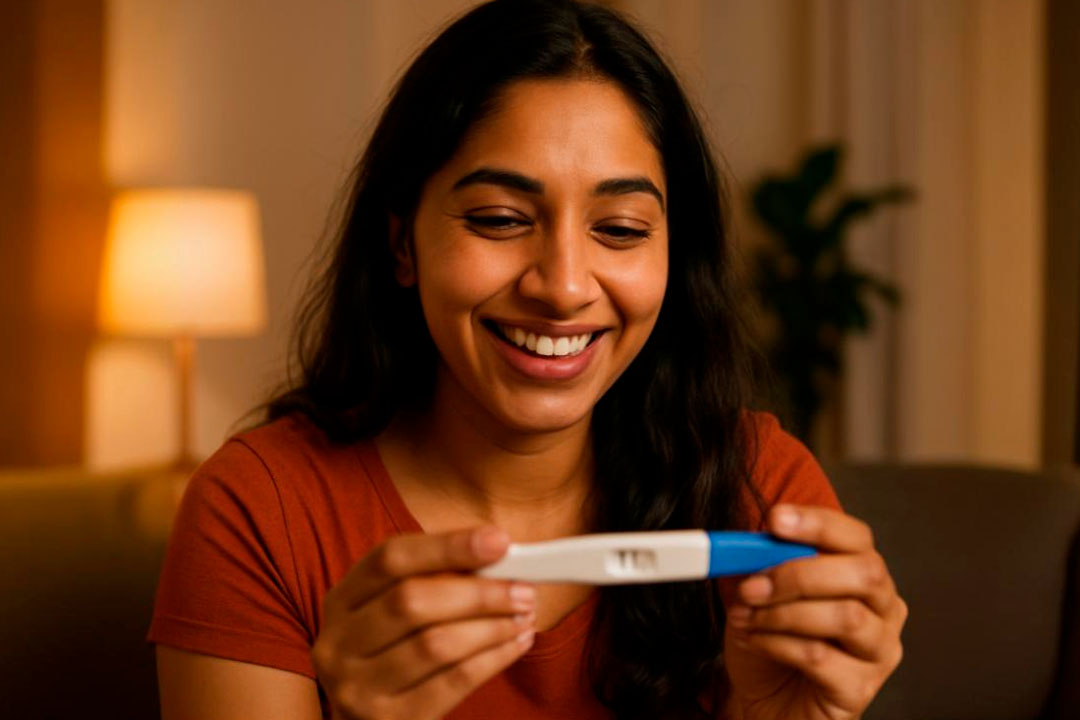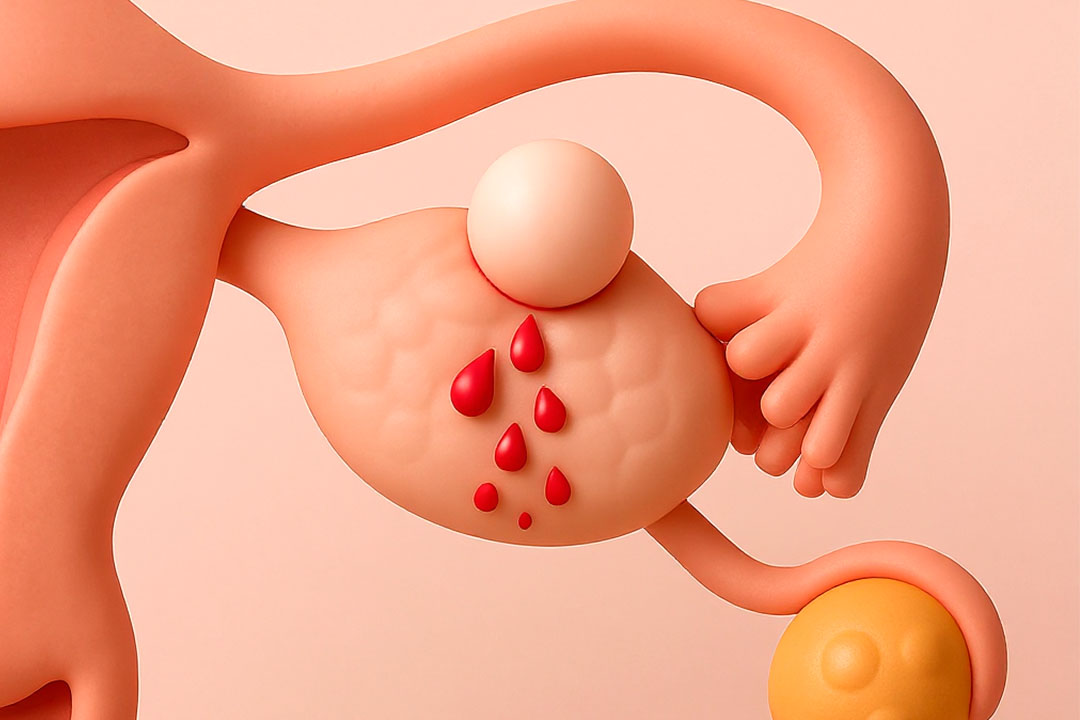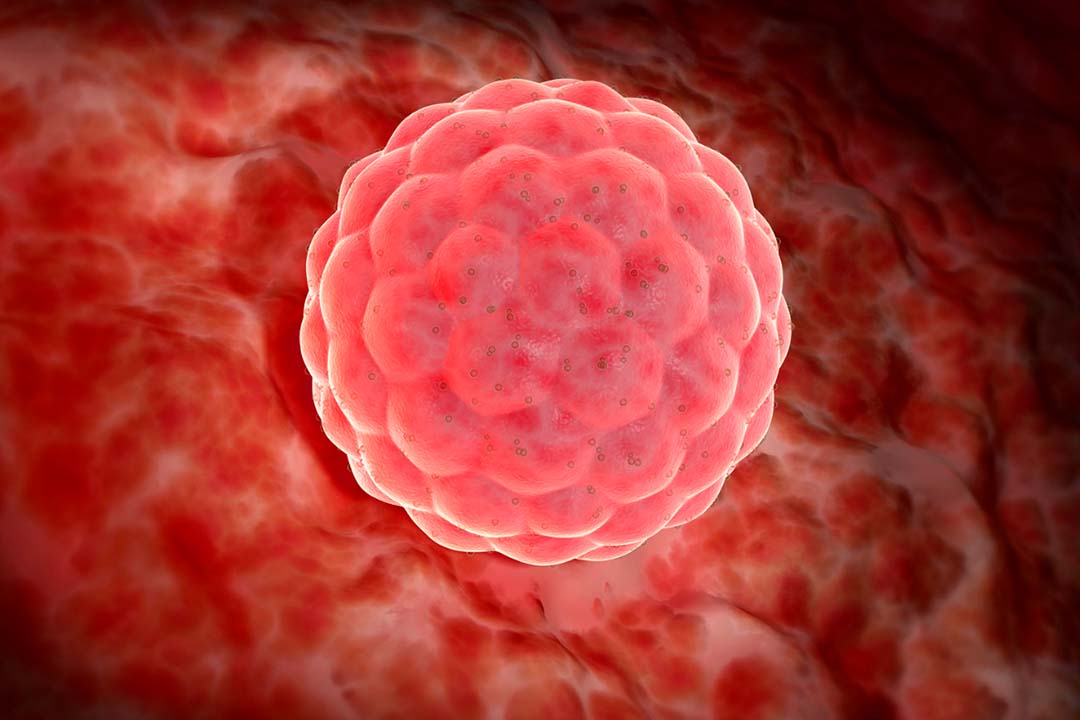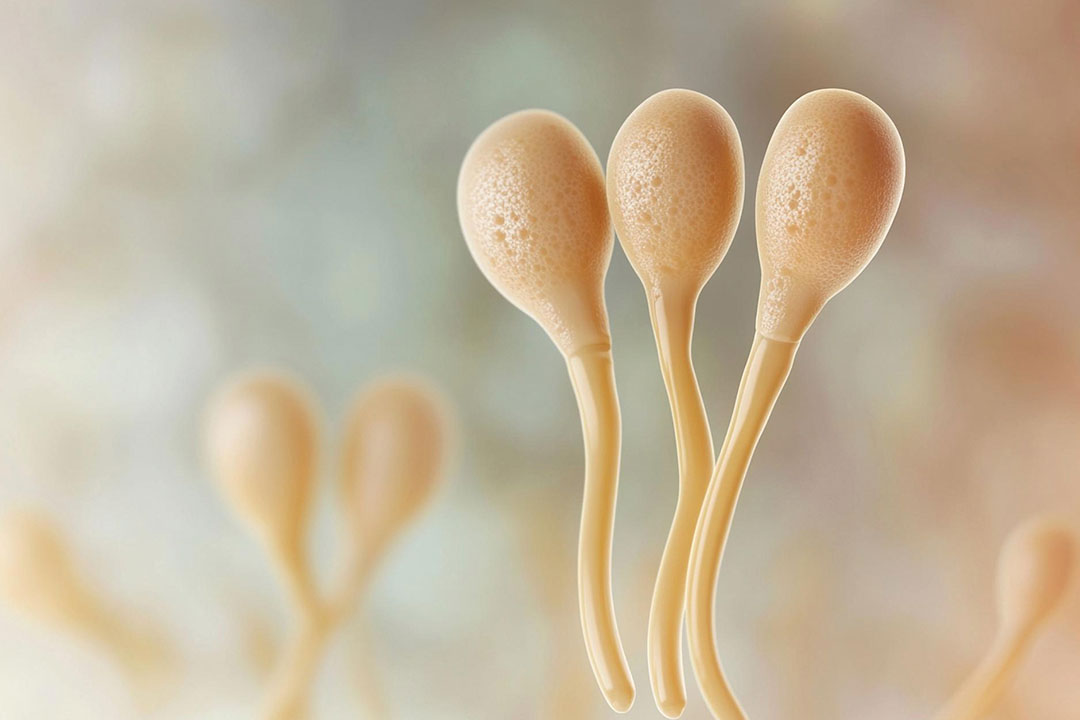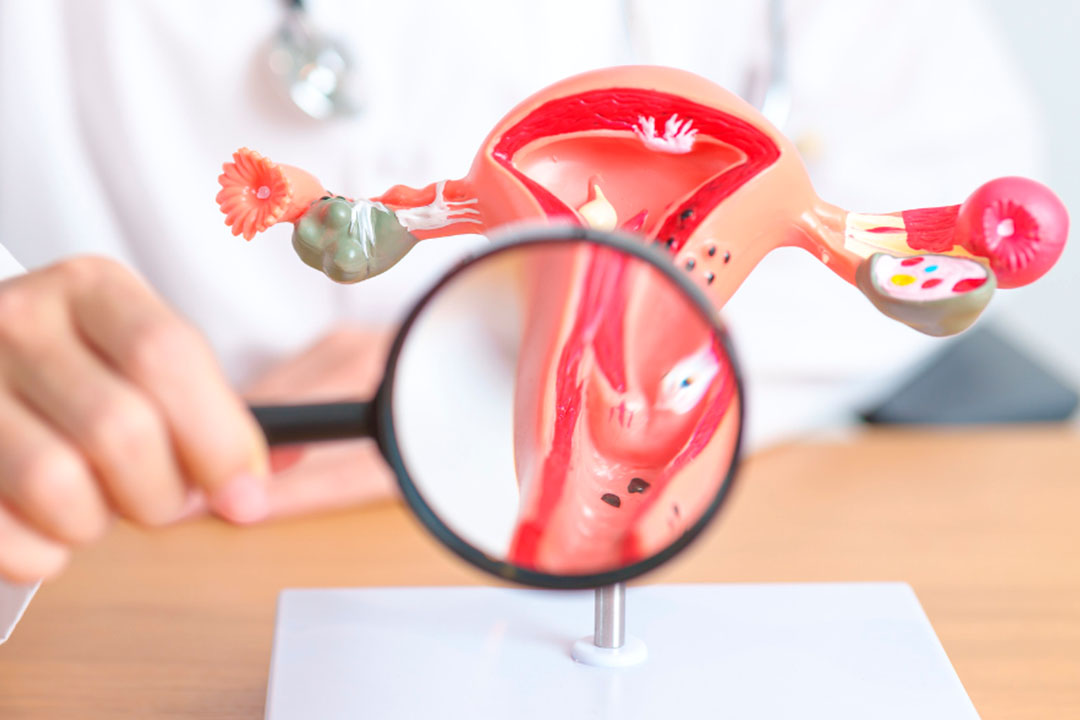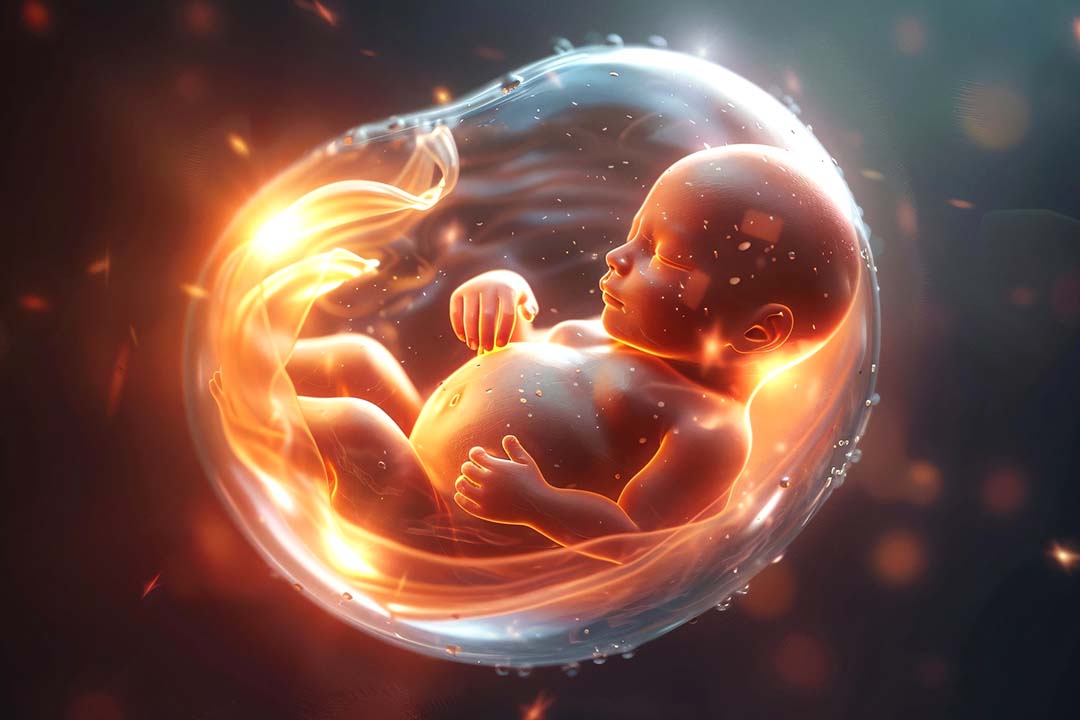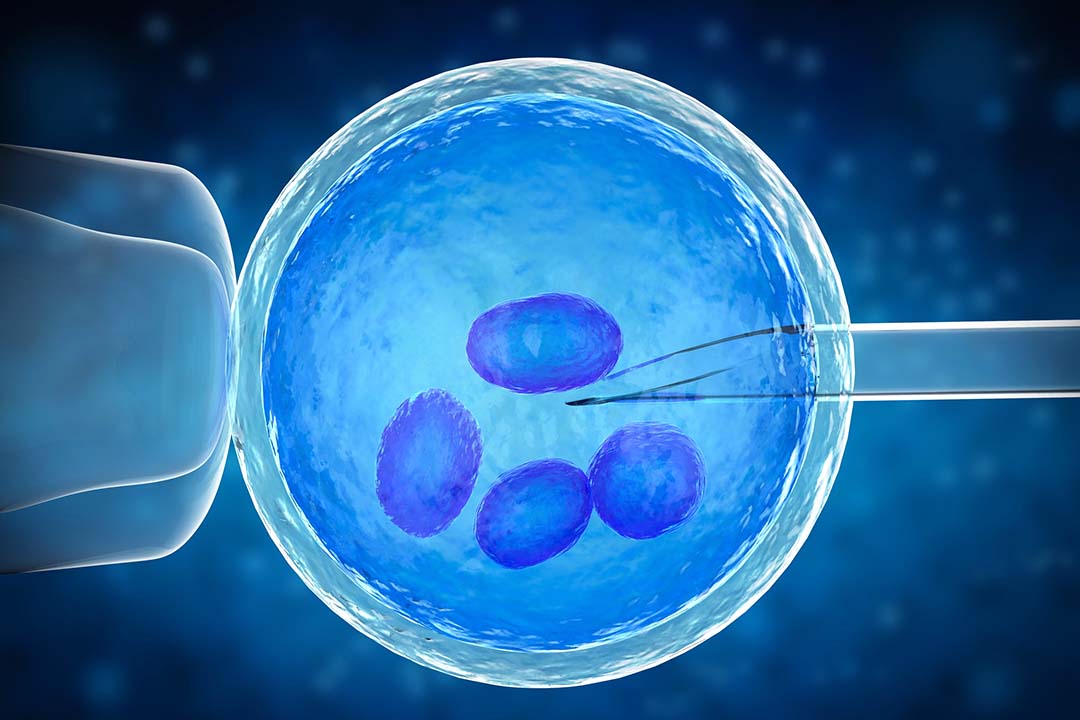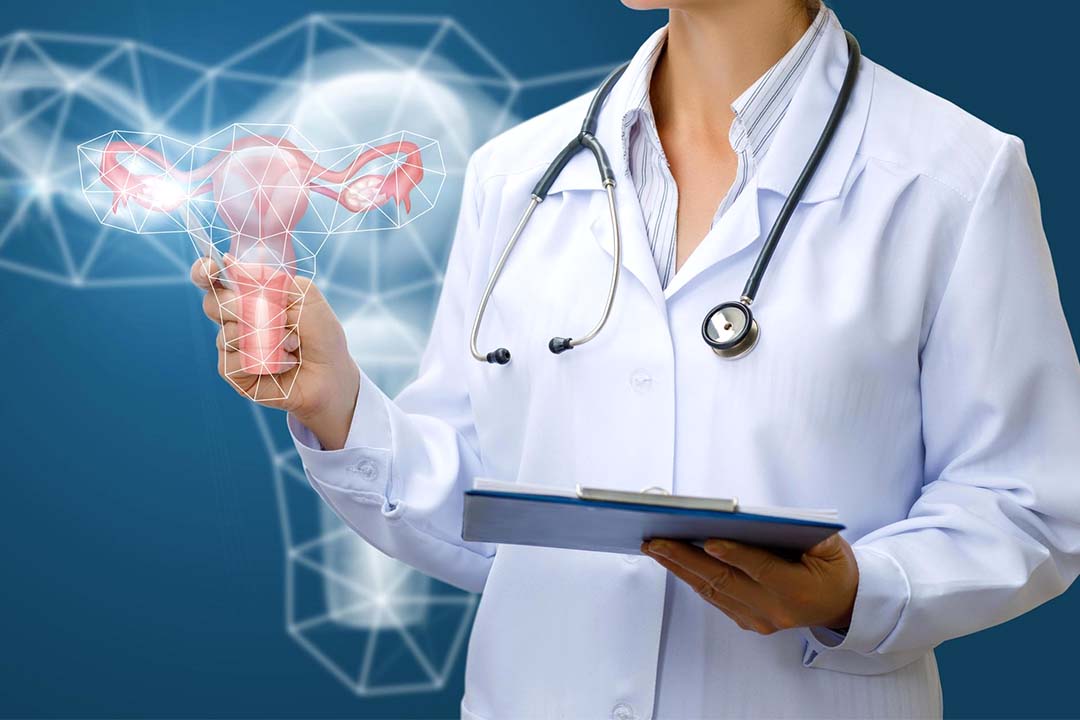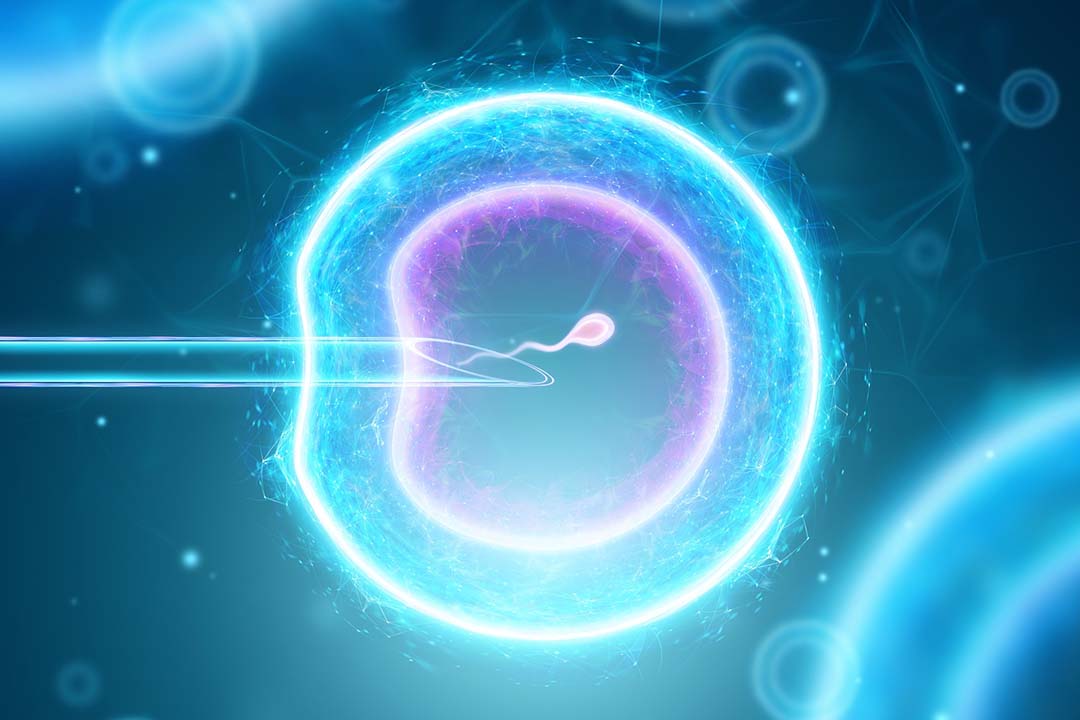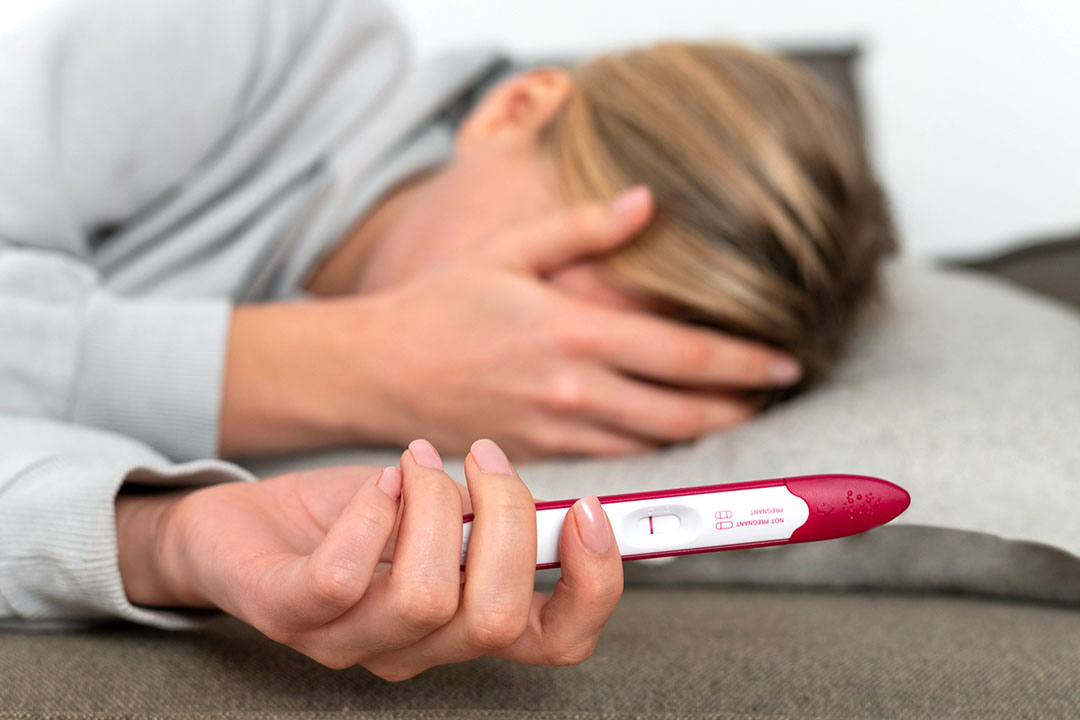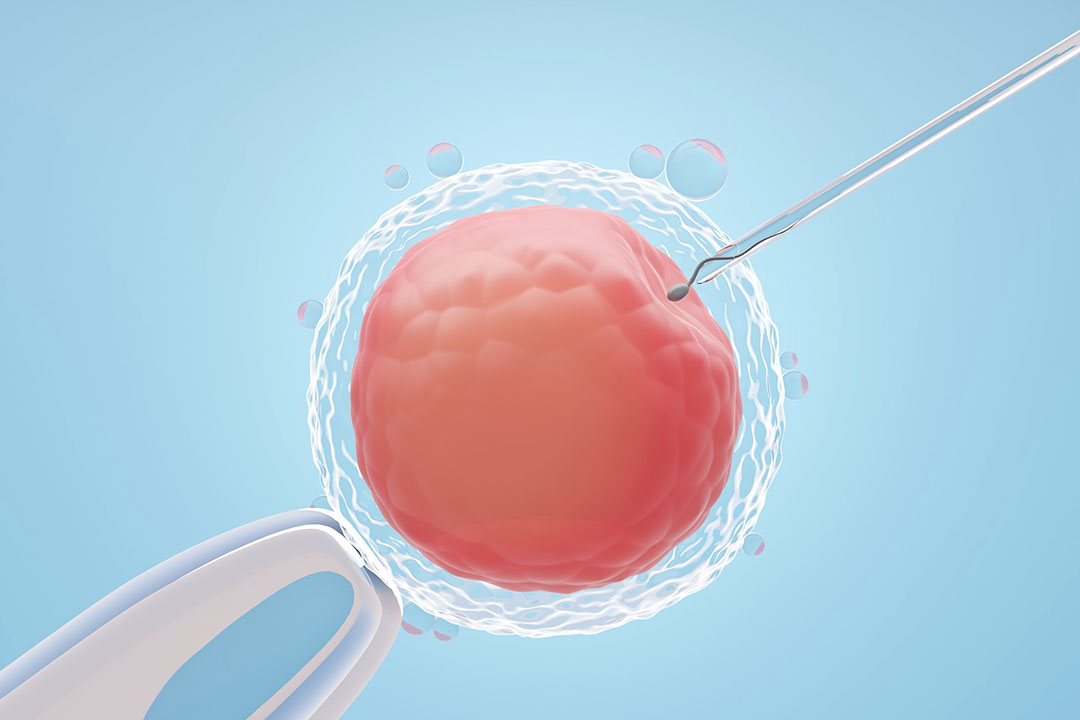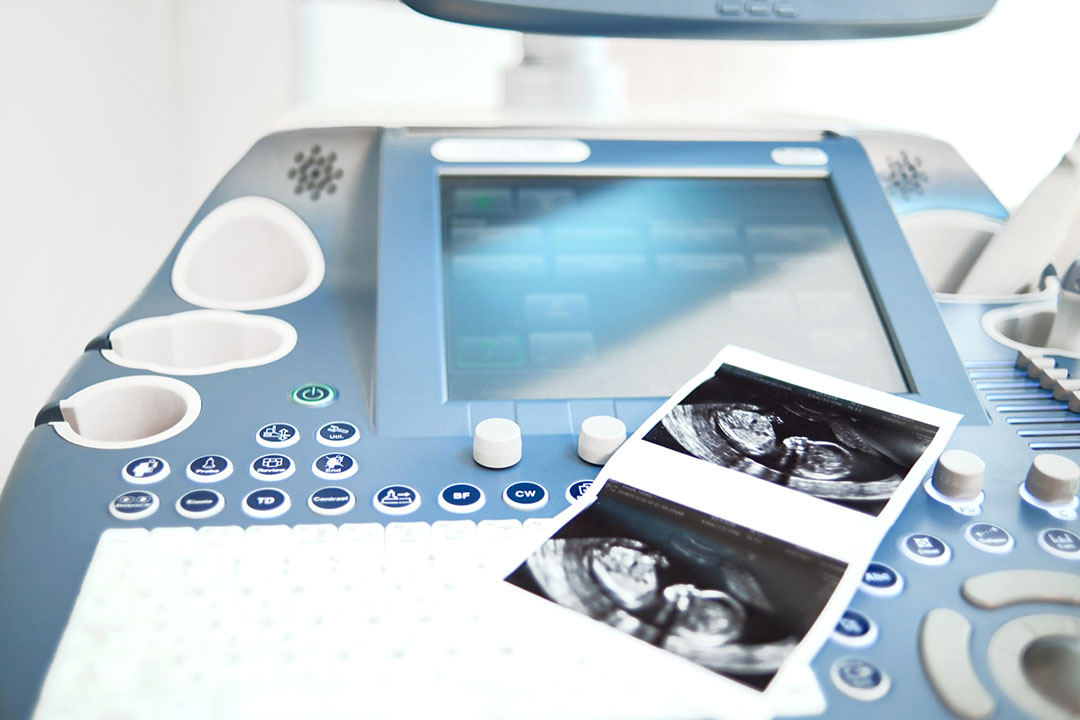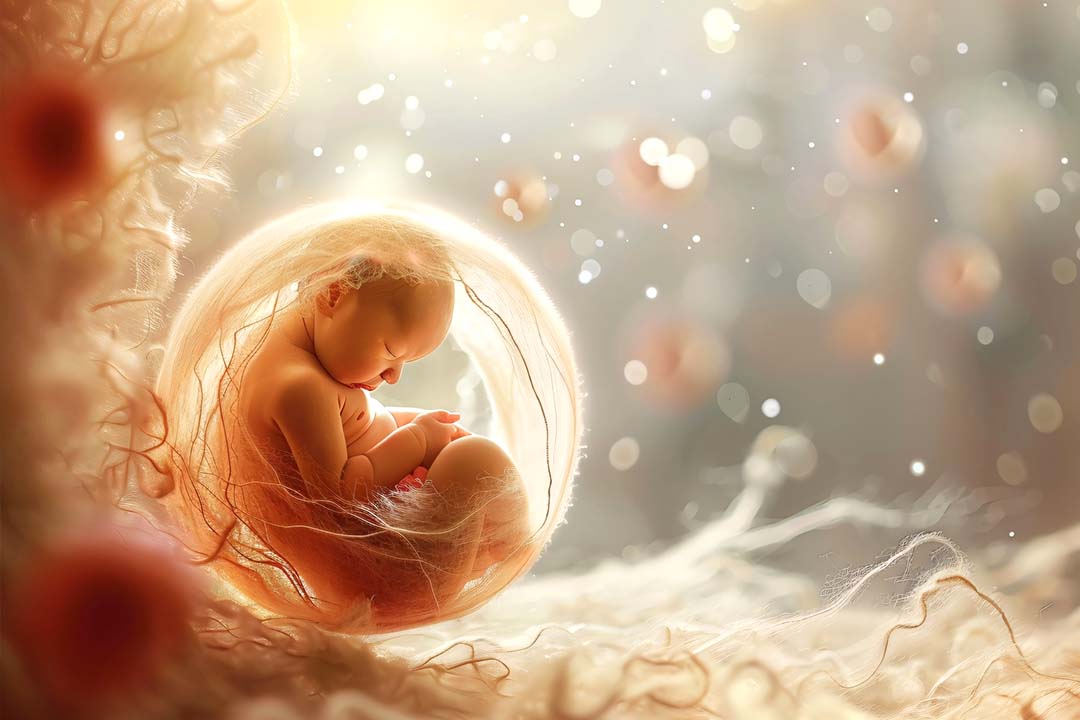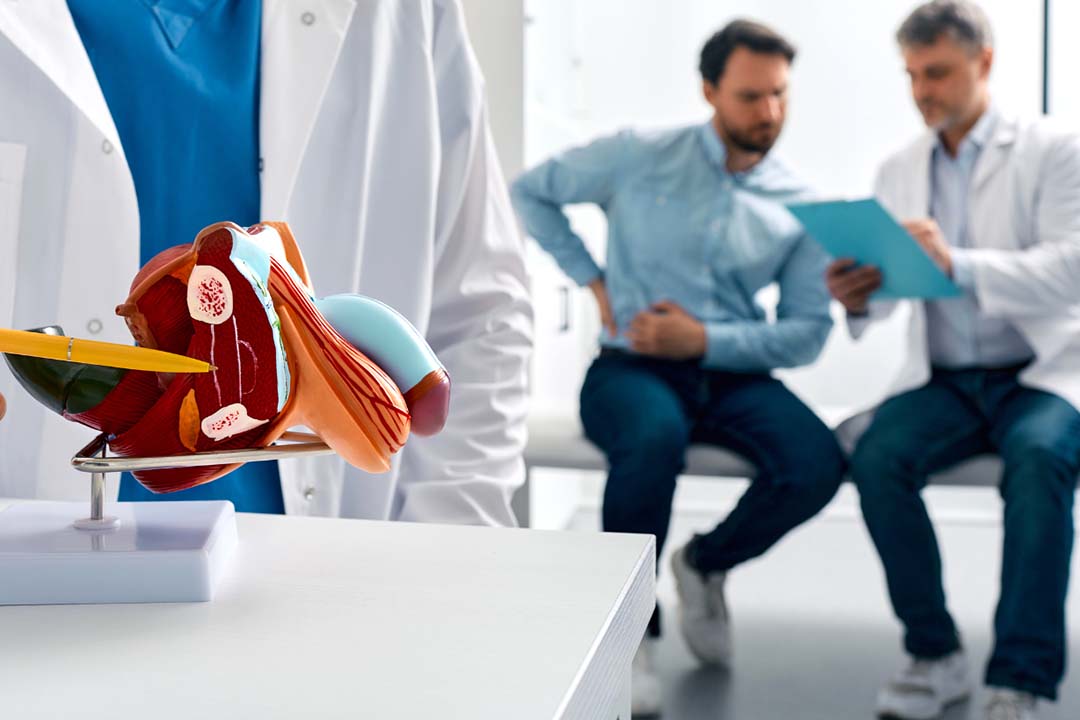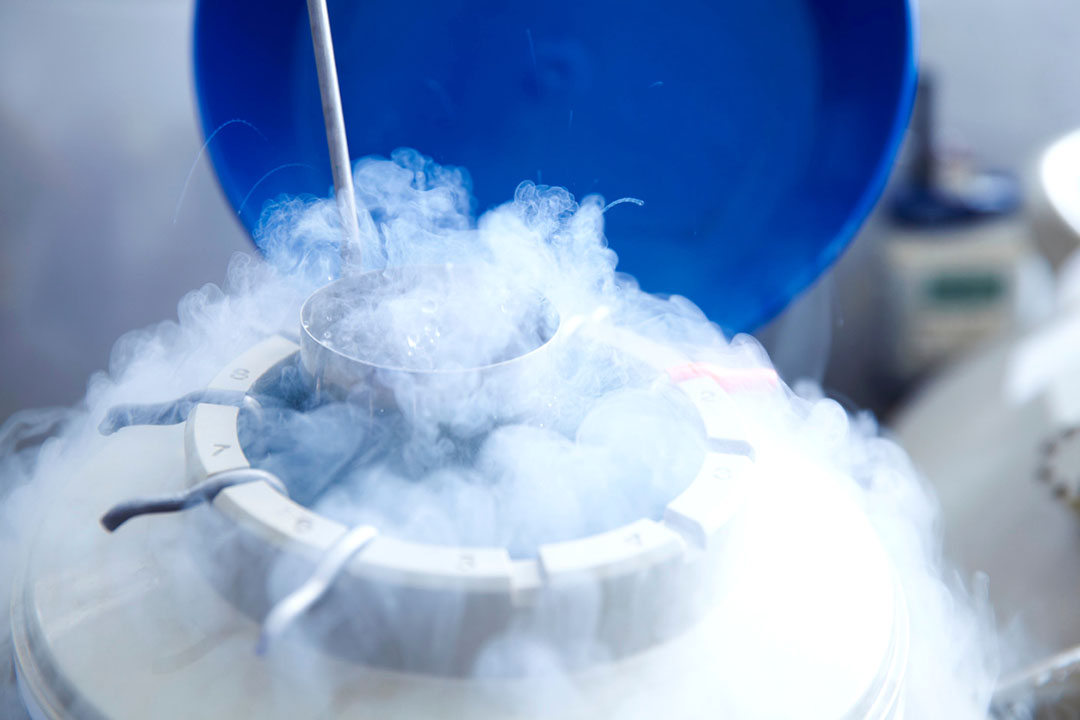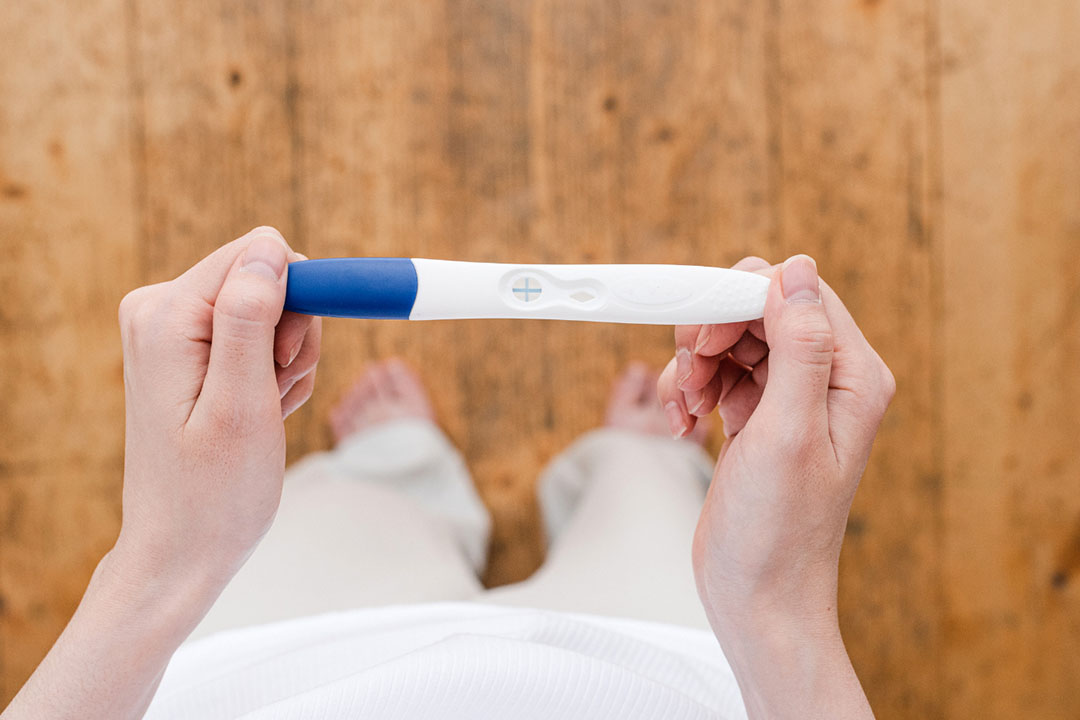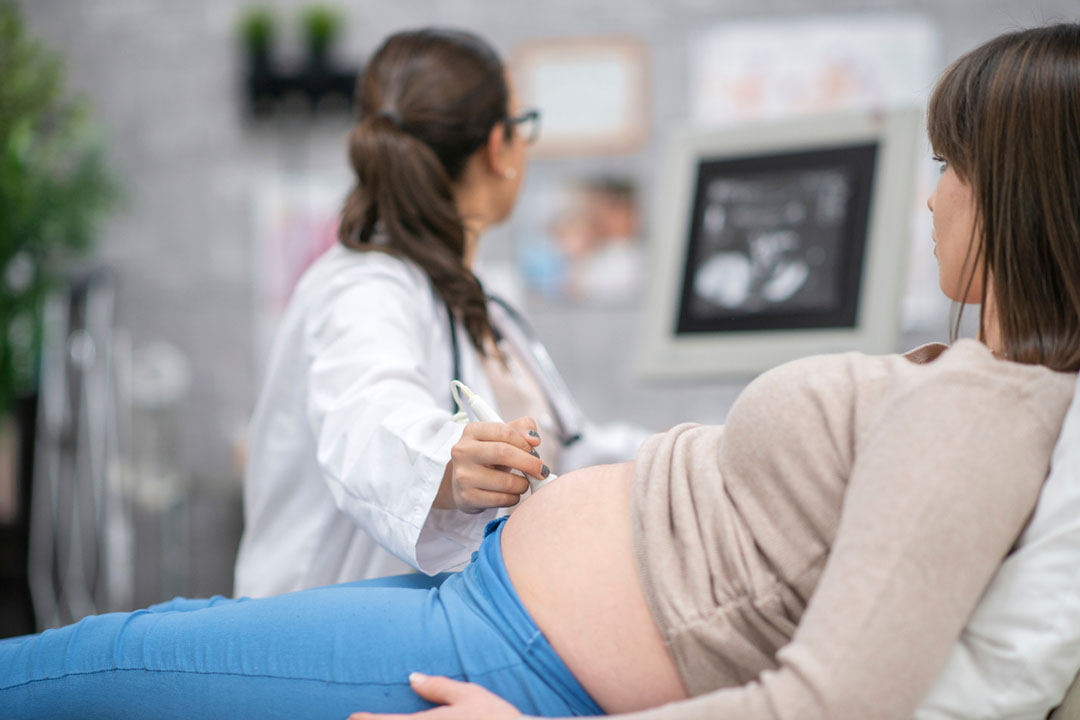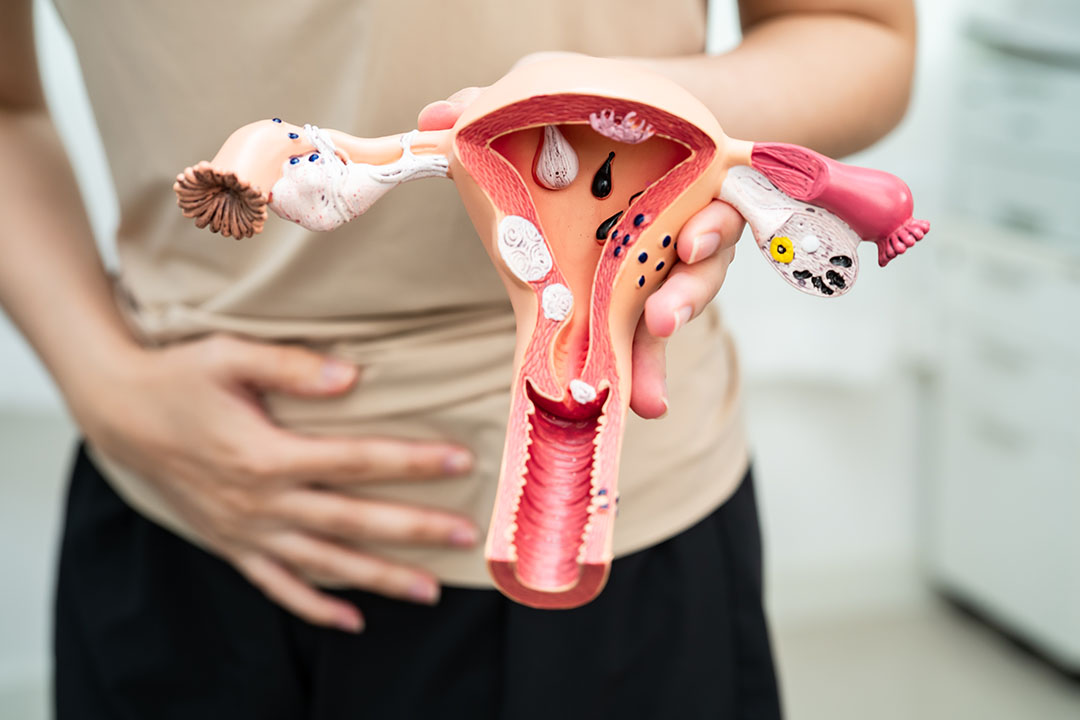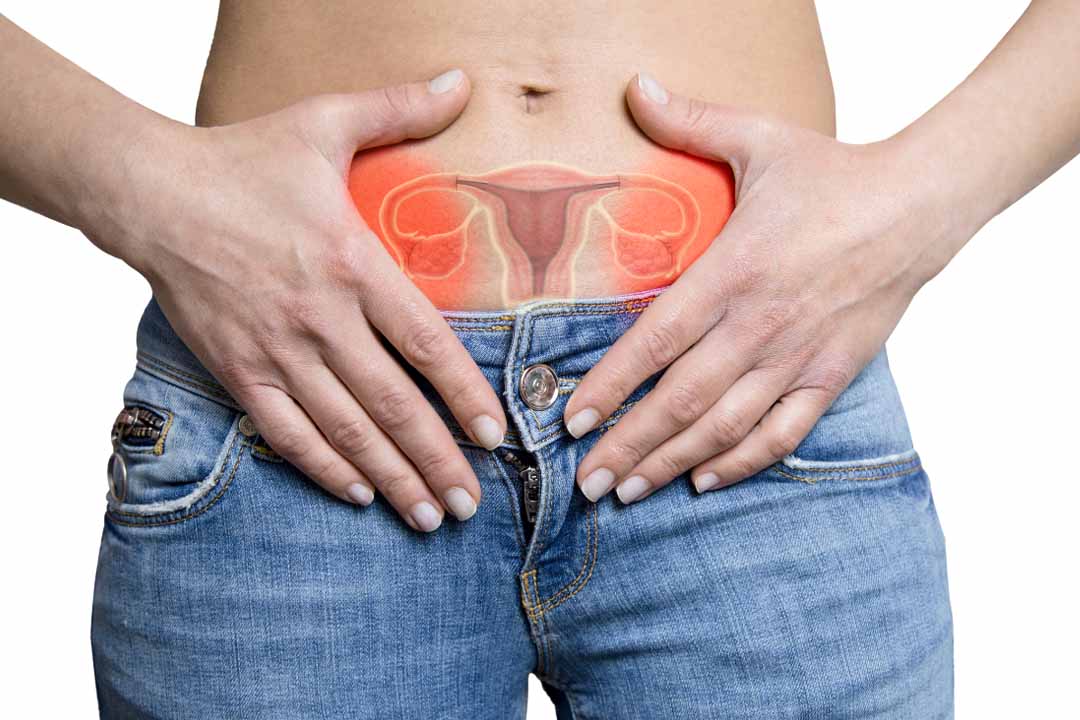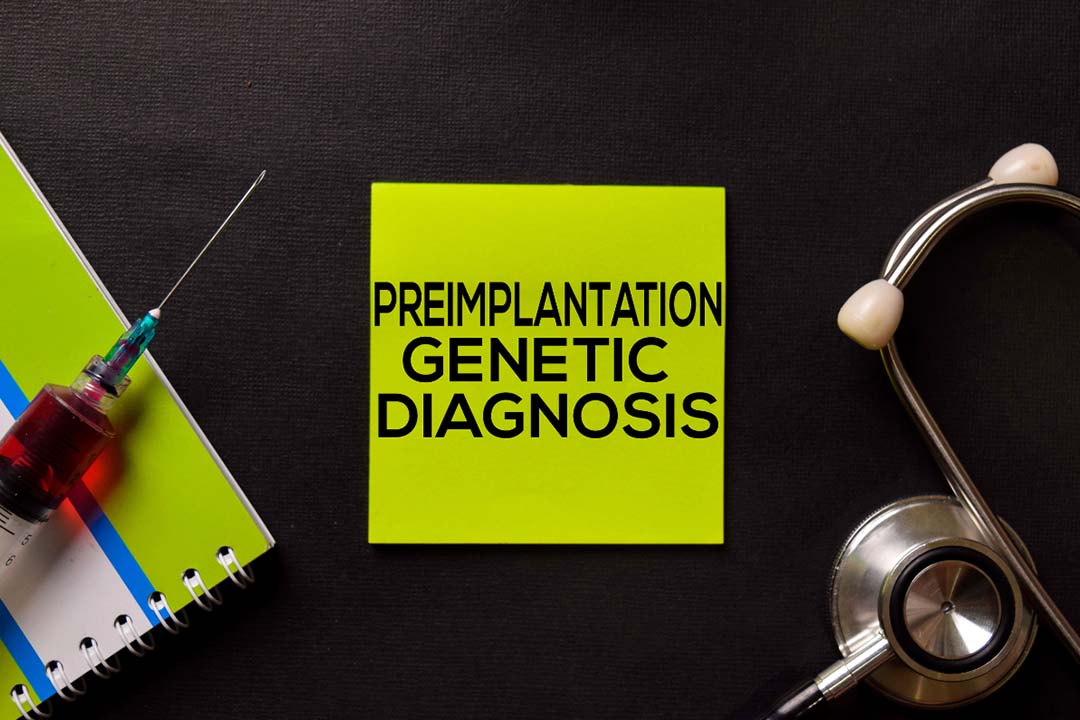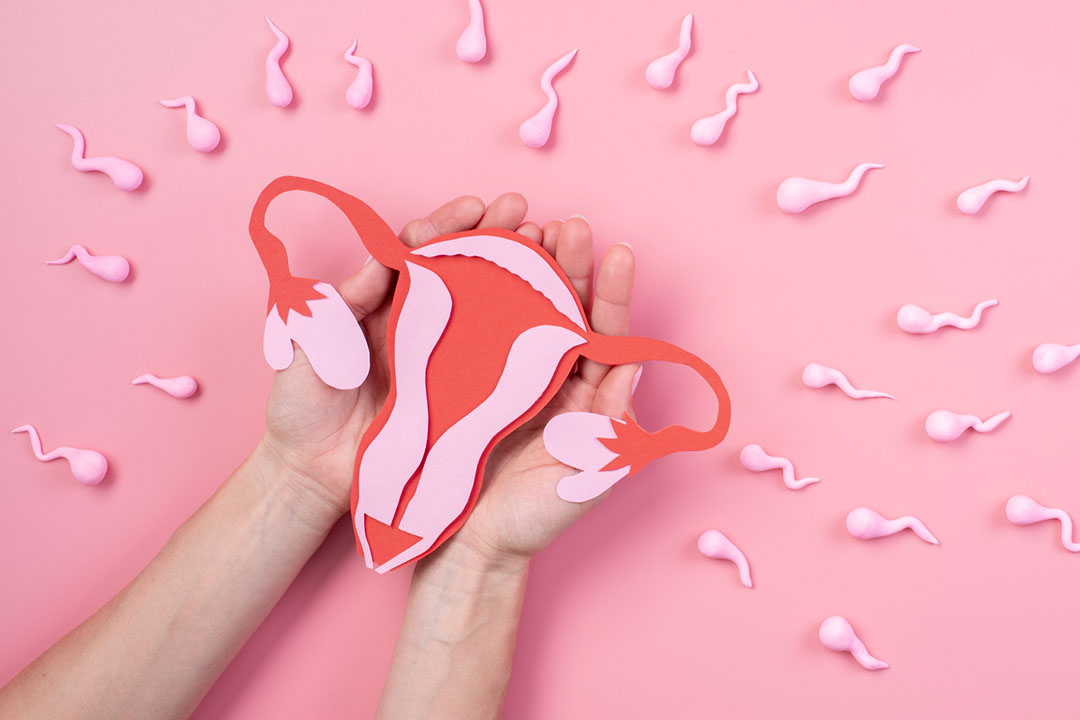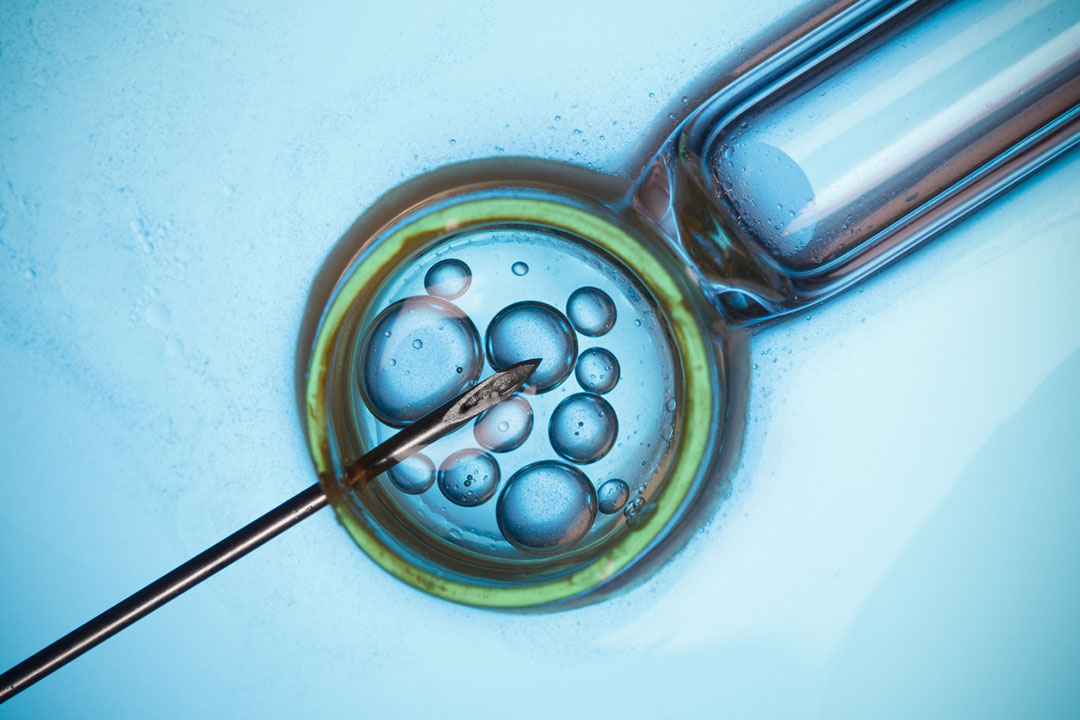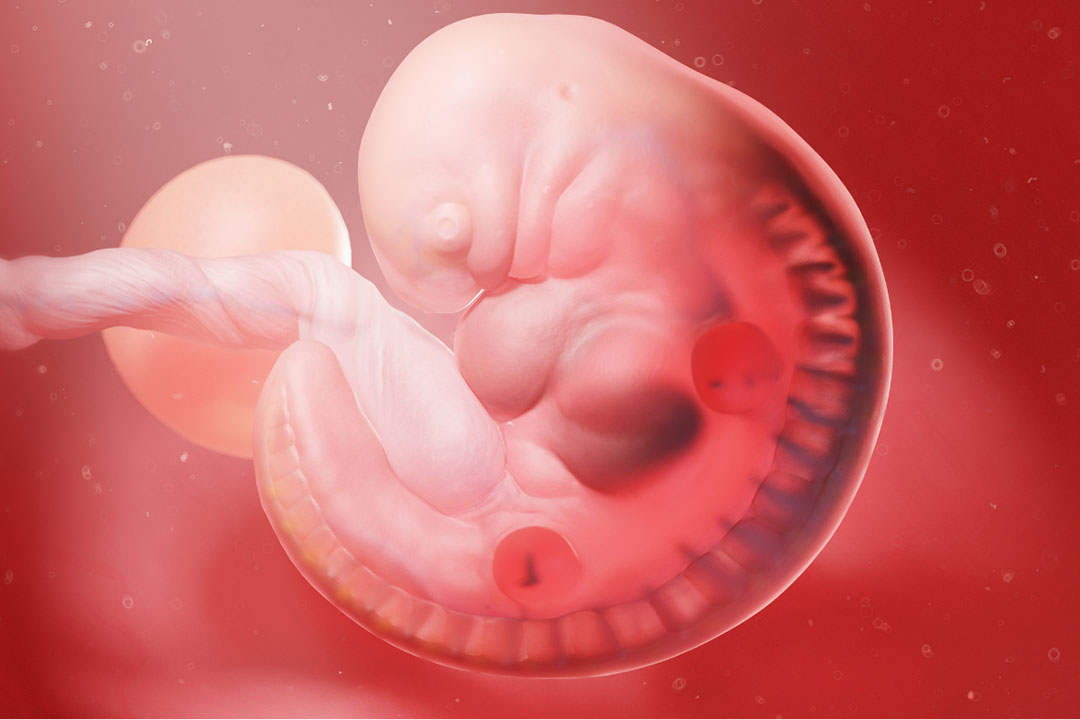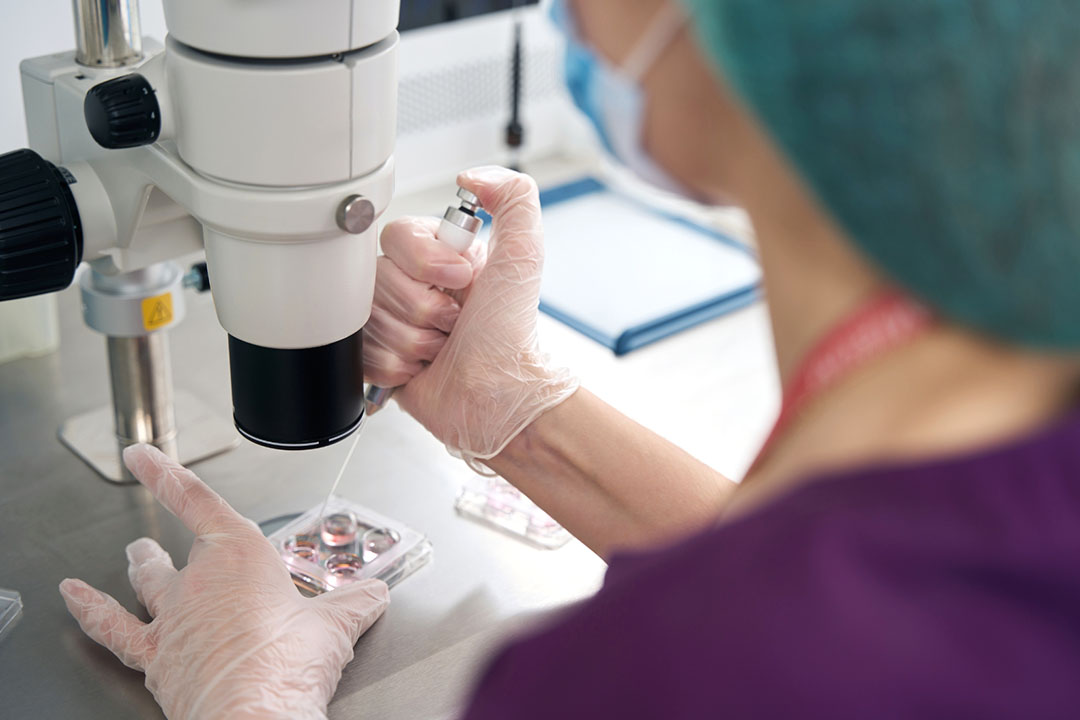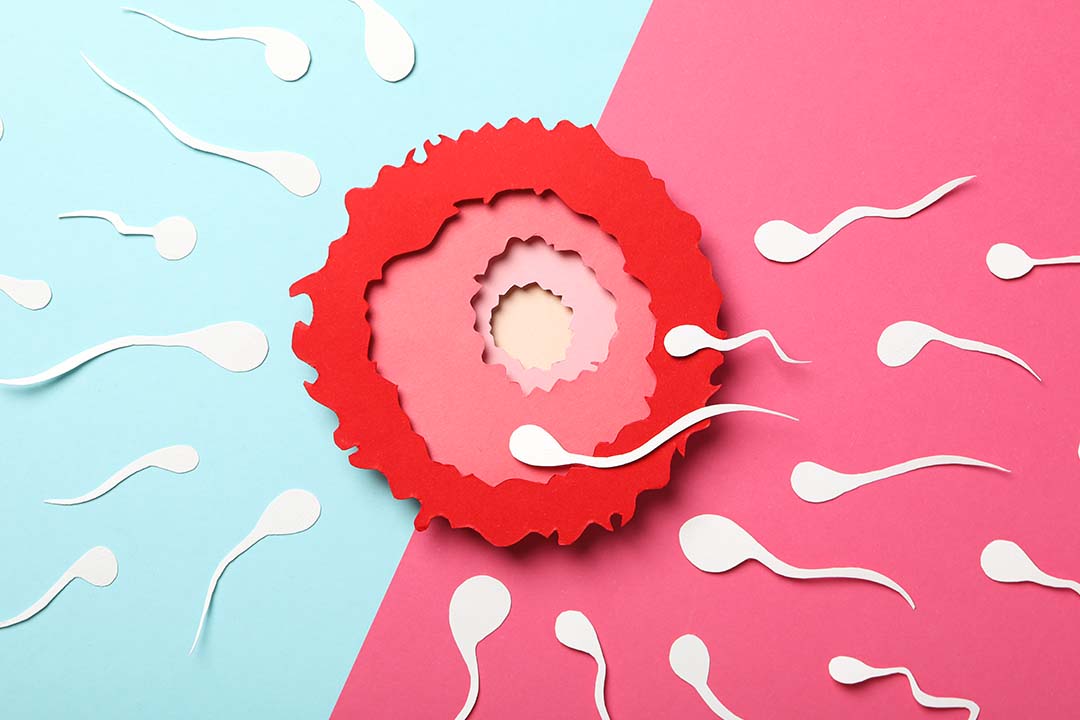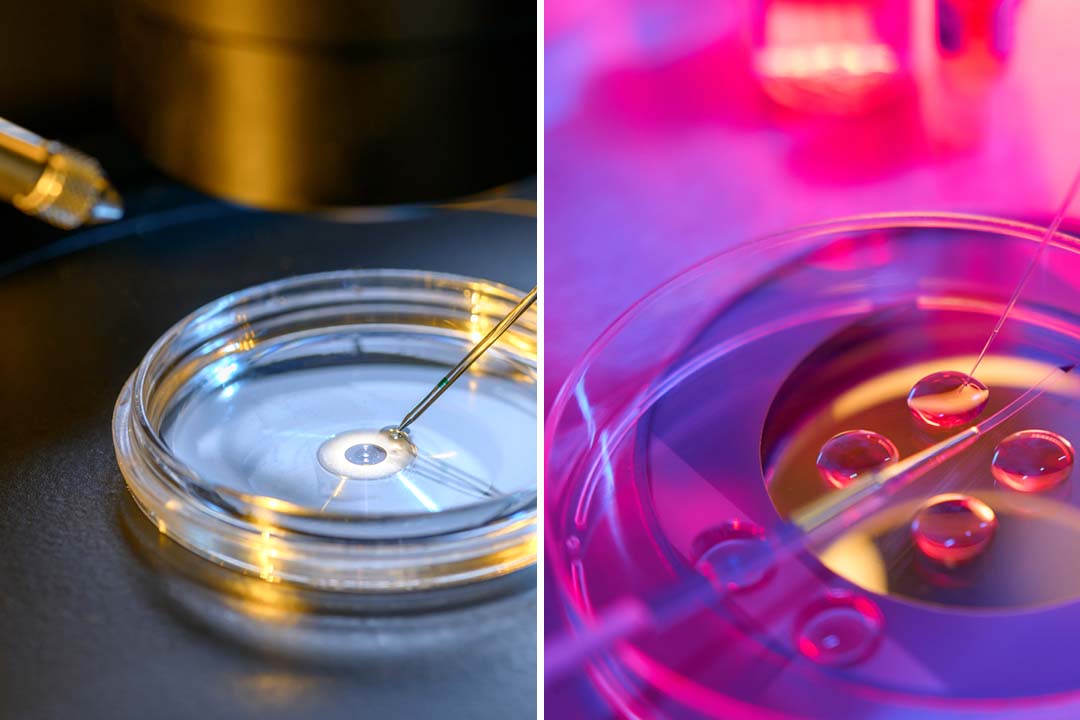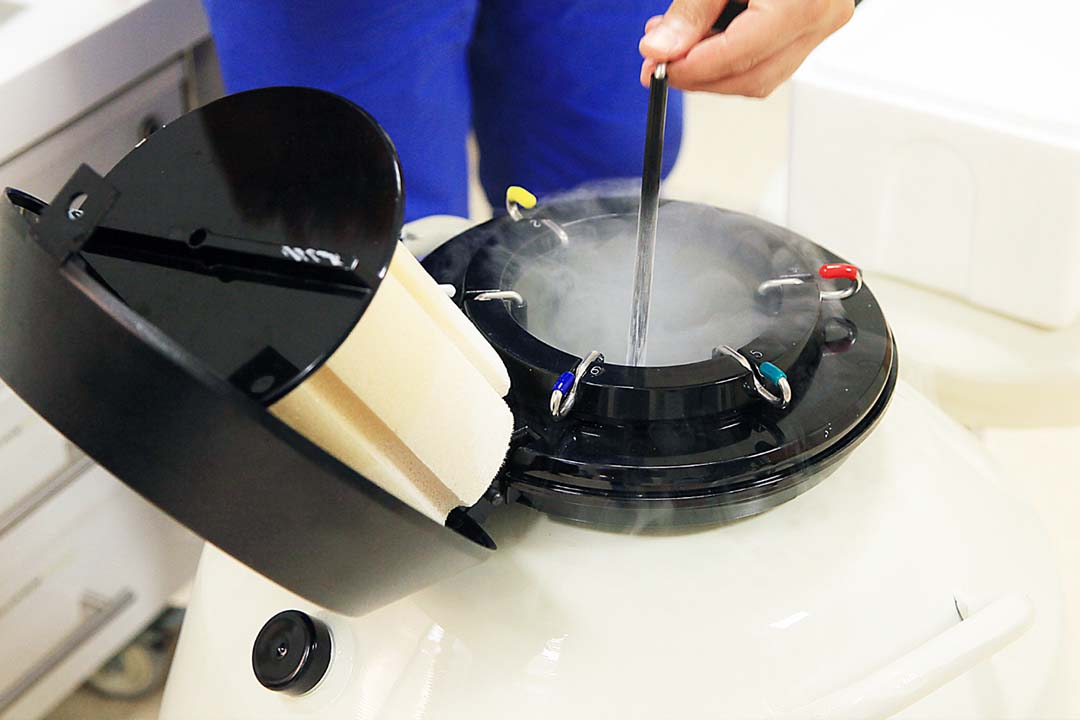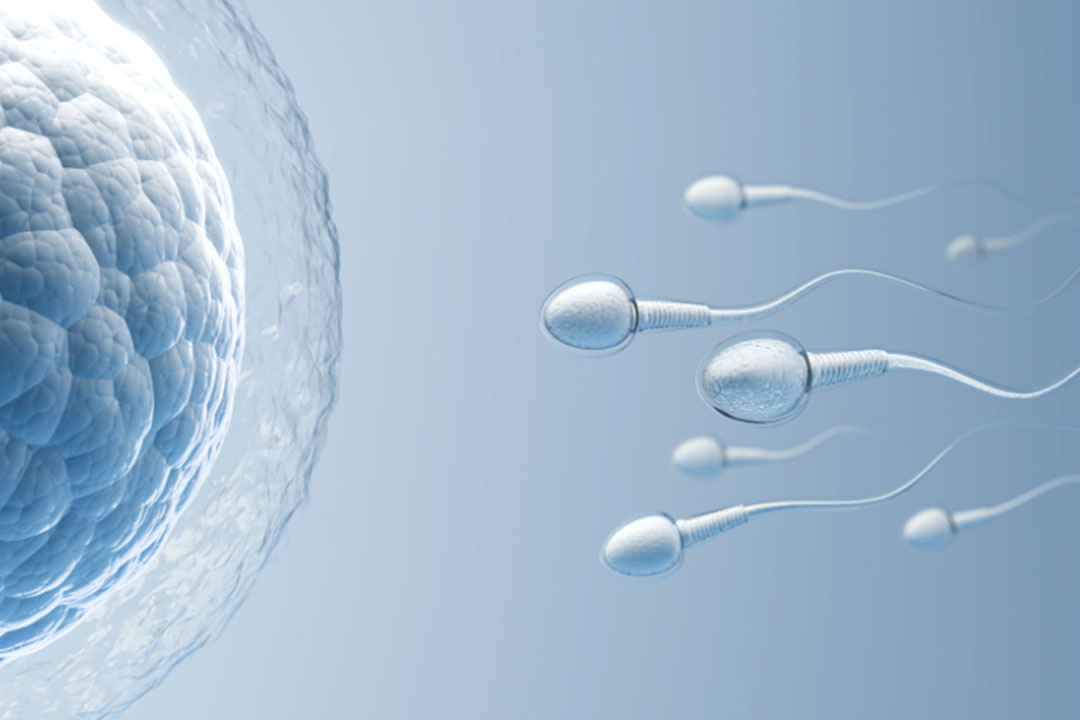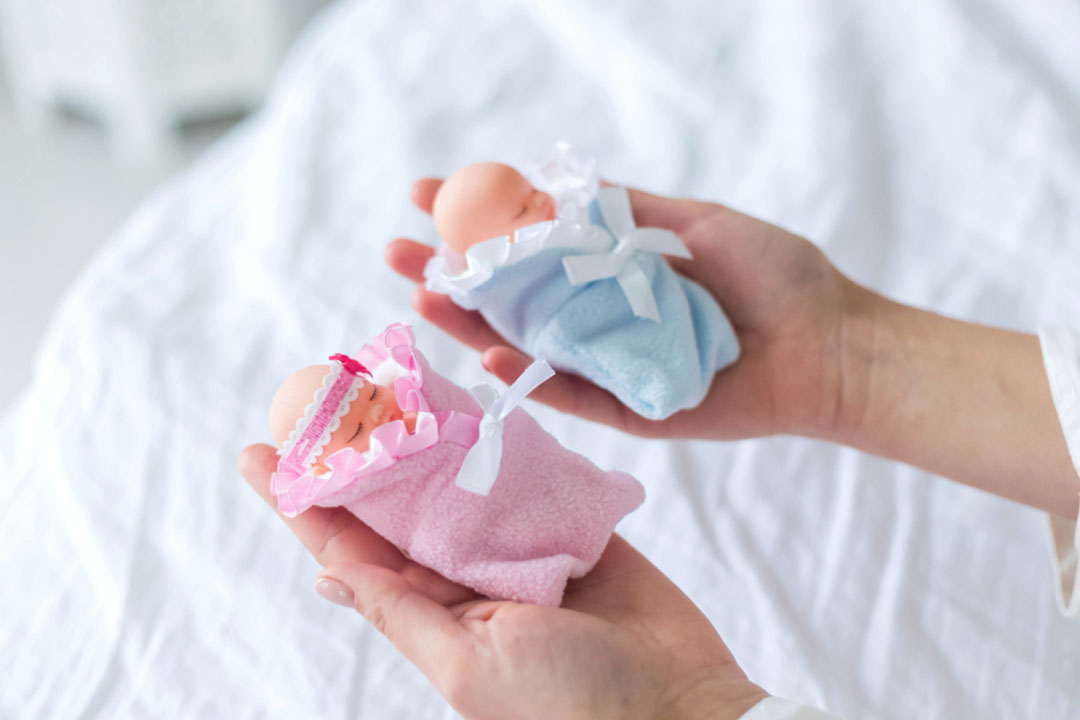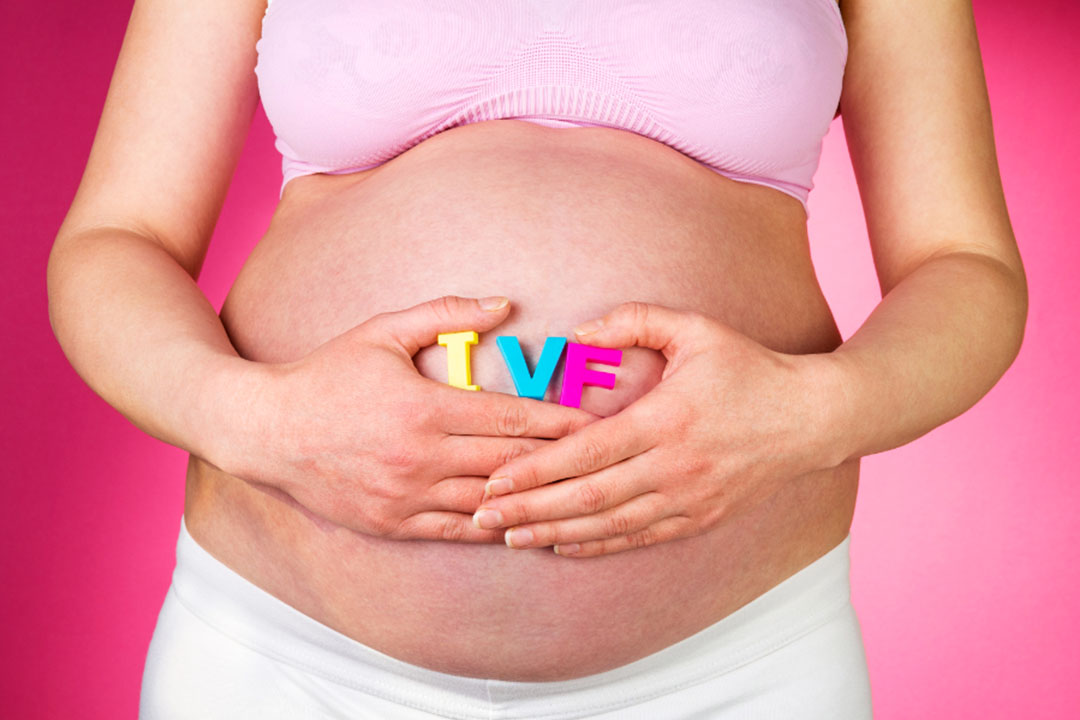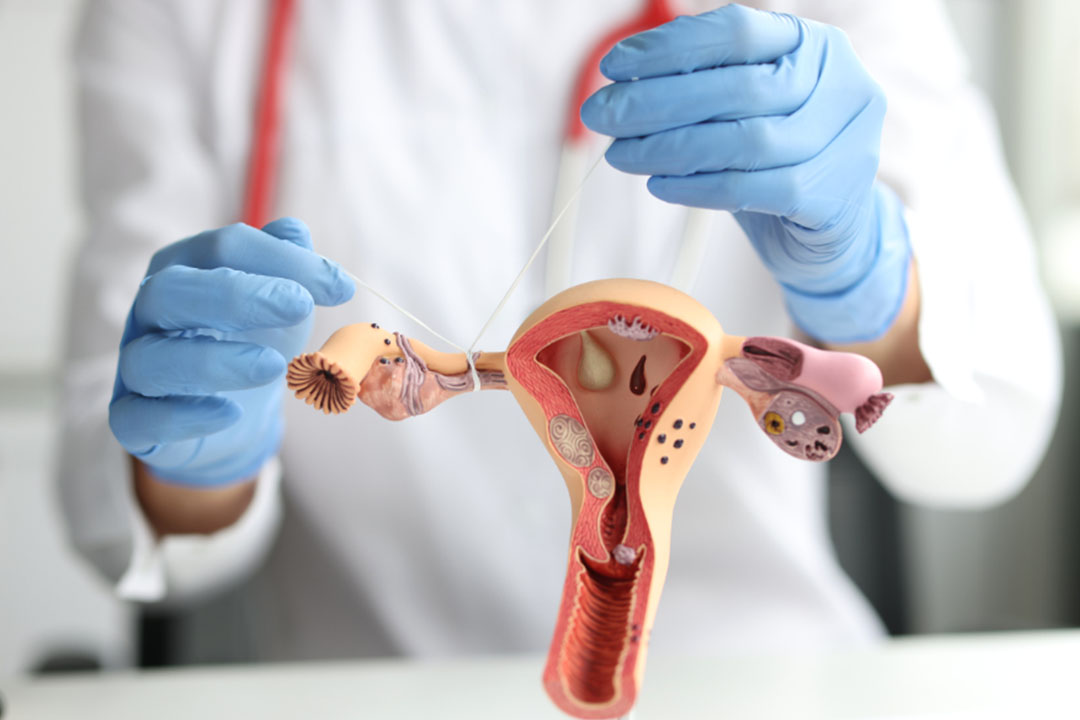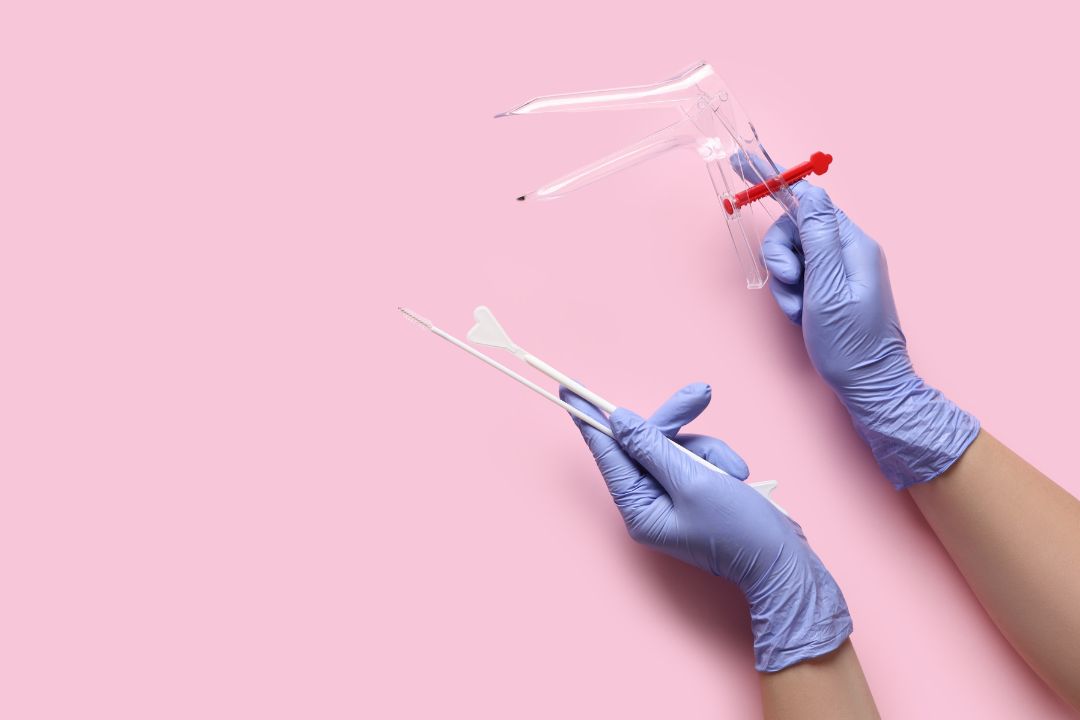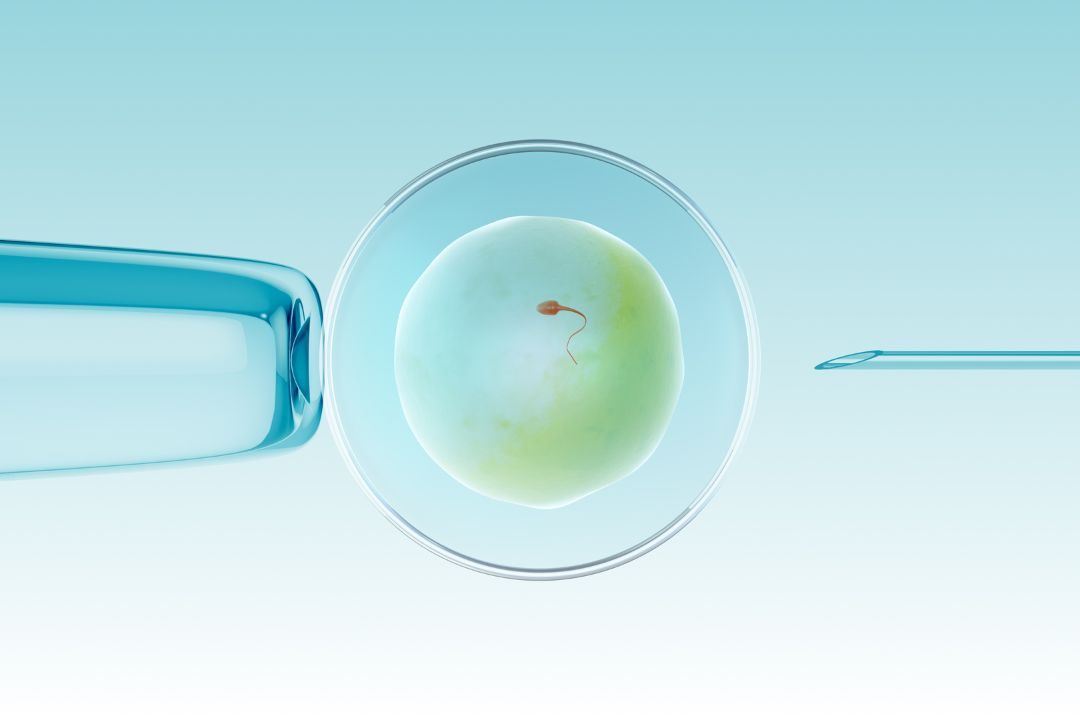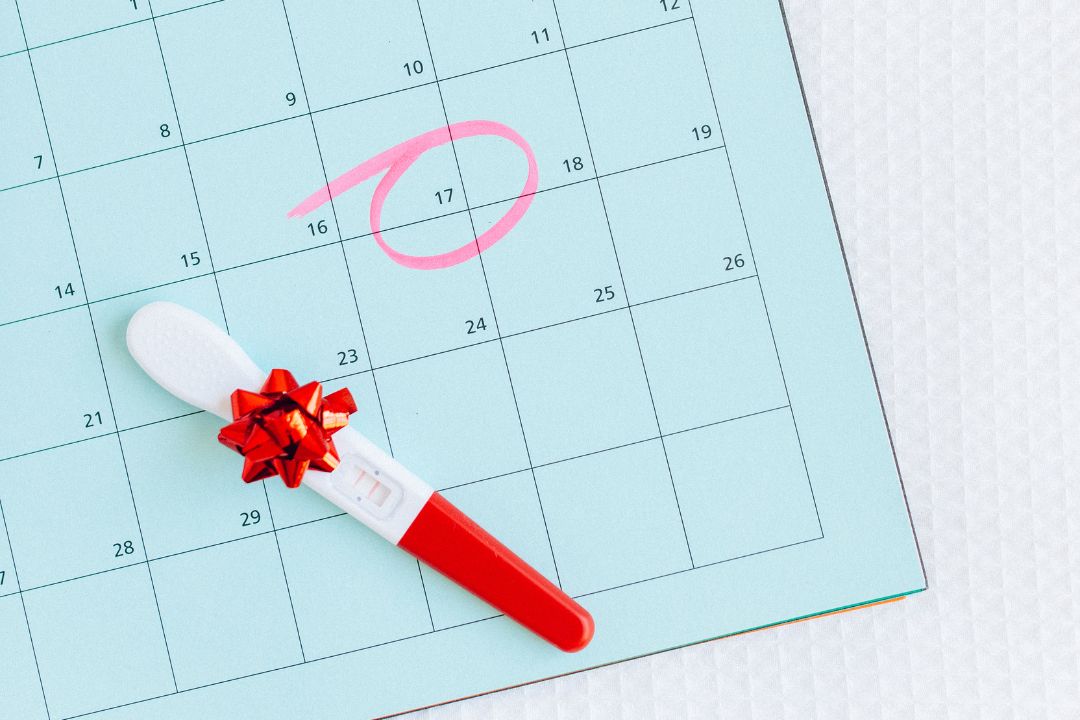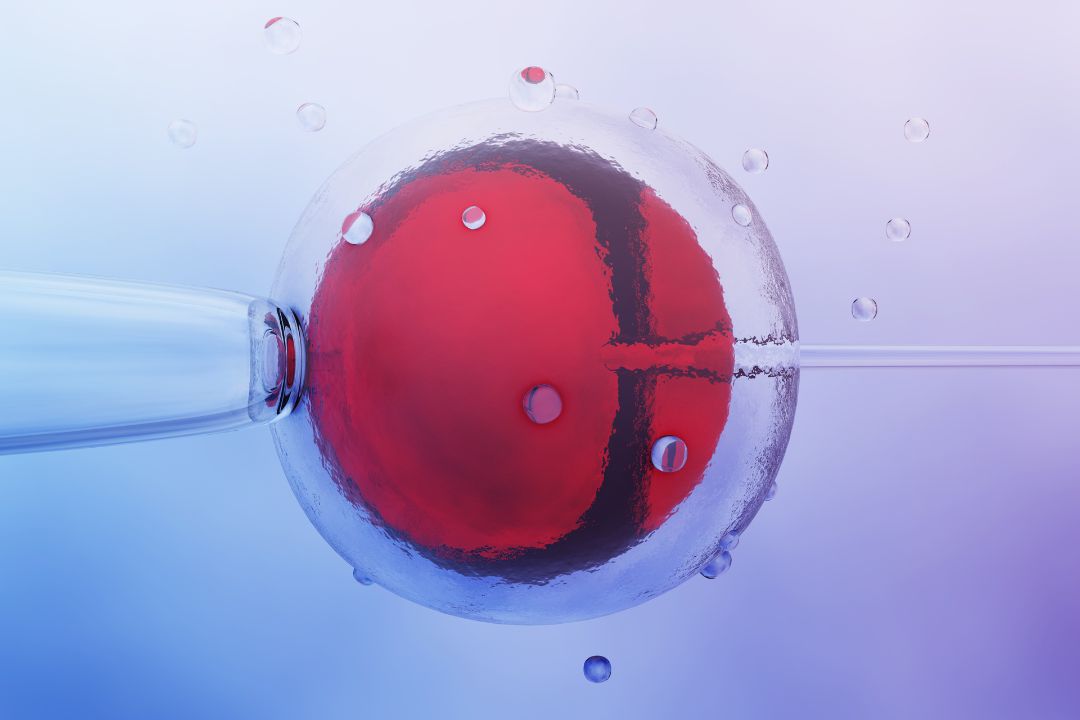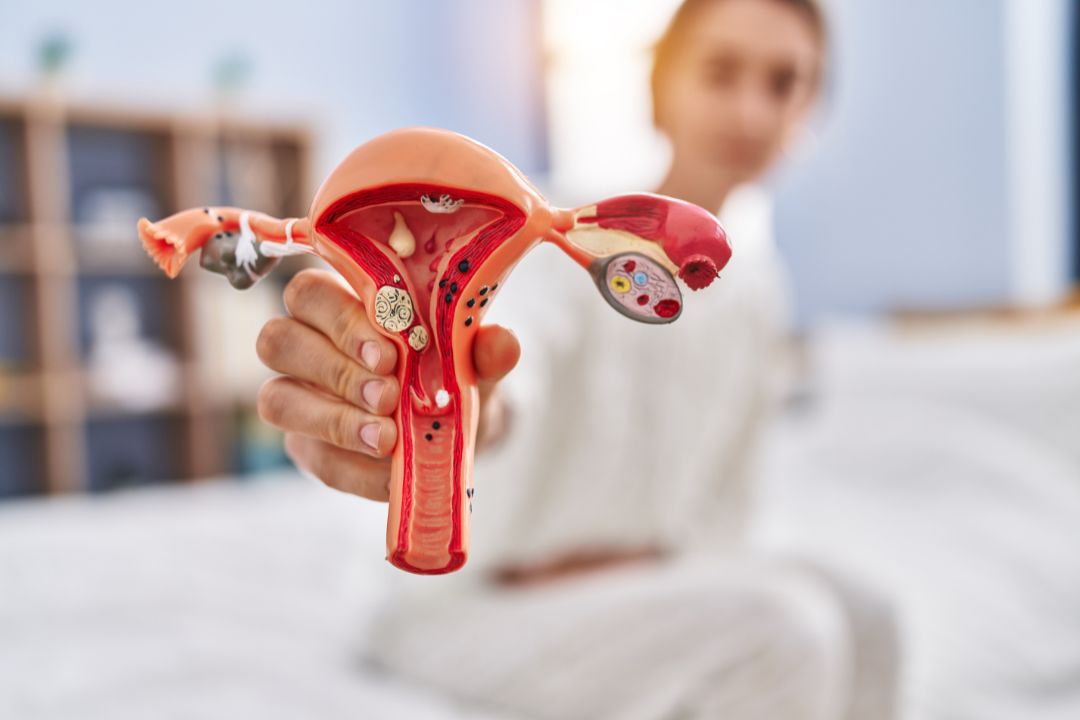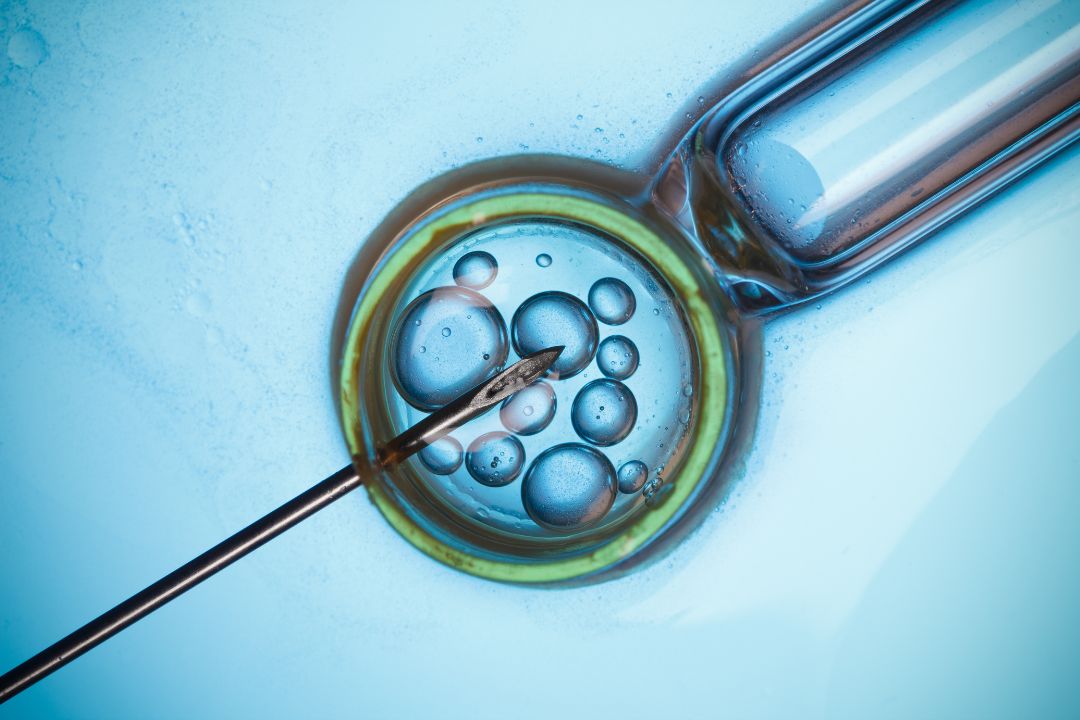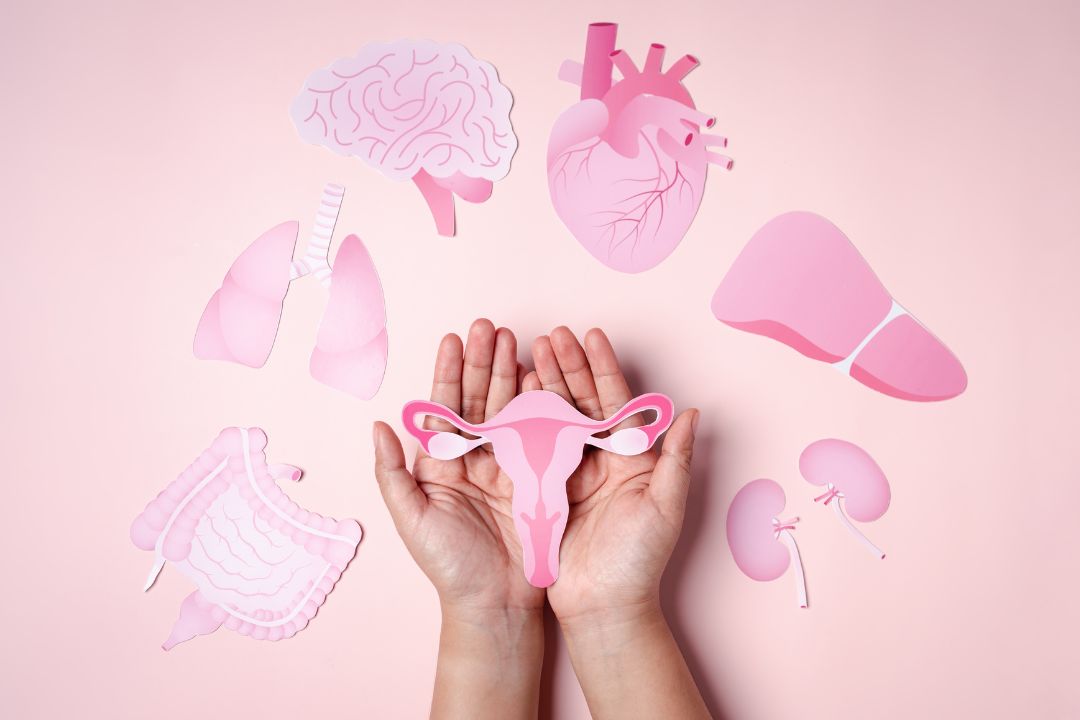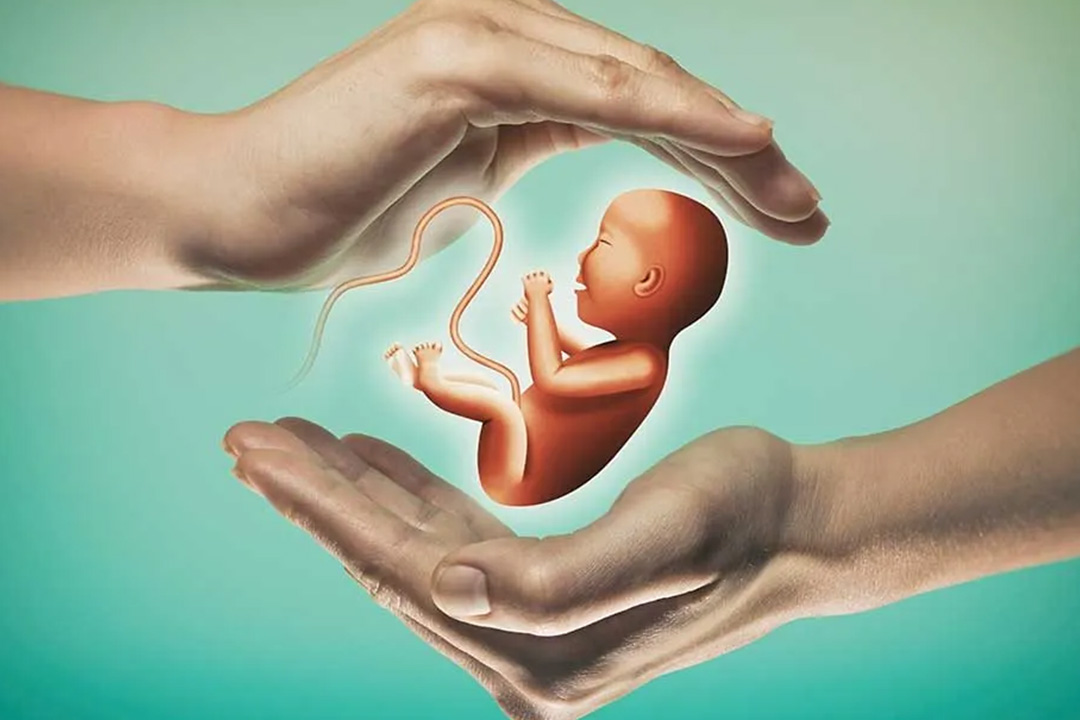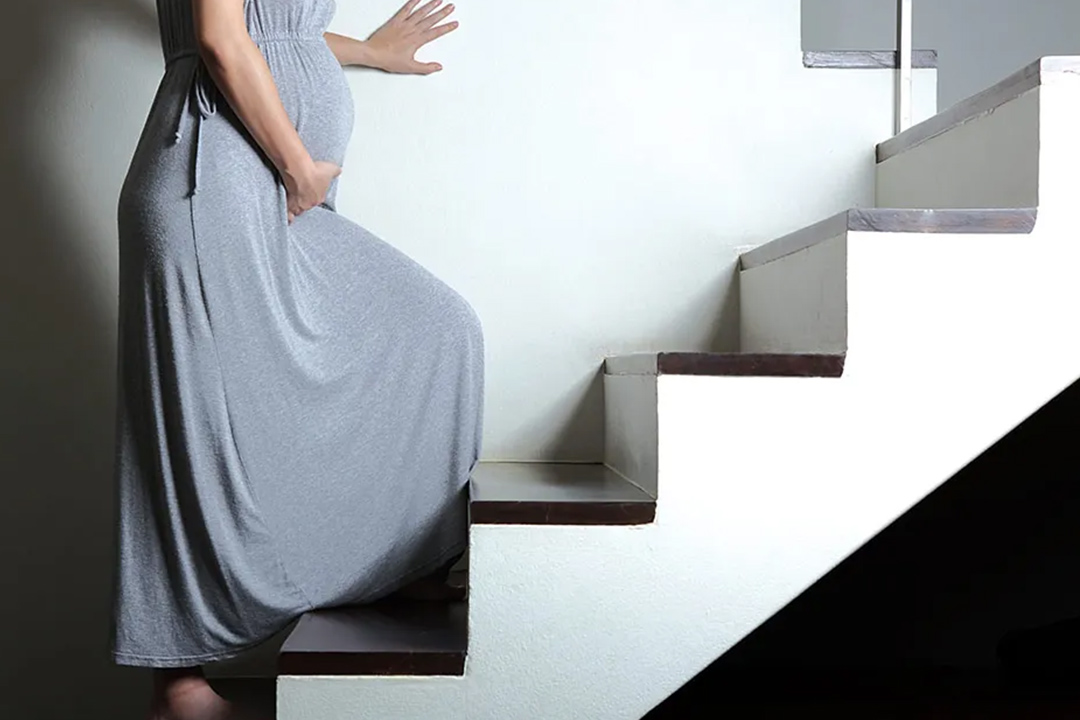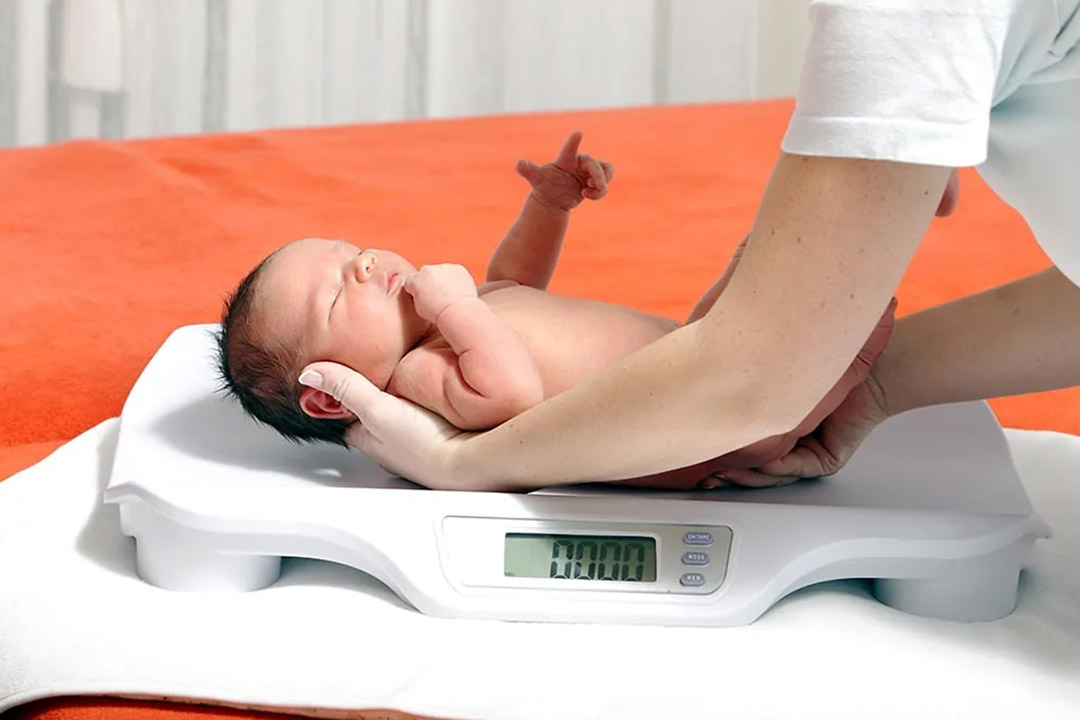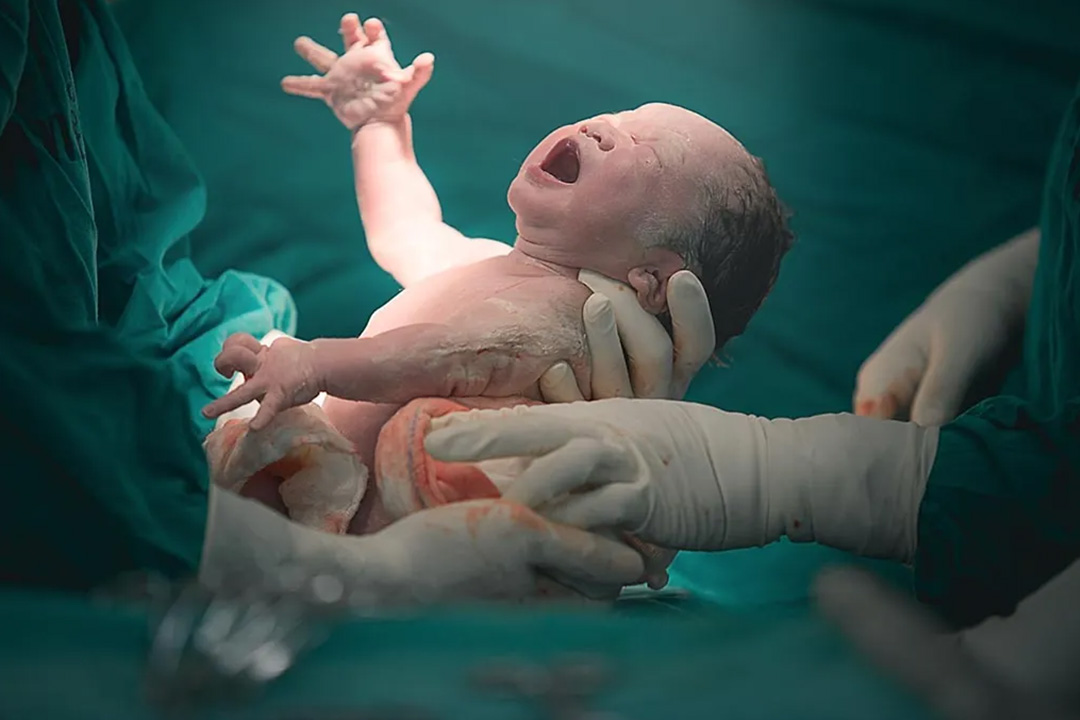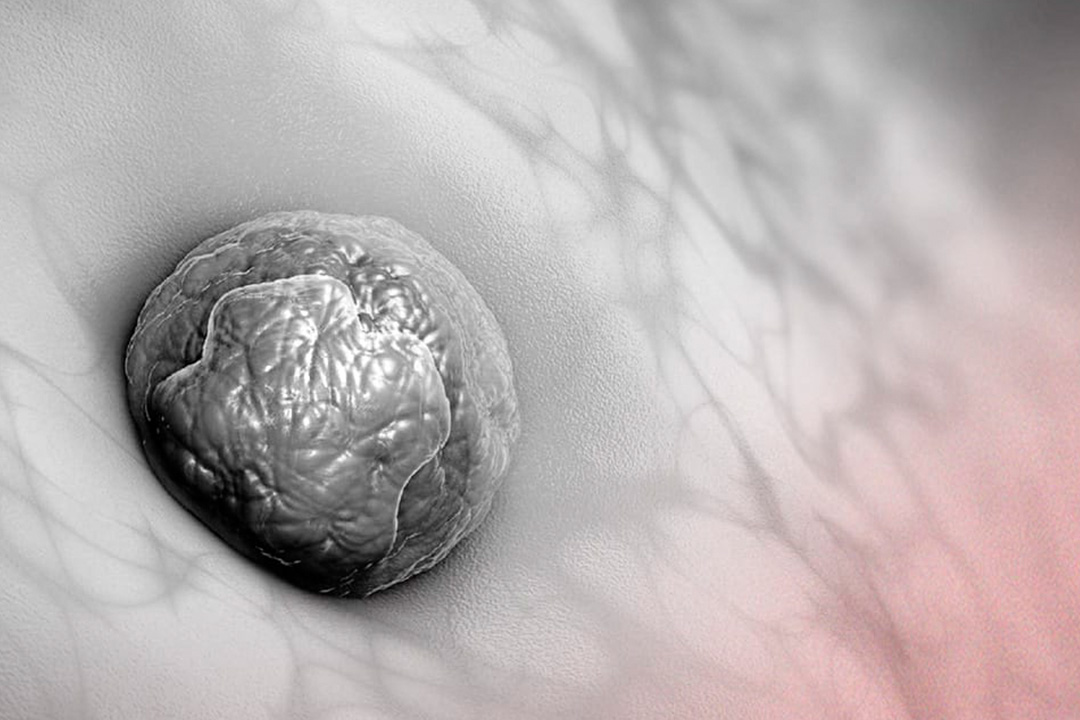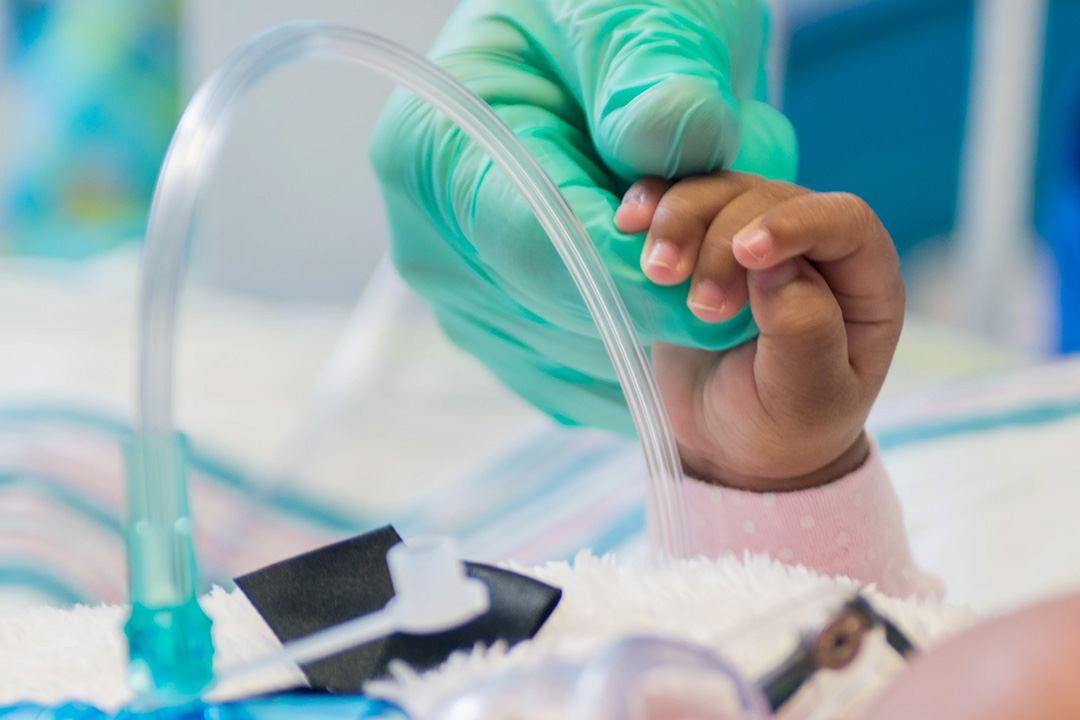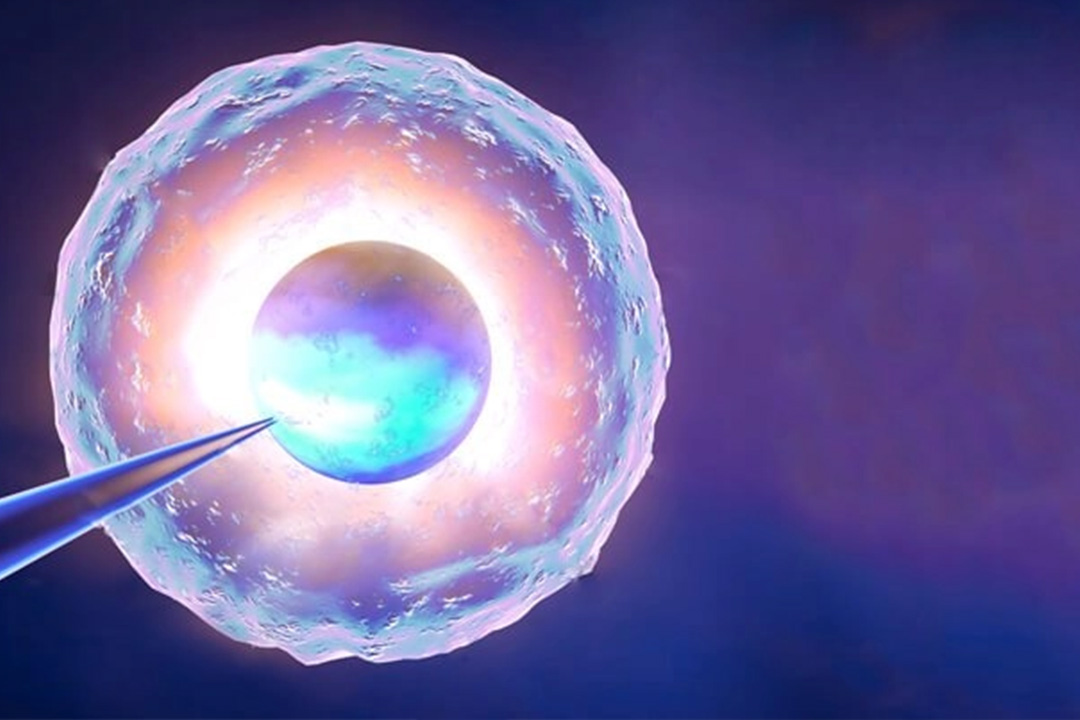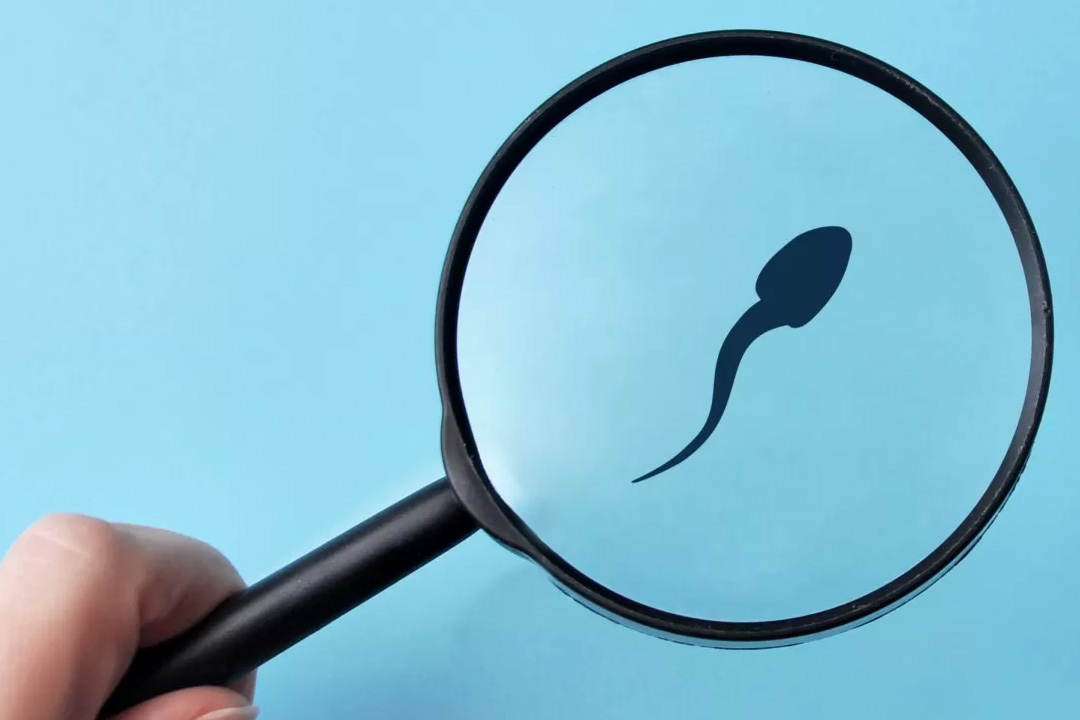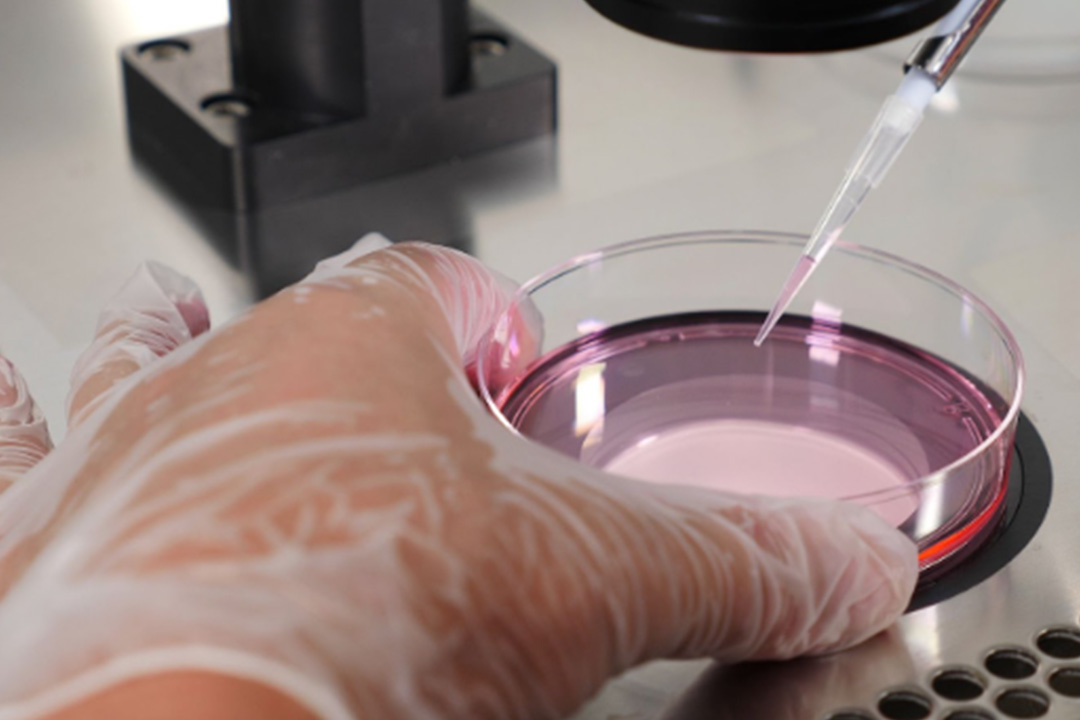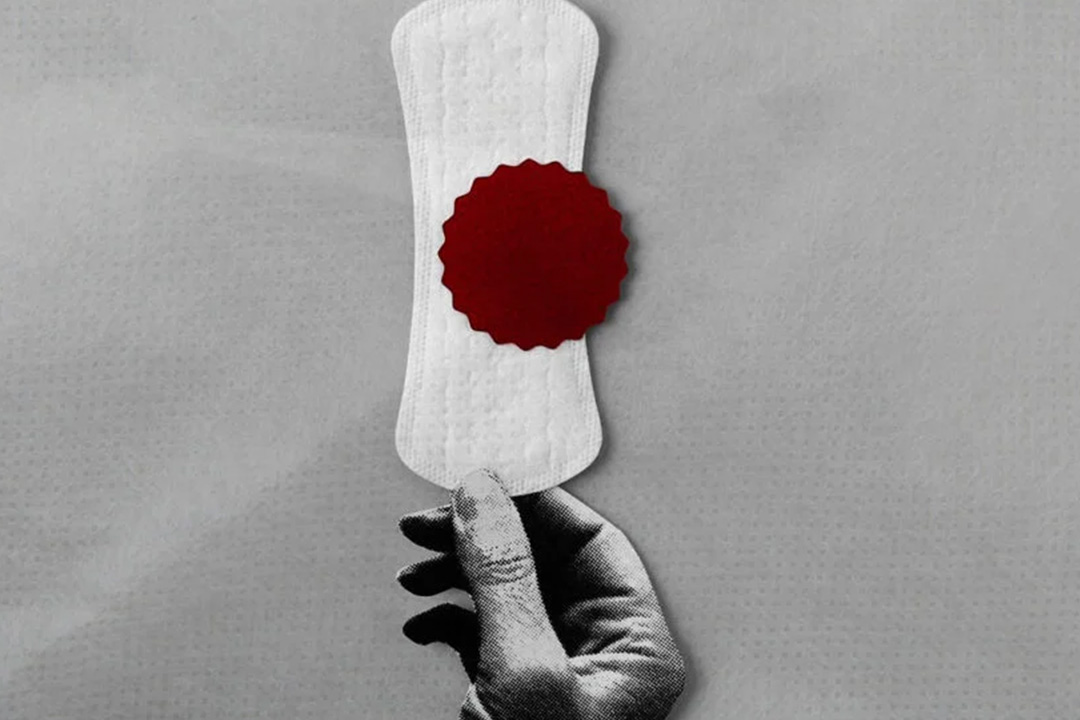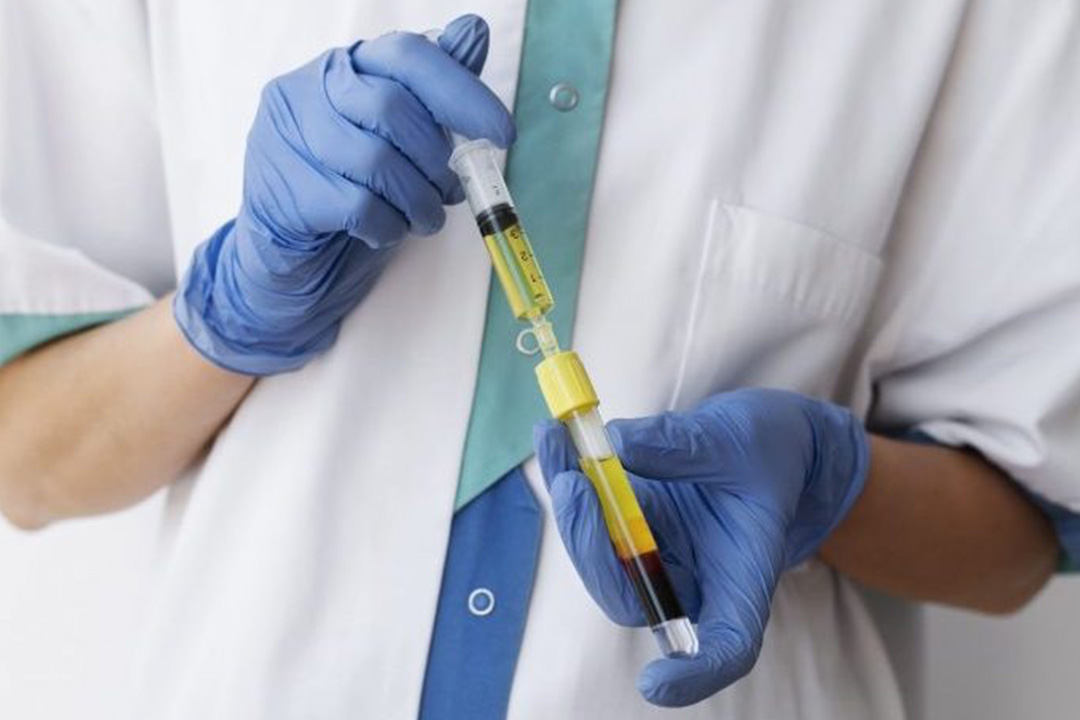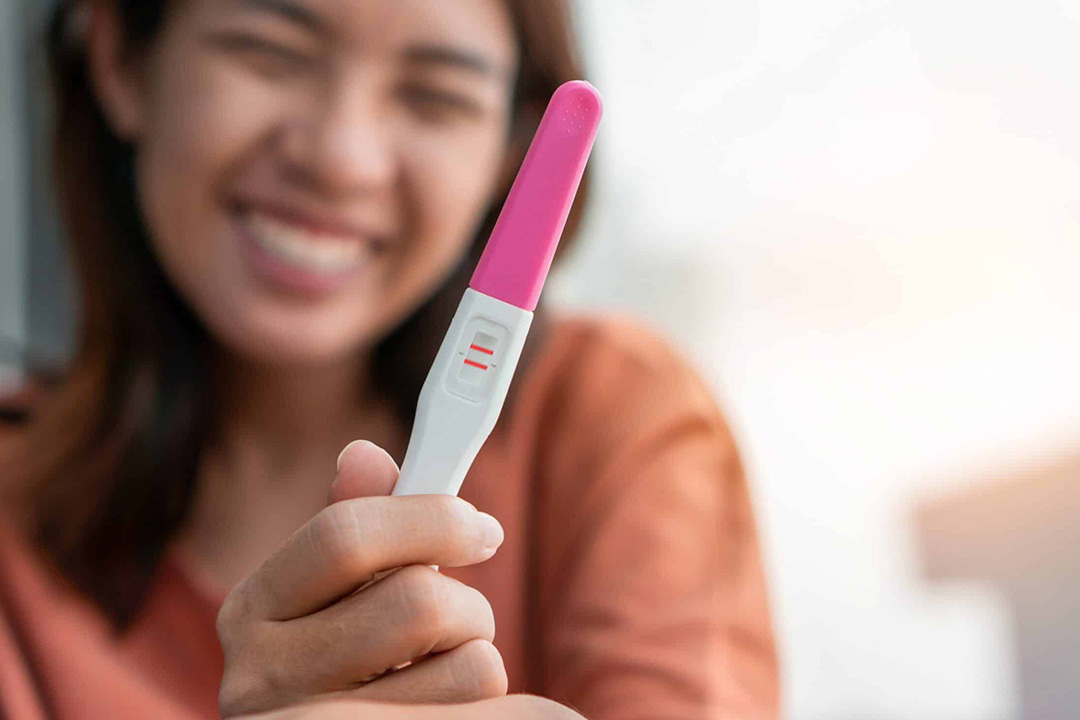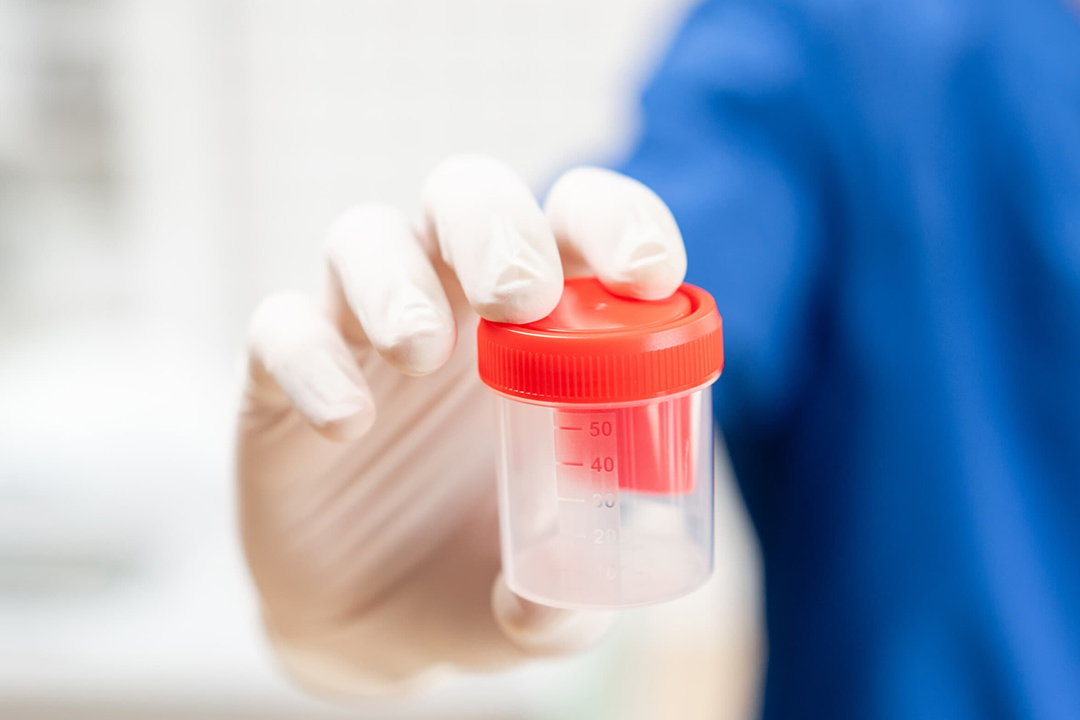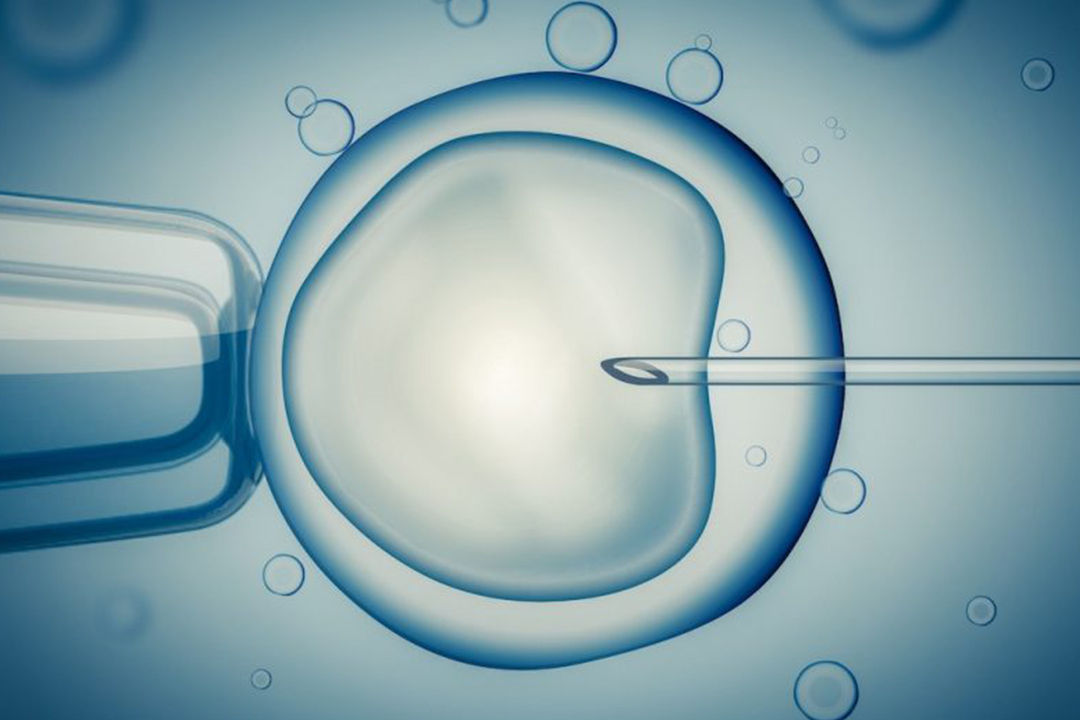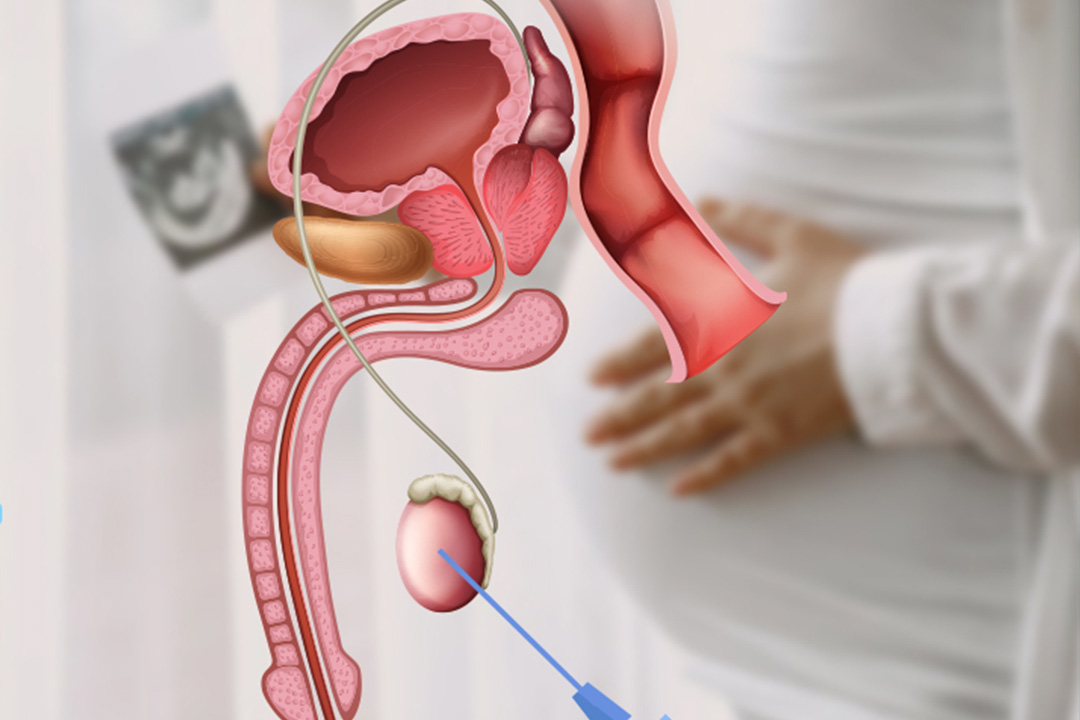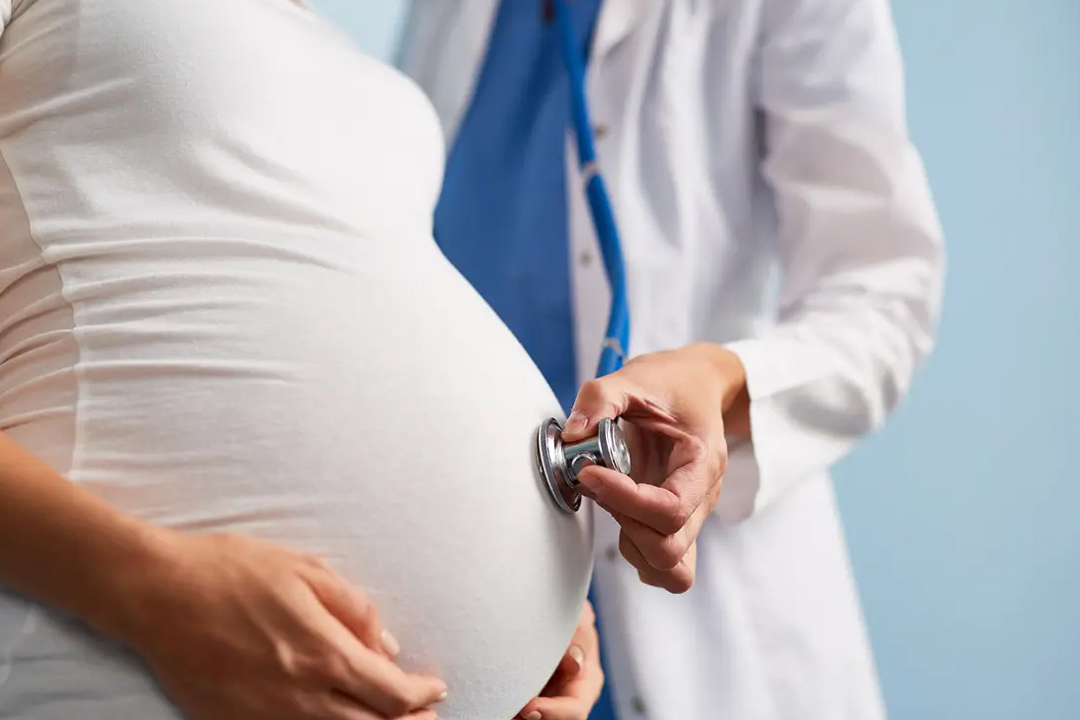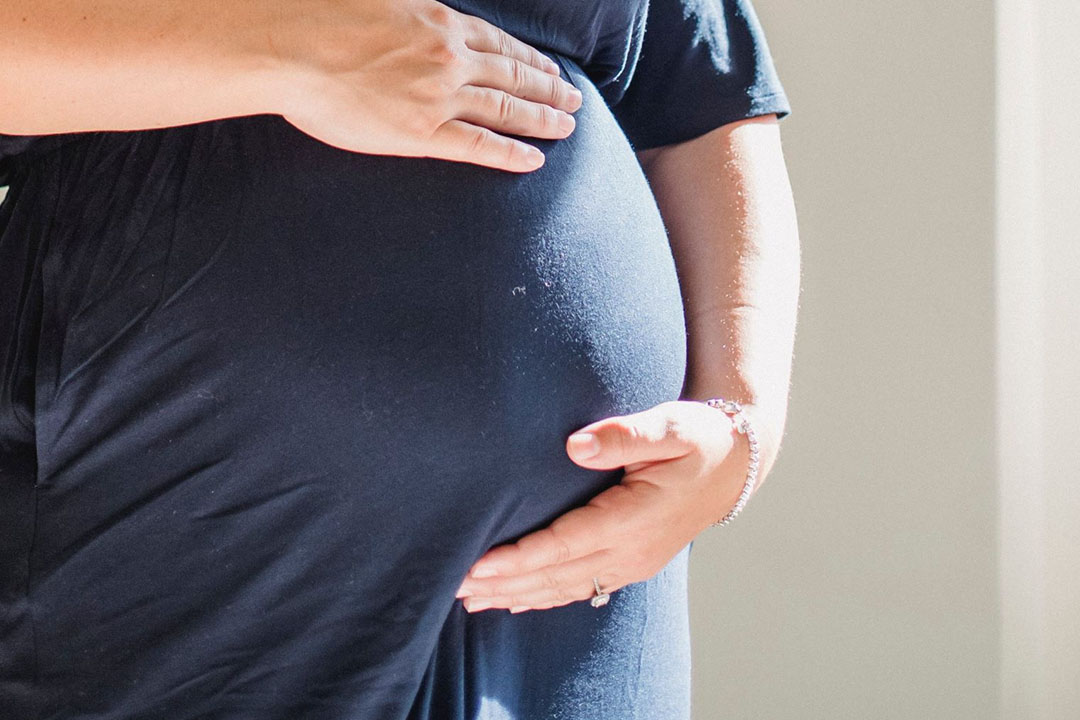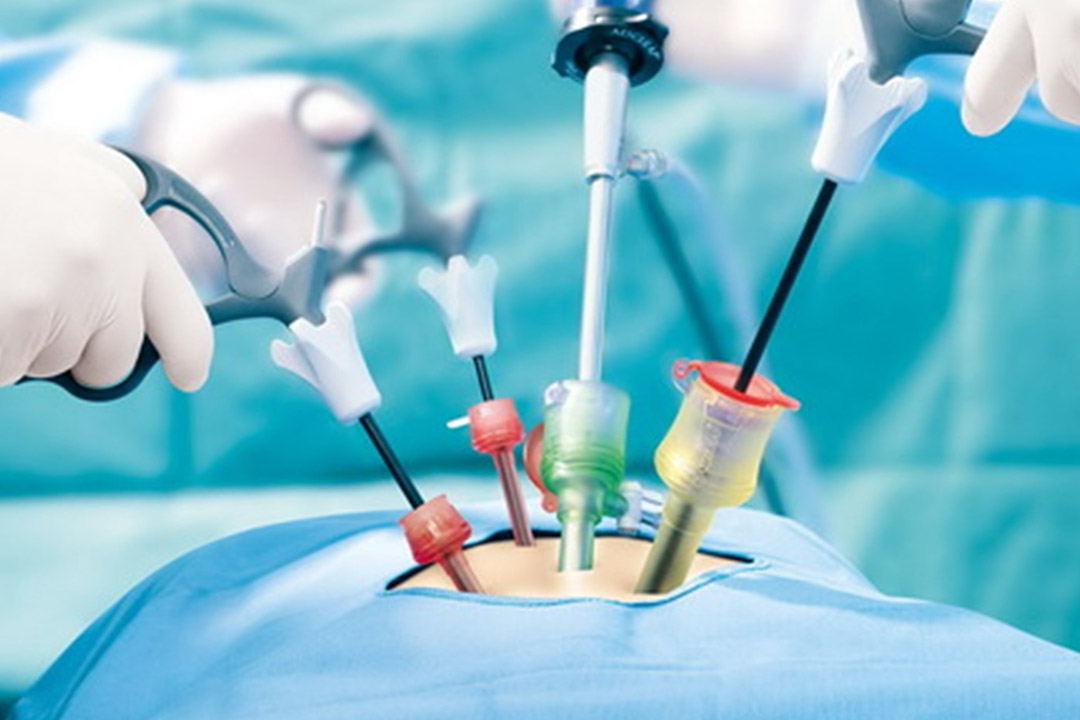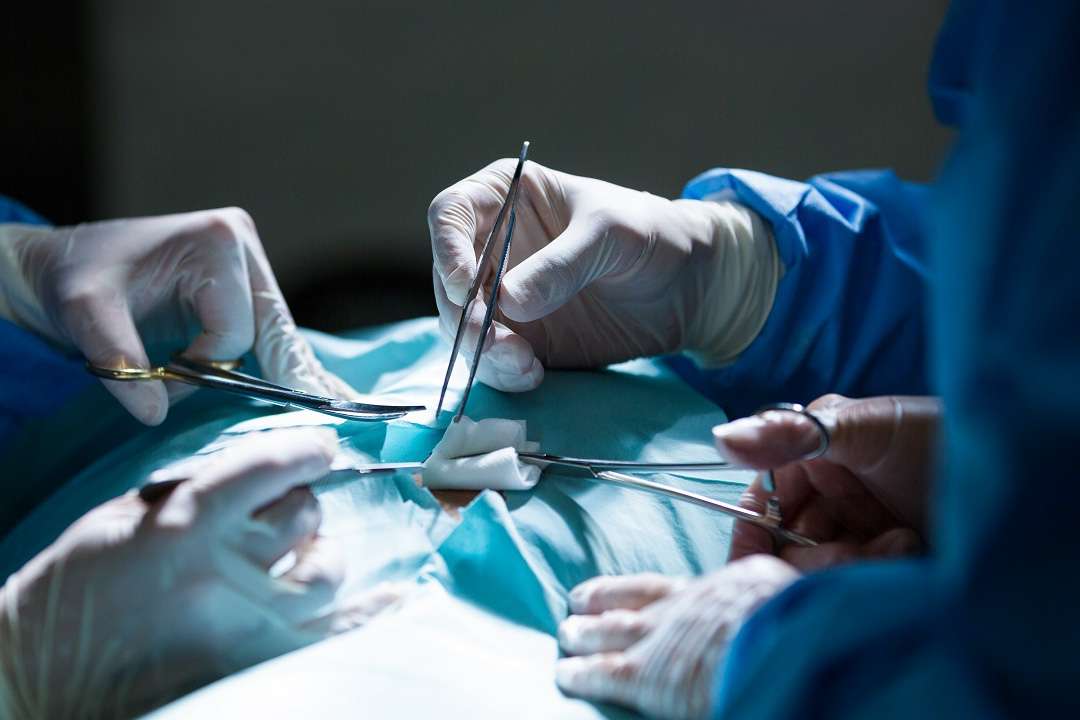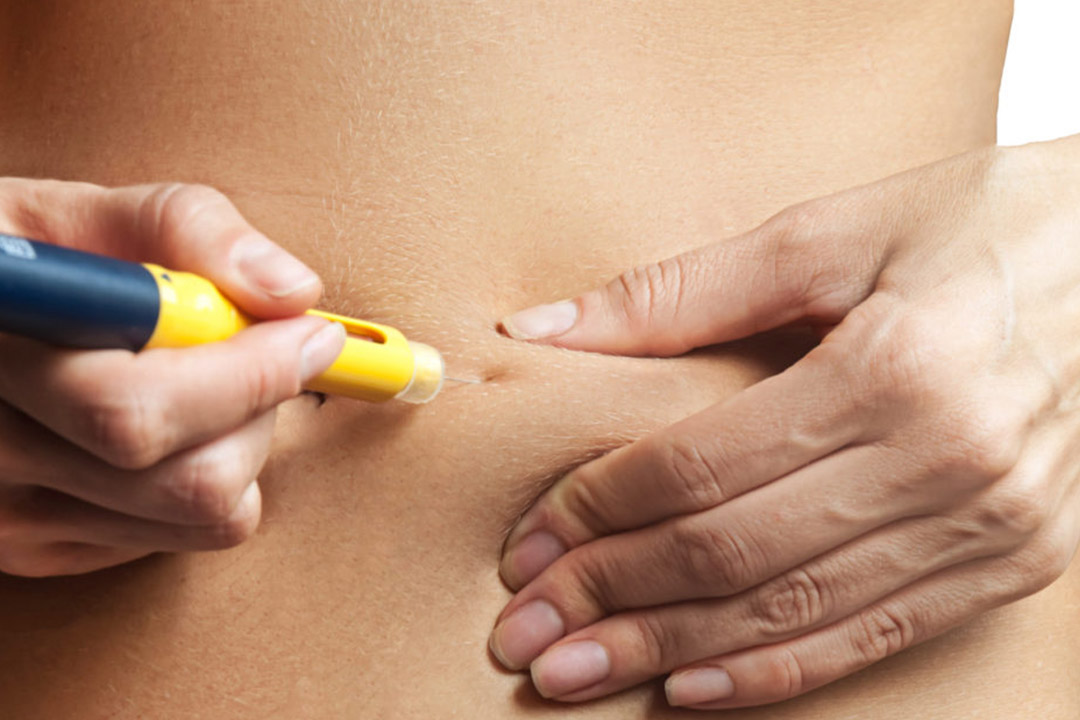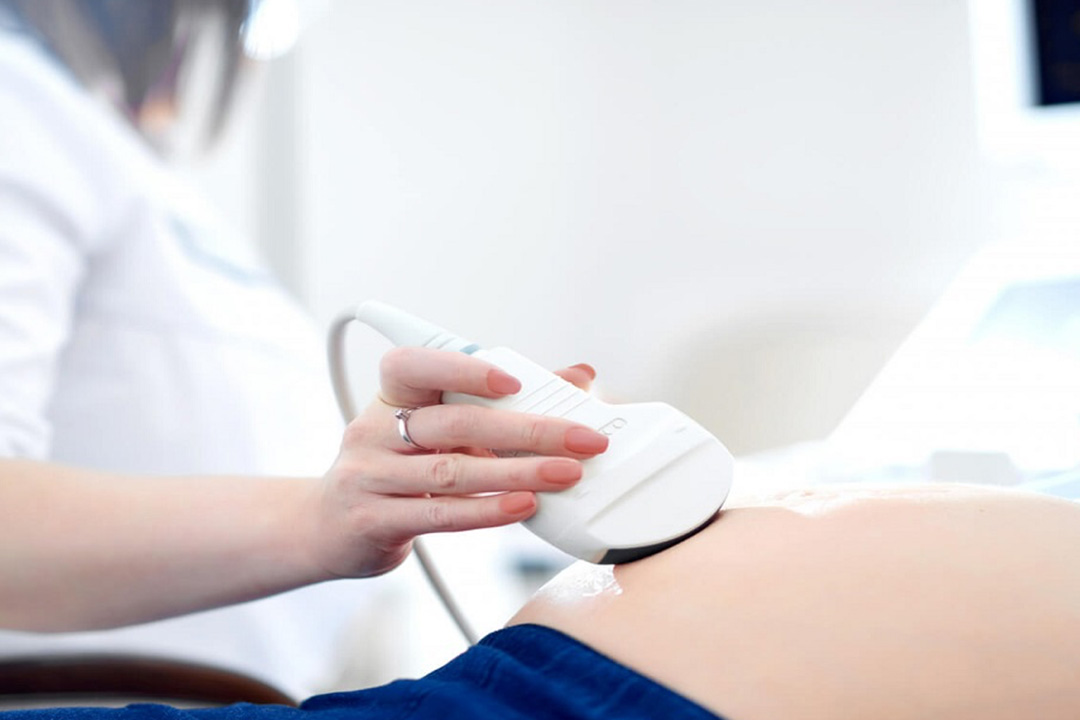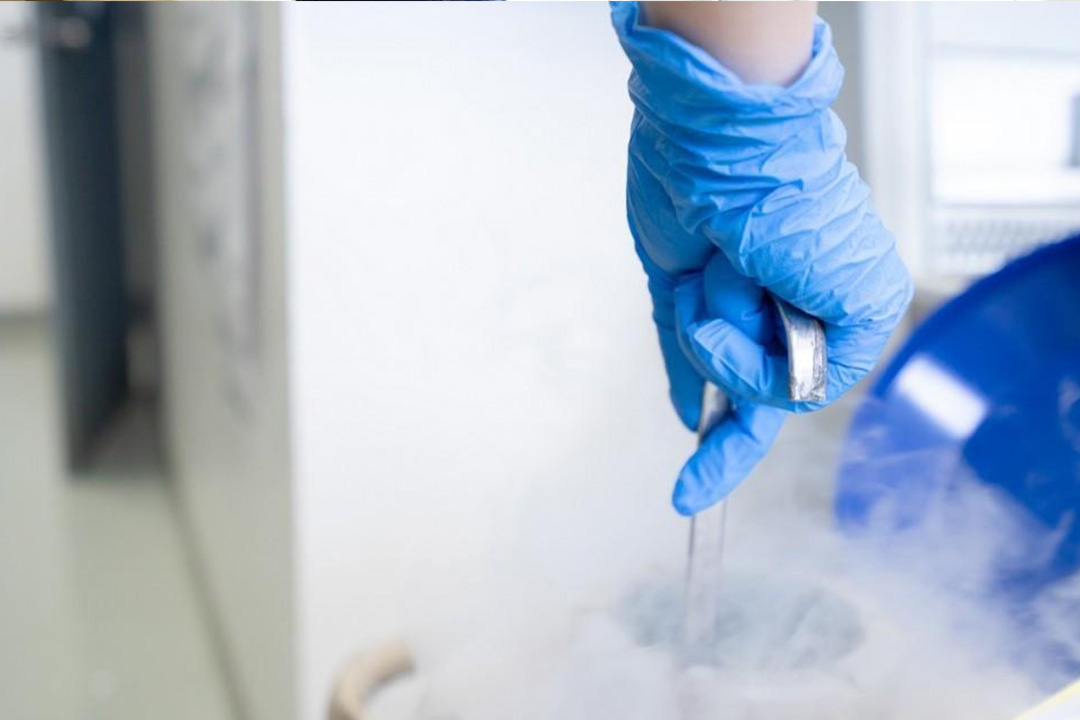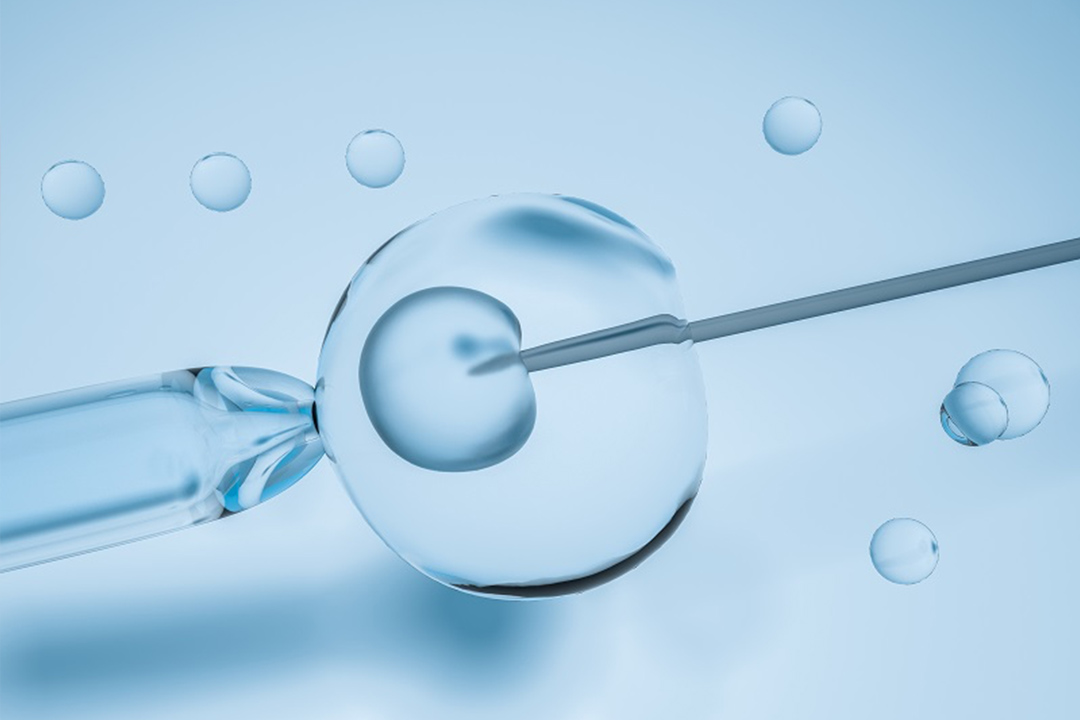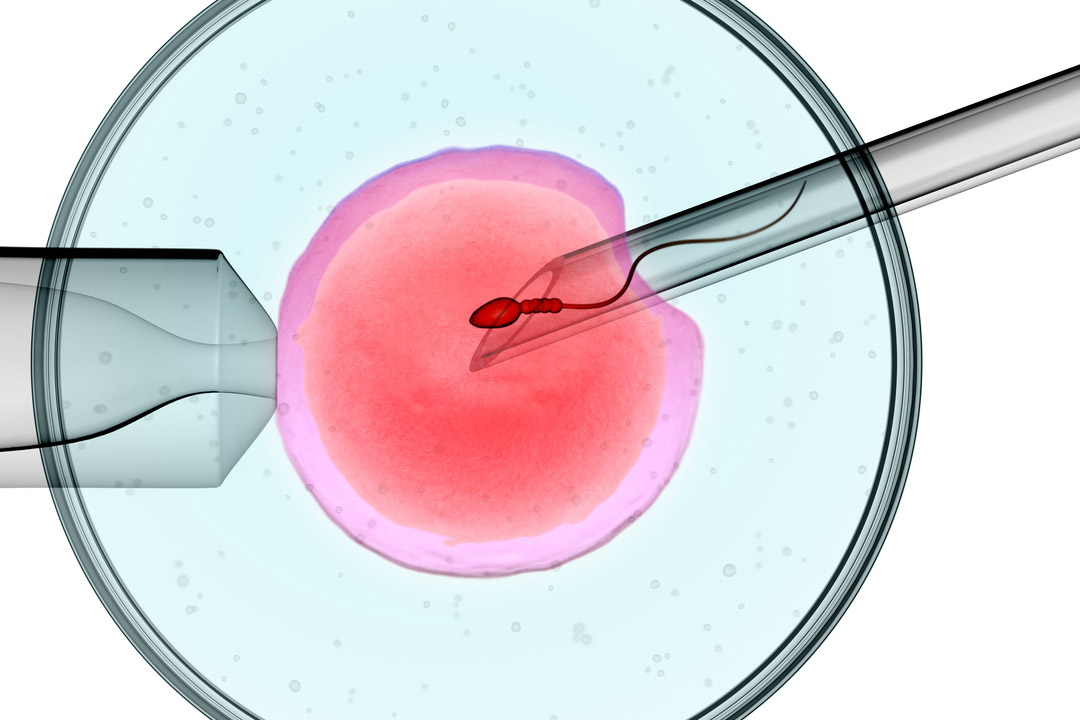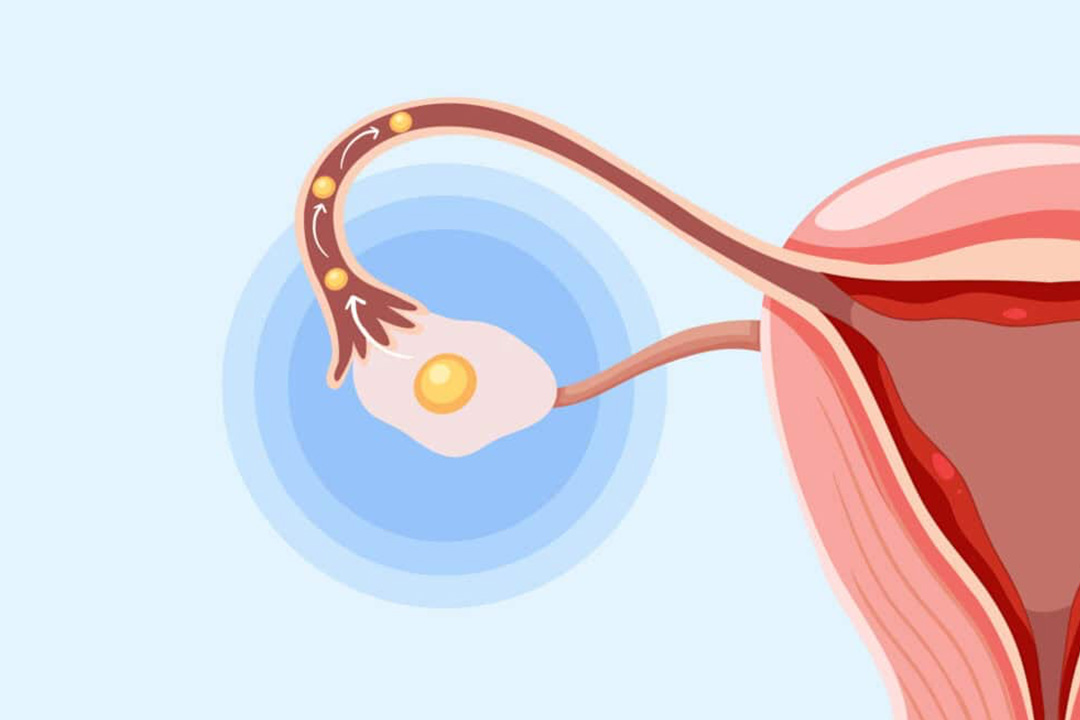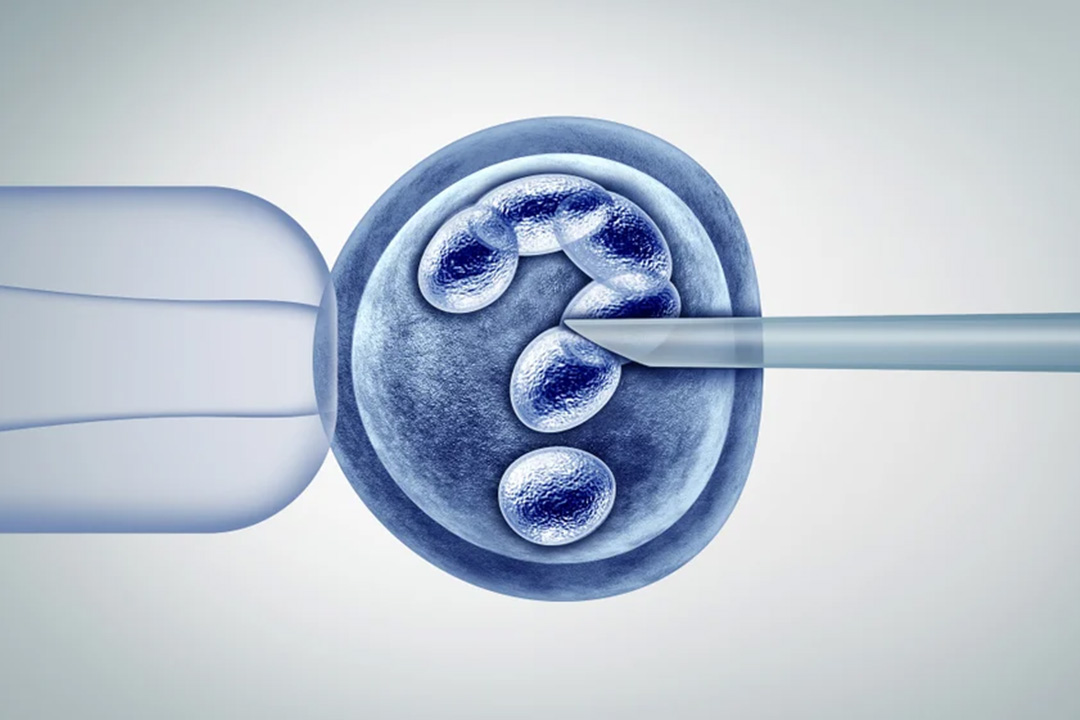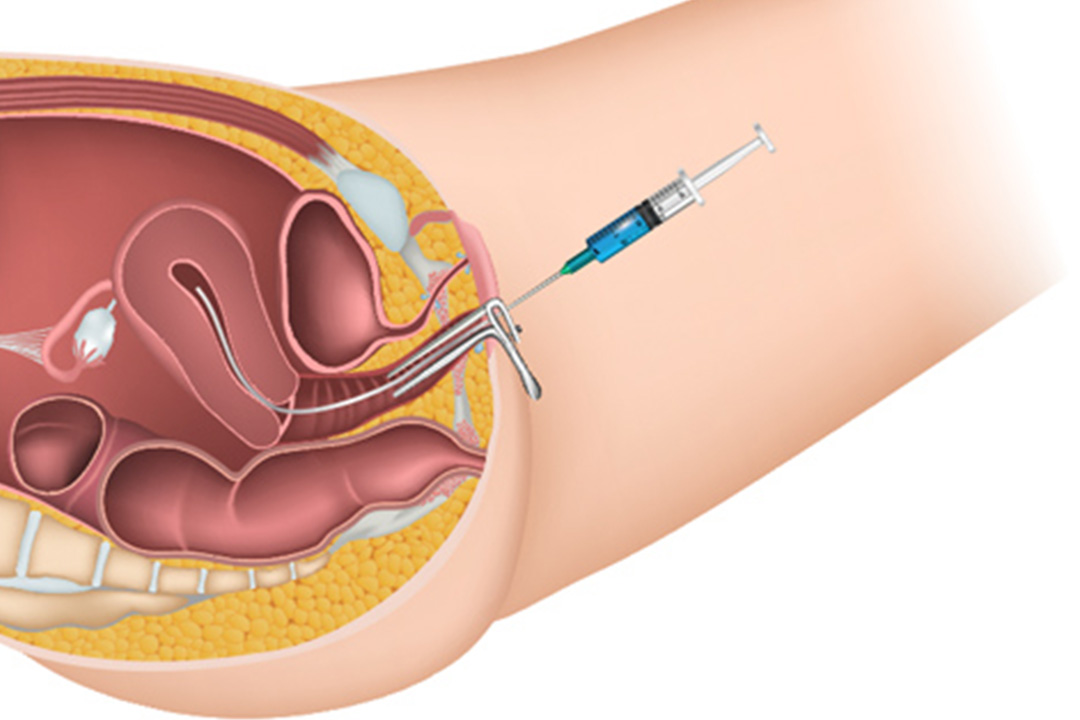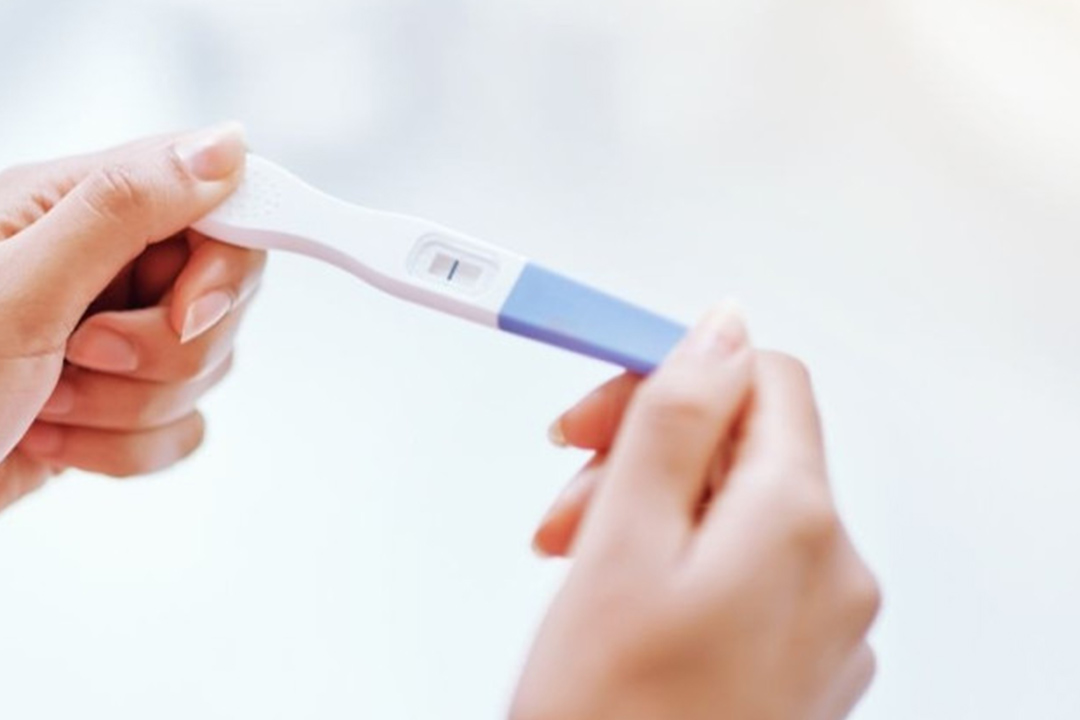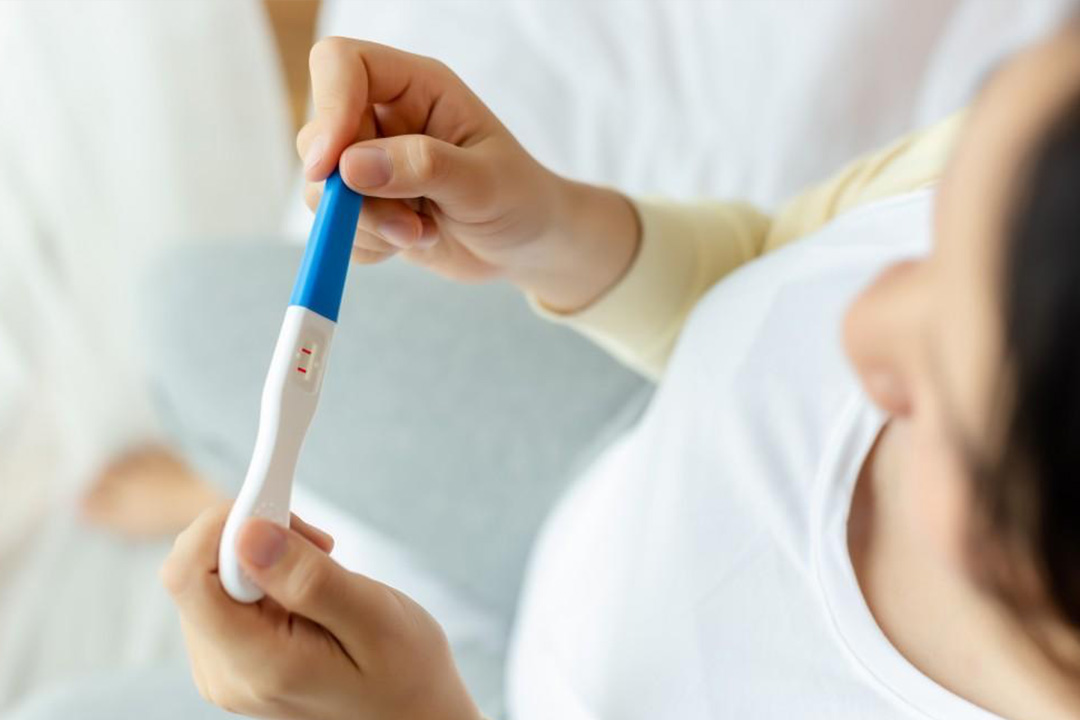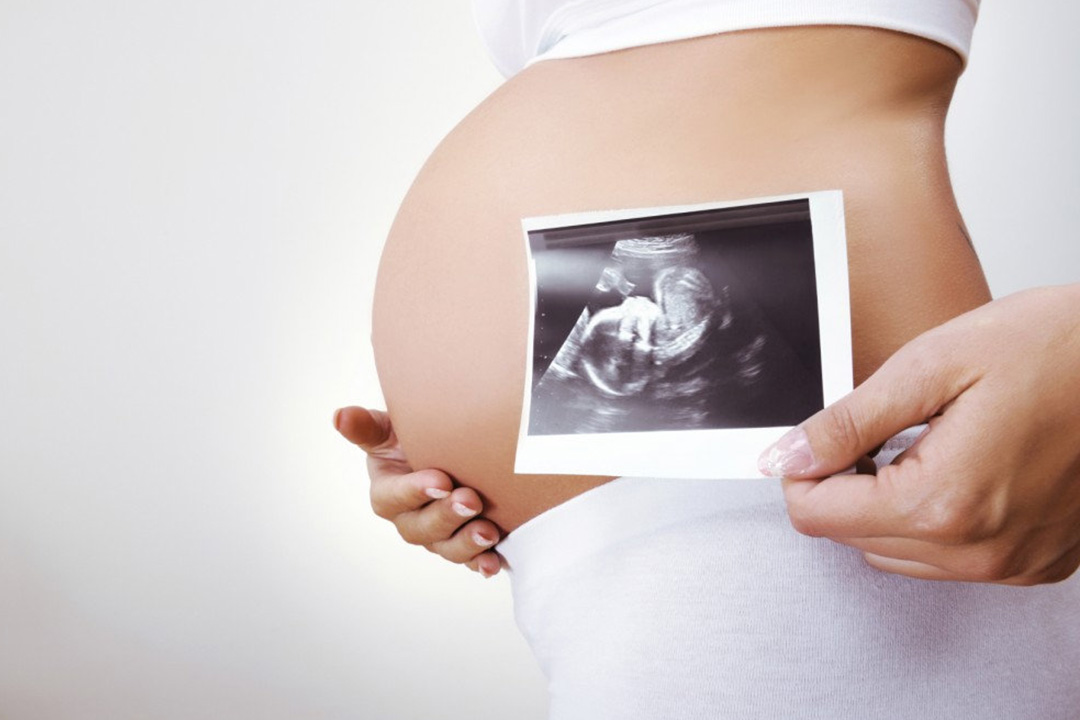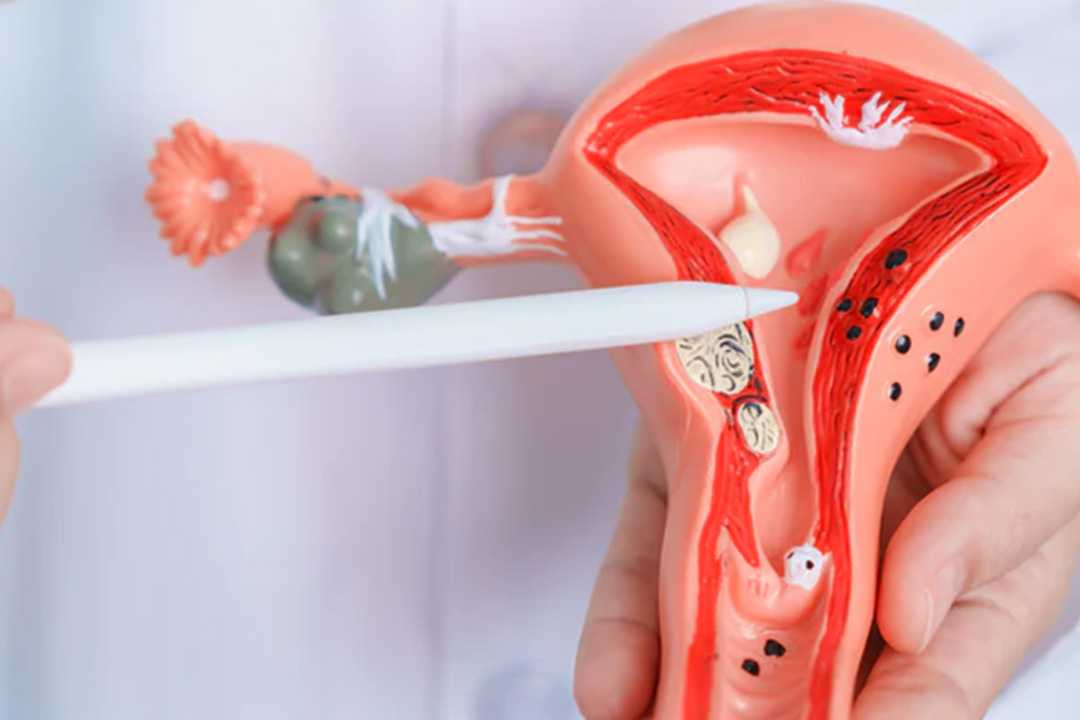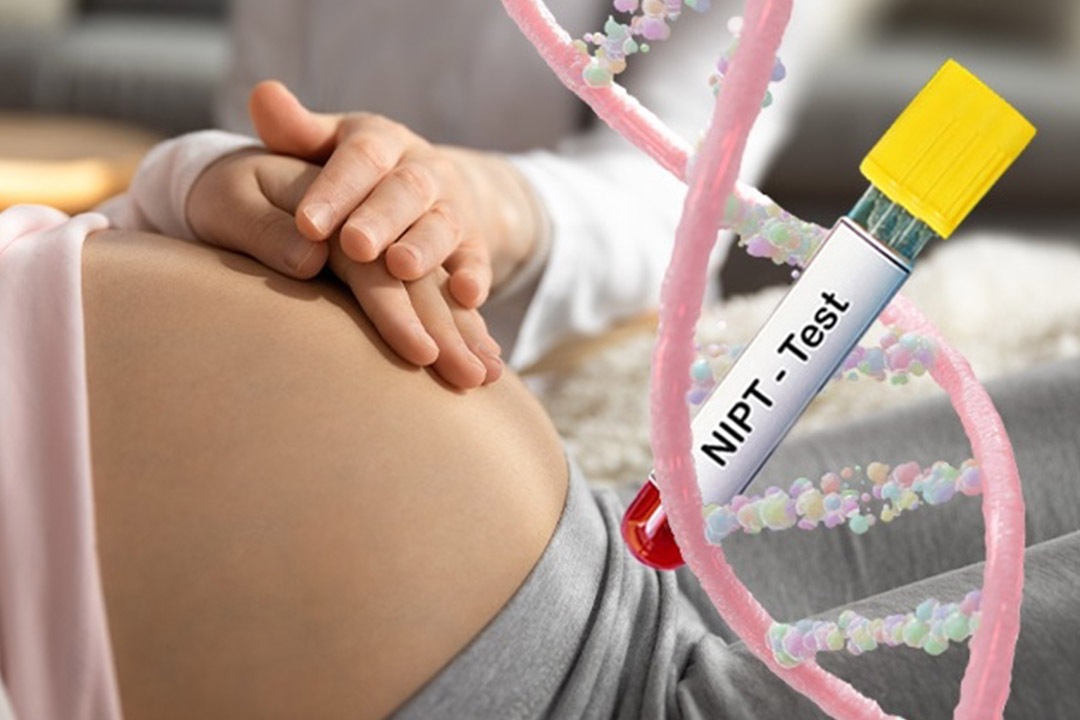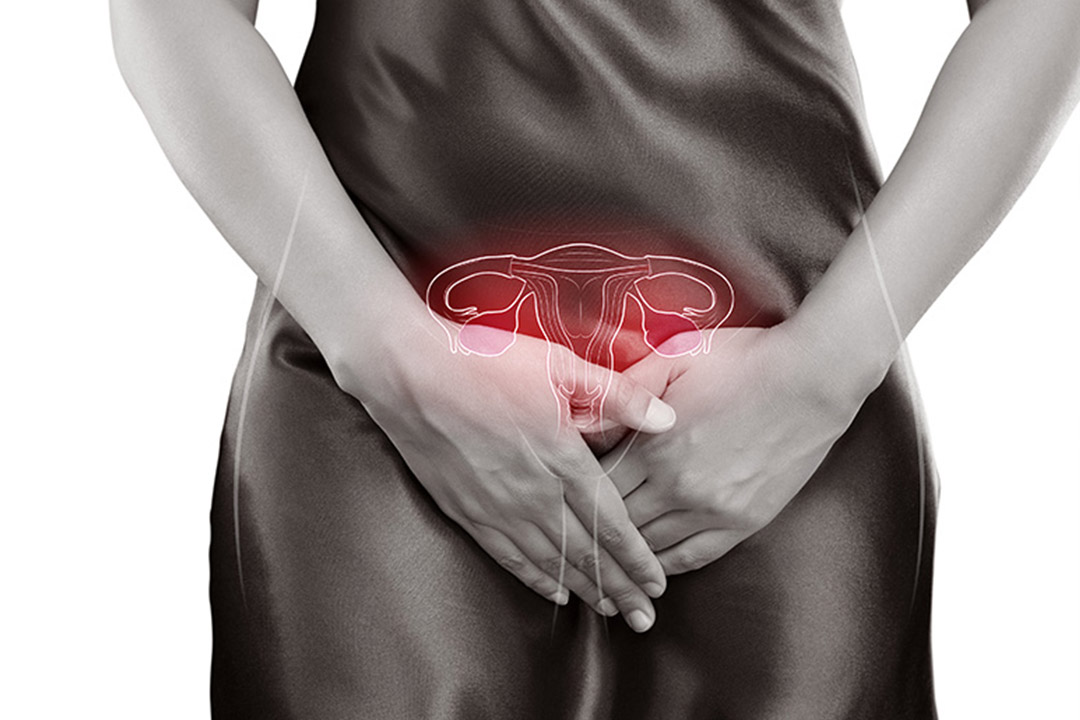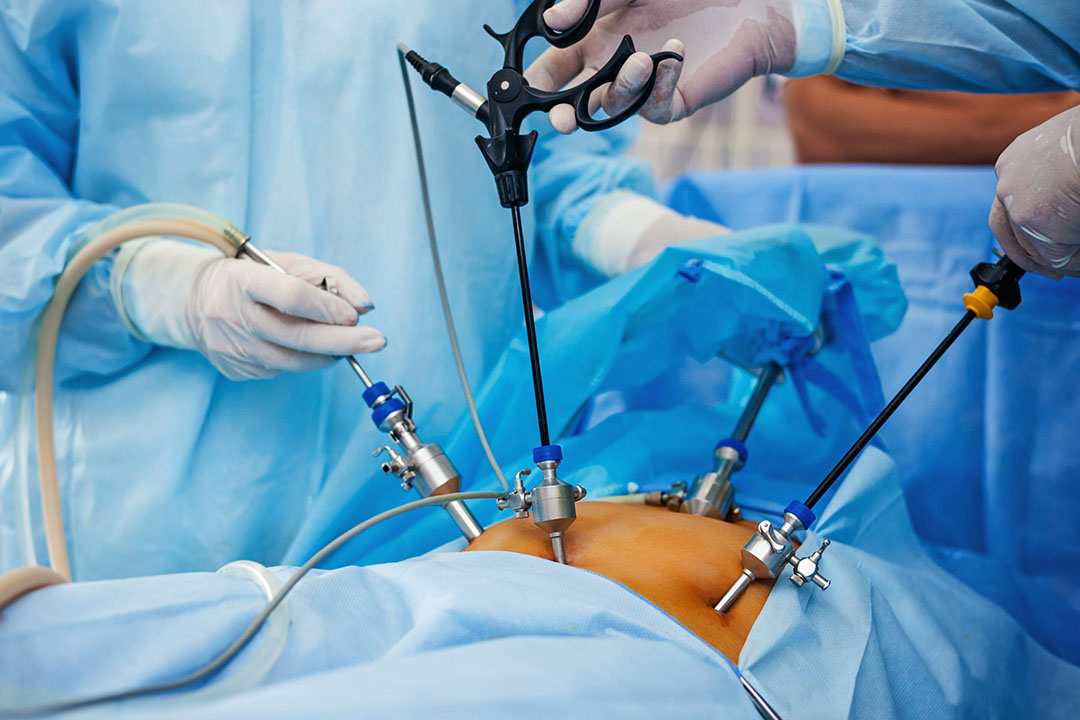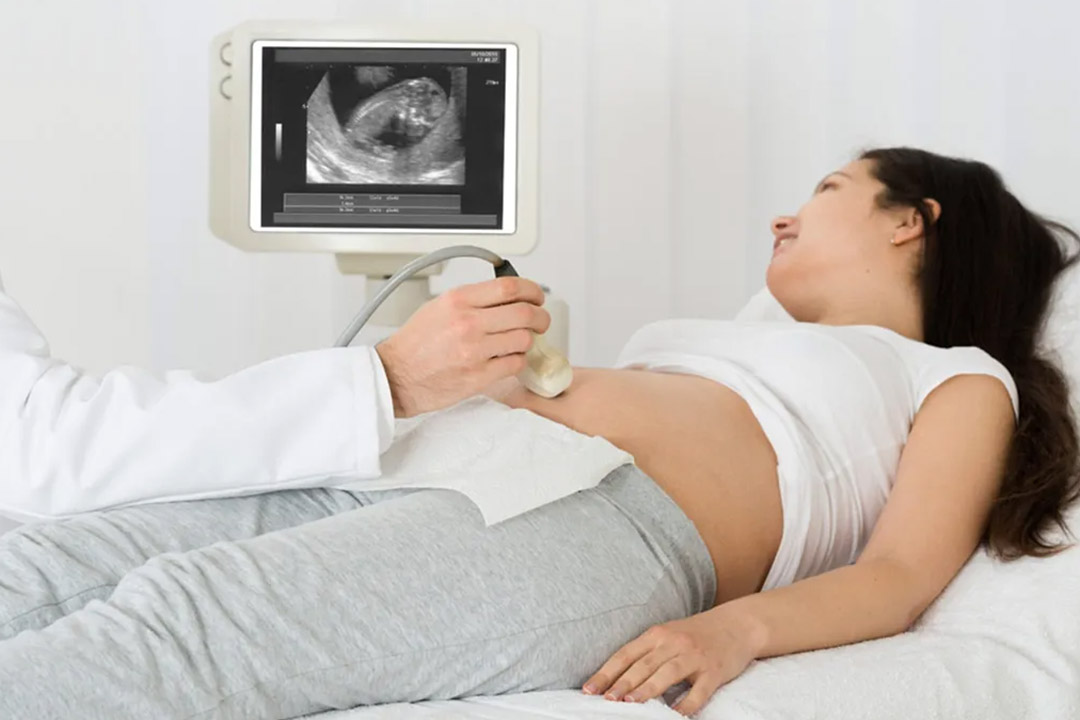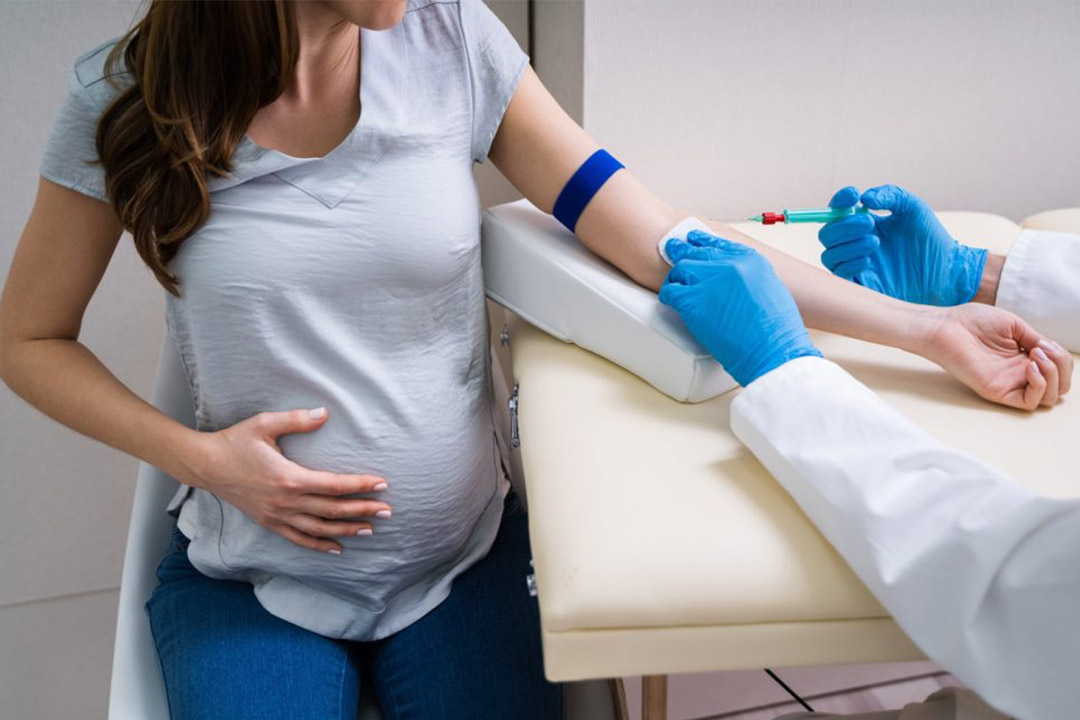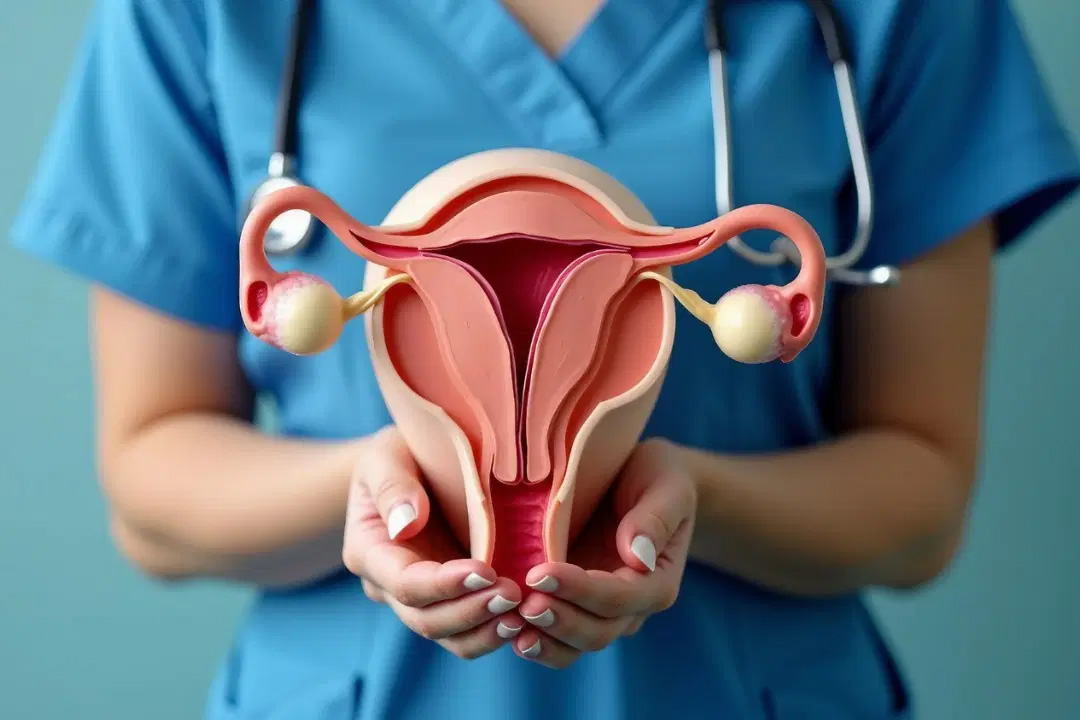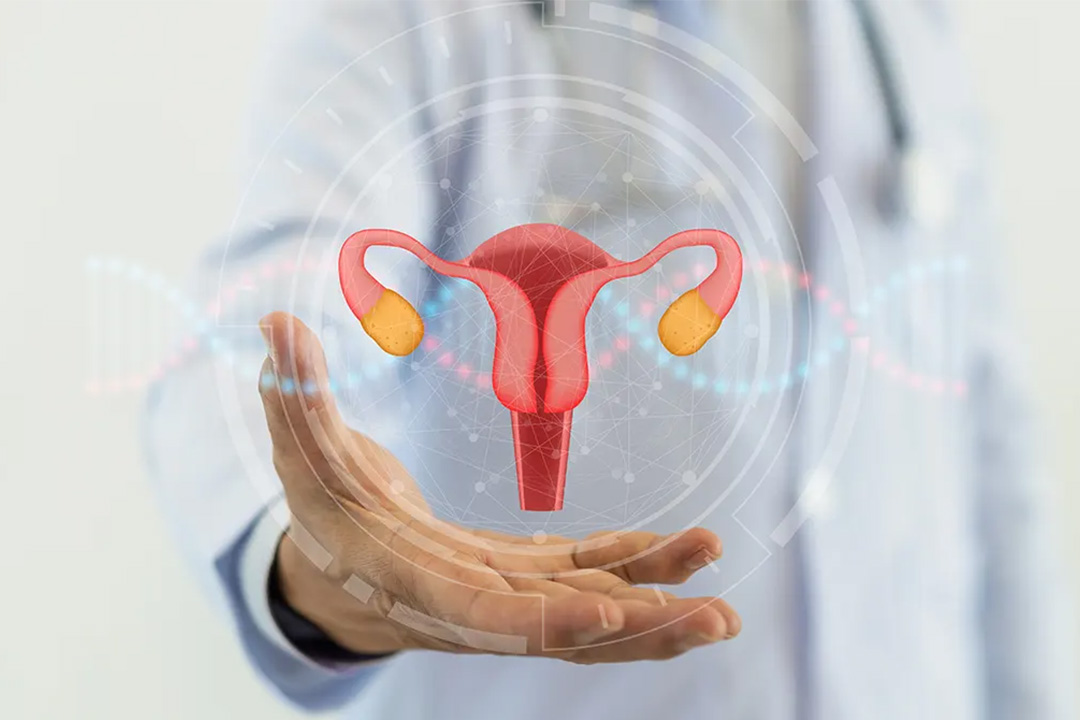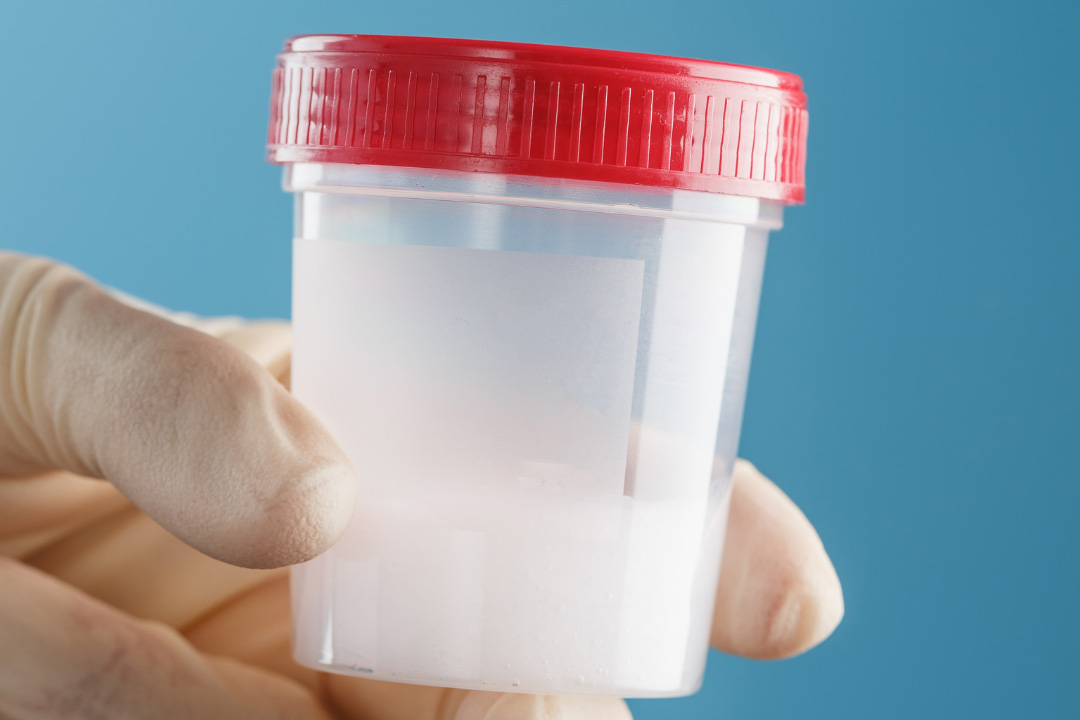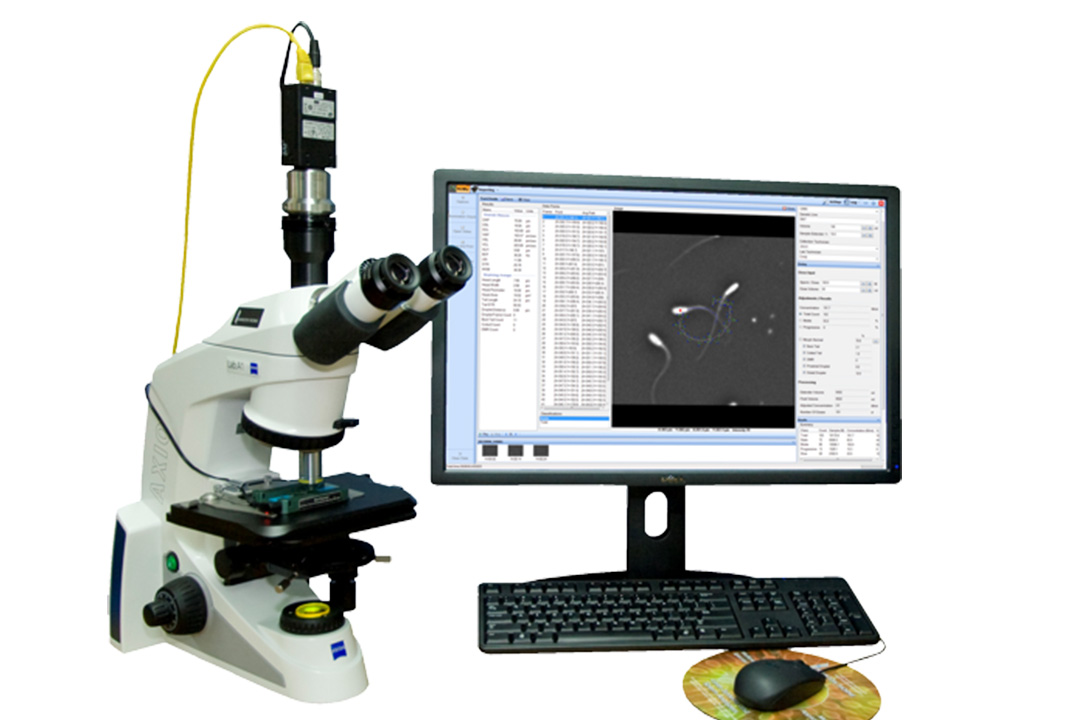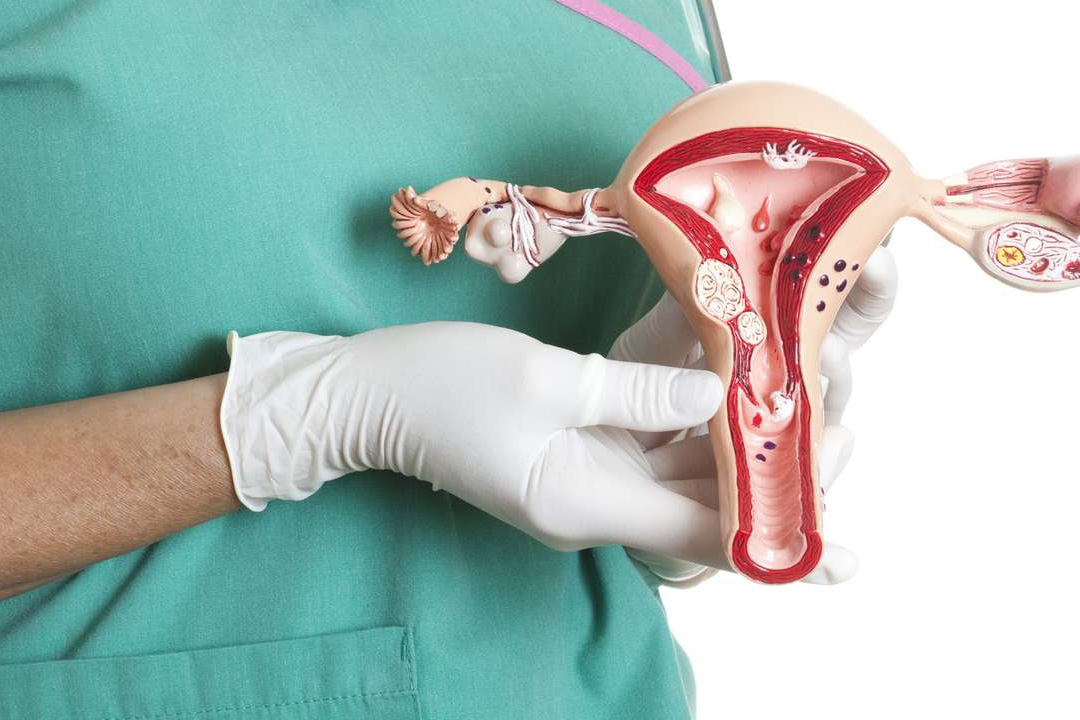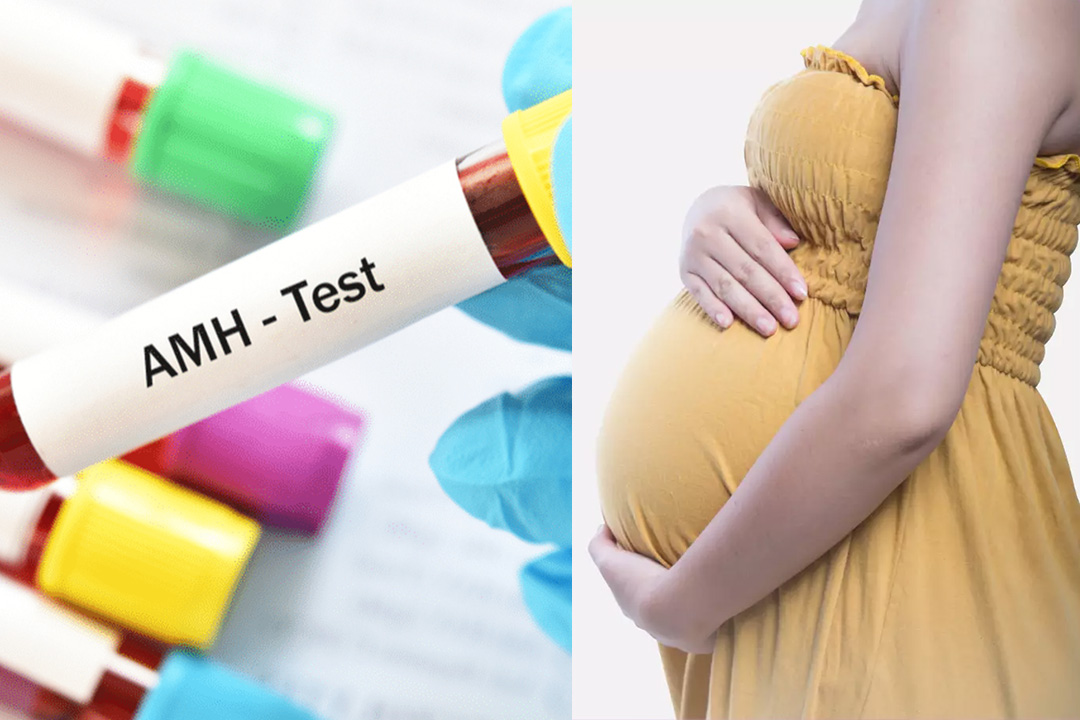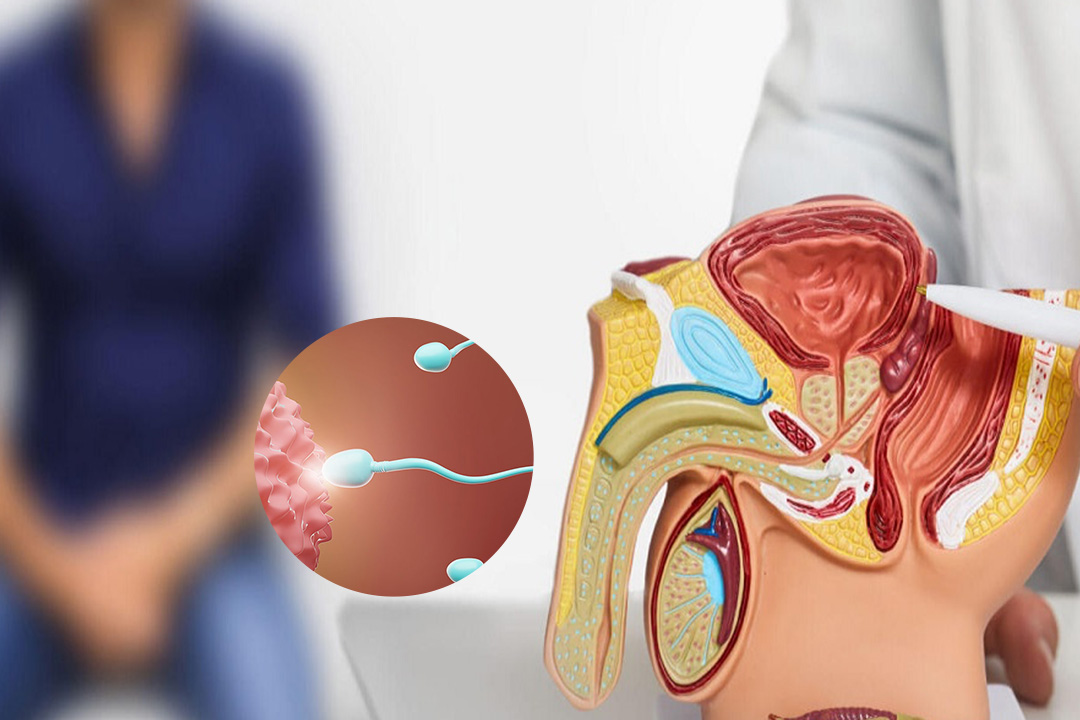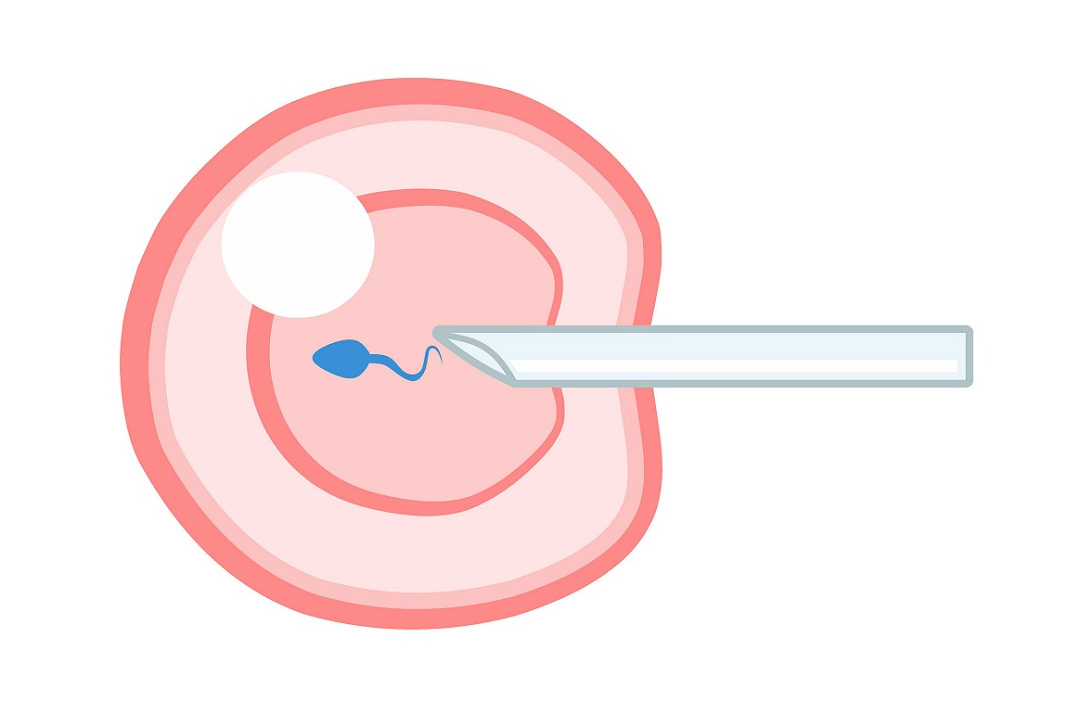Stages of IVF Procedure: Everything You Need to Know
IVF is not a single event, it is a series of tightly timed stages that move eggs and sperm from two bodies into one healthy pregnancy.
From the first injection to the moment a tiny embryo settles into the uterine lining, the process usually spans four to six weeks and involves medicine, ultrasound checks and lab work that can feel overwhelming at first glance.
This guide walks you through each stage, answers the questions people ask most often and closes with practical tips to keep you centred along the way. Think of it as a friendly roadmap you can return to whenever the journey feels complicated.

What are the Five Key Stages of an IVF Cycle?
In a typical cycle we pass through five core checkpoints: ovarian stimulation, egg retrieval, sperm collection, fertilisation with embryo development, and embryo transfer.
Each stage has its own goal and timetable, and success at one step sets up success at the next. Let’s unpack them one by one.
1. Ovarian Stimulation: Why Do We Need to Grow More than One Egg?
The first goal is simple: we want several mature eggs, not just the single egg your body naturally releases each month. Extra eggs raise the odds of creating at least one strong embryo and leave backups for future attempts if you need them.
Most people inject follicle-stimulating hormones (FSH) and luteinising-hormone-like drugs for 8 – 14 days. These signals tell a group of ovarian follicles (tiny fluid-filled sacs, each holding an immature egg) to grow together.
Every few days you’ll visit the clinic for a quick blood draw and transvaginal ultrasound. Bloodwork checks your estrogen level, ultrasound measures follicle diameter. Once several follicles reach about 18 mm and your hormone levels look right, it’s trigger-shot time.
Trigger shot: Exactly 36 hours before egg retrieval you self-inject human chorionic gonadotropin (hCG) or a similar drug. Think of it as an alarm clock nudging the eggs into their final maturation sprint.
Common feelings during this phase include mild bloating, mood swings and needle fatigue, but most of us keep working and exercising lightly.
2. Egg Retrieval: How are the Eggs Collected Safely?
Egg retrieval is a brief outpatient procedure done under light sedation, and you are back home the same day.
Guided by ultrasound, the doctor passes a thin needle through the vaginal wall into each ripe follicle. Gentle suction pulls the follicular fluid and your eggs into a sterile tube. The whole process usually lasts 15-20 minutes.
Thanks to IV sedation you will likely sleep through it. Expect light cramps or spotting afterward; over-the-counter pain relievers usually cover it.
The embryologist instantly checks the fluid under a microscope, counts the eggs and places them in a nutrient bath that mimics conditions inside the body.
Timing is critical here, retrieving too early means immature eggs and too late risks natural ovulation, and those eggs are lost.
3. Sperm Collection: What Happens on The Partner's Side?
On retrieval day we also need sperm ready for action, whether fresh, frozen or donor. Sperm collection is done in the following ways:
- Standard collection: Many partners provide a semen sample that morning in a private clinic room.
- Surgical retrieval: If ejaculation is impossible or the sperm count is extremely low, a brief procedure can collect sperm directly from the testes.
Technicians “wash” the sample to separate the strongest, fastest swimmers and concentrate them for fertilisation. If you are using donor sperm, vials are thawed and prepped the same day.
4. Fertilisation and Embryo Development: How Does Life Start in the Lab?
The embryology lab is where eggs and sperm finally meet. There are two main fertilisation methods:
- Conventional insemination: Eggs float in a dish with thousands of motile sperm and fertilisation happens unassisted.
- Intracytoplasmic sperm injection (ICSI): A single sperm is gently injected into each mature egg, a helpful option when sperm numbers or movement are limited.
Technicians check 16-20 hours later for two tiny bubbles inside the egg, proof that fertilisation occurred. How does the embryo grow day by day?
- Day 1-2: Cleavage stage. The fertilised egg divides into 2, then 4 cells.
- Day 3: Eight-cell stage. Cells keep dividing; genetic testing is not yet possible.
- Day 5-6:Blastocyst stage. A fluid cavity forms, and a compact cluster of cells (the inner cell mass) becomes the future baby. The surrounding cells become the placenta.
Blastocysts have the highest implantation potential, so many clinics freeze or transfer at this point.
Optional add-ons include assisted hatching (creating a tiny opening in the shell to aid implantation) and
pre-implantation genetic testing (PGT) for chromosome count or inherited disorders.
5. Embryo Transfer: When and How Does the Embryo Return to the Uterus?
Transfer is quick, painless and feels a lot like a Pap smear. Embryo transfer can be either fresh or frozen.
Fresh vs. frozen: A fresh transfer happens three to five days after retrieval. A
frozen transfer uses embryos that were previously cryopreserved, allowing time for genetic testing or for your hormone levels to normalise.
A soft catheter carries one carefully selected embryo through the cervix. Ultrasound helps the doctor release it into the ideal point in the uterine cavity.
You can walk out within minutes, drive yourself home and do most normal activities. Many clinics suggest skipping intercourse and very heavy lifting until your pregnancy test.
We continue estrogen and progesterone support so the uterine lining stays thick and welcoming.
What Happens After Embryo Transfers?
Your job now is mostly patience. Over the next one to two weeks the embryo must hatch from its shell, attach to the uterine wall and burrow in far enough for your body to release the pregnancy hormone hCG. This is called the implantation stage.
Possible signs:
- Light spotting
- Mild cramps
- Breast tenderness
About 10 days post-transfer, a quantitative hCG test reveals whether implantation took place via a blood test. A healthy early pregnancy shows the hCG number doubling roughly every 48 hours.
Three weeks after a positive test, a scan checks for a gestational sac, yolk sac and, soon after, a heartbeat is observed in the ultrasound scan.
Remember, a single egg retrieval can yield several embryos, so you may have extra frozen chances even if this transfer fails.
Cost Of IVF
The average IVF cost in India ranges from Rs 90,000 to Rs 1,50,000, but the actual expenses can vary based on factors such as hospital reputation, doctor's qualifications, and the severity of infertility.
Additional procedures, such as embryo transfer and donor programs, can significantly impact the overall IVF fee.
Frequently Asked Questions
Is IVF an option for me if I am 30?
If you have tried to conceive for a year (or six months if cycles are irregular) without success, an evaluation makes sense. Many 30-year-olds still conceive naturally after minor treatments, but IVF can fast-track success if tubes are blocked, sperm counts are low or genetic screening is vital. Younger eggs also boost IVF success rates, so acting sooner rather than later can pay off.
How safe is an IVF pregnancy after the first trimester?
Once an ultrasound shows a heartbeat at around seven weeks, the miscarriage risk resembles that of a natural pregnancy of the same maternal age. Regular obstetric care rather than specialised high-risk care is often sufficient unless another medical issue exists.
Can we choose to transfer more than one embryo to improve our odds?
Placing two embryos may raise the chance of pregnancy slightly but also raises the chance of twins, which brings its own risks. Many clinics now recommend single-embryo transfer, especially when using genetically tested blastocysts.
Do the hormone injections hurt?
Most injections use a fine sub-cutaneous needle and feel similar to a standard vaccine. Rotating sites on the abdomen or thigh reduces soreness. Ice packs before and heat packs after can add comfort.
What is assisted hatching and do I need it?
Assisted hatching is a microscopic laser or chemical nick in the embryo’s outer shell. It may improve implantation for people over 38, those with thick zonae or anyone with multiple failed transfers. Your doctor will assess whether evidence supports its use in your case.
How many embryos usually reach the blastocyst stage?
Roughly half of fertilised eggs become blastocysts, though the ratio varies with age and sperm quality. For example, seven fertilised eggs typically yield three or four blastocysts.
Is the two-week wait really two weeks?
Blood testing often occurs 9-12 days after a day-5 transfer, so you may learn results sooner than 14 days. Still, it feels like forever; lining up distractions such as work projects, gentle exercise or short trips can help the days pass.
What if the first cycle fails?
Failure is common and does not doom the journey. Many couples conceive on the second or third transfer, often using embryos frozen from the first retrieval. Your team will review lab notes and tweak medication or timing before trying again.
How much downtime should I schedule after retrieval?
Plan a light day of rest and avoid heavy lifting for 24 hours. Most people return to desk work the next morning.
Do supplements or lifestyle changes improve embryo quality?
Balanced eating, moderate exercise, folic-acid supplementation and quitting smoking all support egg and sperm health. Supplements such as CoQ10 or vitamin D have mixed evidence but little downside when used responsibly.
Conclusion
The IVF pathway can look like a maze of injections, scans and lab reports, yet at its heart it follows a logical sequence: stimulate, retrieve, fertilise, transfer and implant. Understanding each stage and the smaller milestones within them turns a massive medical undertaking into a checklist you and your care team can tackle step by step.
Armed with realistic timelines, personal coping strategies and clear answers to common questions, you can approach IVF not as a last resort but as a well-mapped route toward the family you want.
About Us
AKsigen IVF is a premier center for advanced fertility treatments, with renowned fertility experts on our team. Specializing in IVF, ICSI, egg freezing, and other cutting-edge reproductive technologies, AKsigen IVF is committed to helping couples achieve their dream of parenthood. With personalized care and a patient-first approach, AKsigen IVF provides comprehensive fertility solutions under one roof.








